The Nissan Micra started life in the Japanese market in October of 1982 with the purpose of Competing against the Honda City and the Toyota Starlet. It was also a replacement for the ever-growing Nissan Cherry which has officially outgrown the supermini segment at the time. Over four generations, the Micra hadn’t changed much – it maintained a bubbly-like, somewhat boring appearance. But, for the 2016 Model year, Nissan ushered in a new generation. Debuting at the Paris Auto Show, the new Micra shared absolutely nothing with the previous models, except for its name. It comes complete with a new, modernized exterior and interior design, a handful of advanced safety technologies, and the option of two, 90-horsepower engines with a 73-horsepower gasoline engine available shortly after launch.
When Nissan pulled the covers off of the Micra in Paris, we here at TopSpeed were quite shocked at what Nissan had done to this bubbly little car. The days of round headlights and boring, lackluster design are long gone. Originally unable to compete with a lot of other vehicles in its segment, the Micra is now able to take on the likes of the Ford Fiesta and the Honda Jazz with pride, and it looks damn good doing it too. So, with that said, let’s take a look at Nissan’s revamped Micra and the newest threat to the supermini segment.
Updated 10/04/2016: We added all the official details and specs on the new generation Nissan Micra.
Continue reading to learn more about the 2017 Nissan Micra.
2017 Nissan Micra
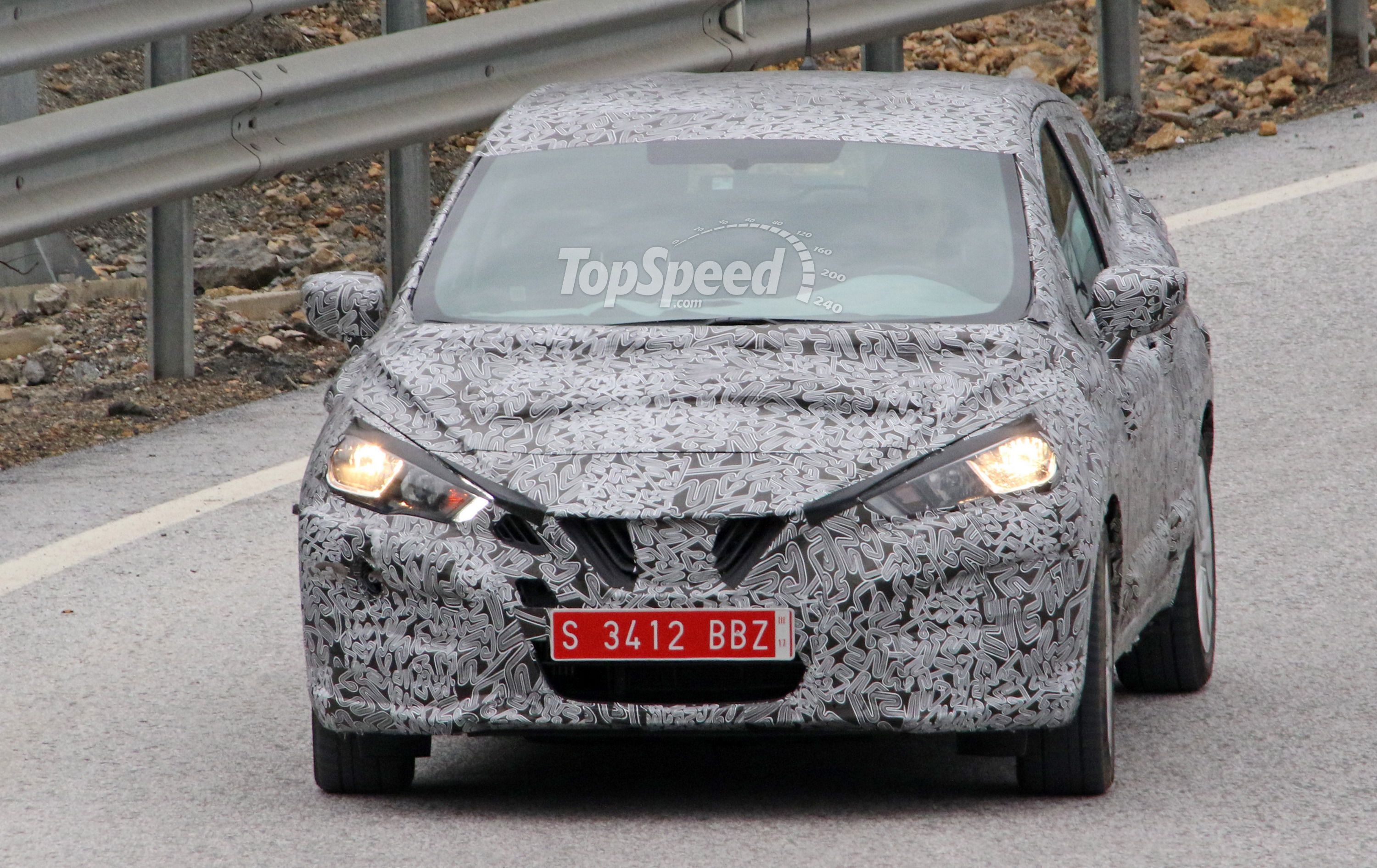

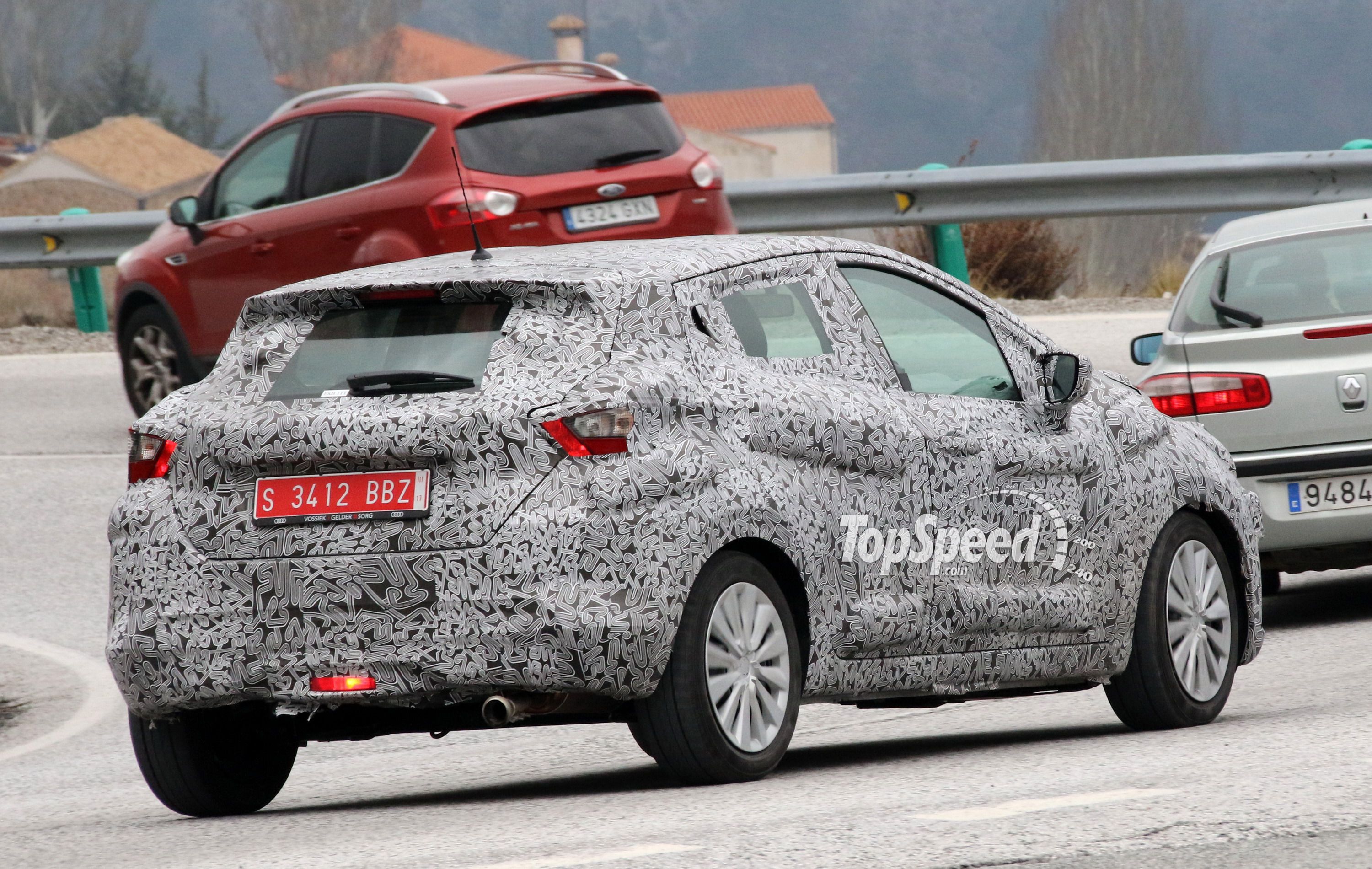
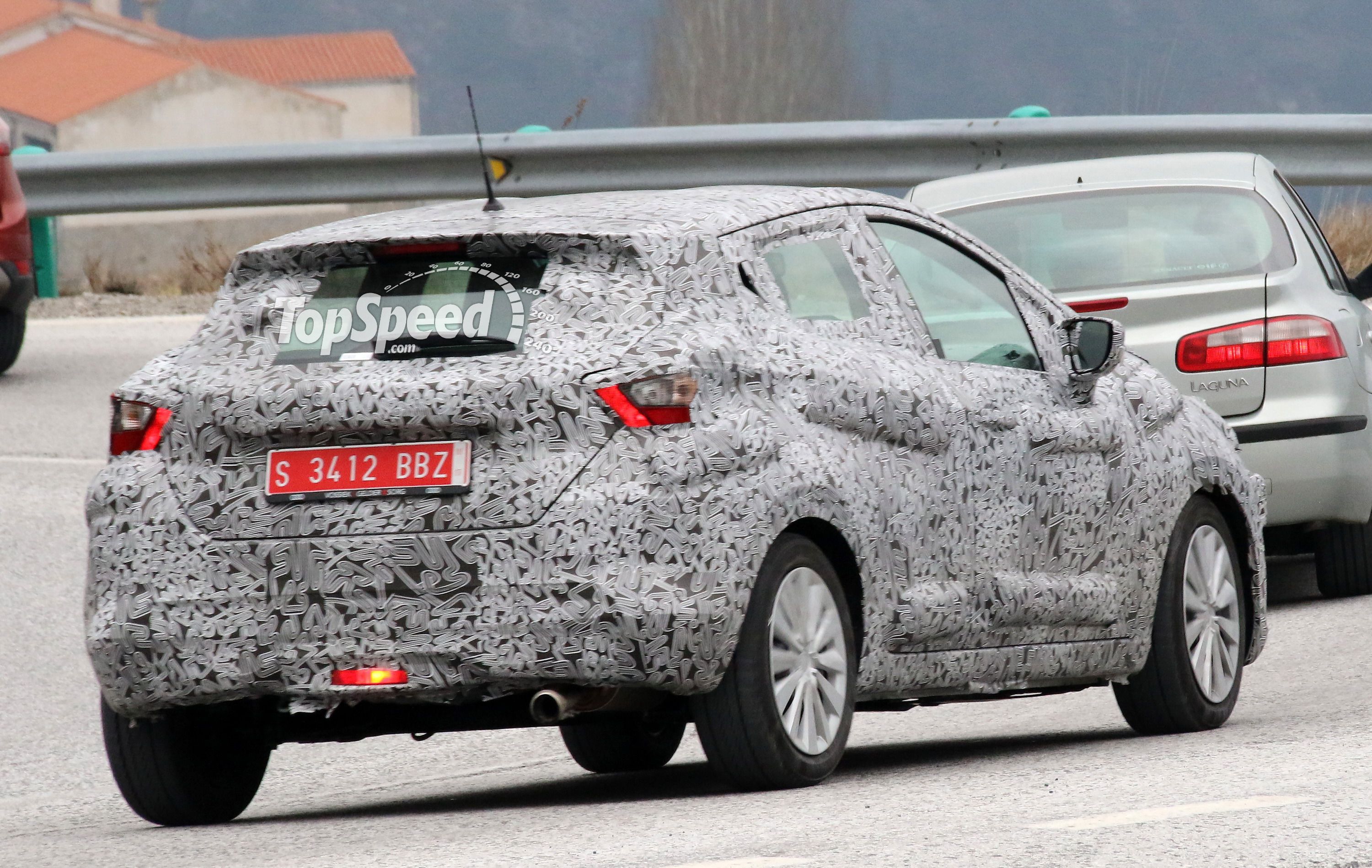
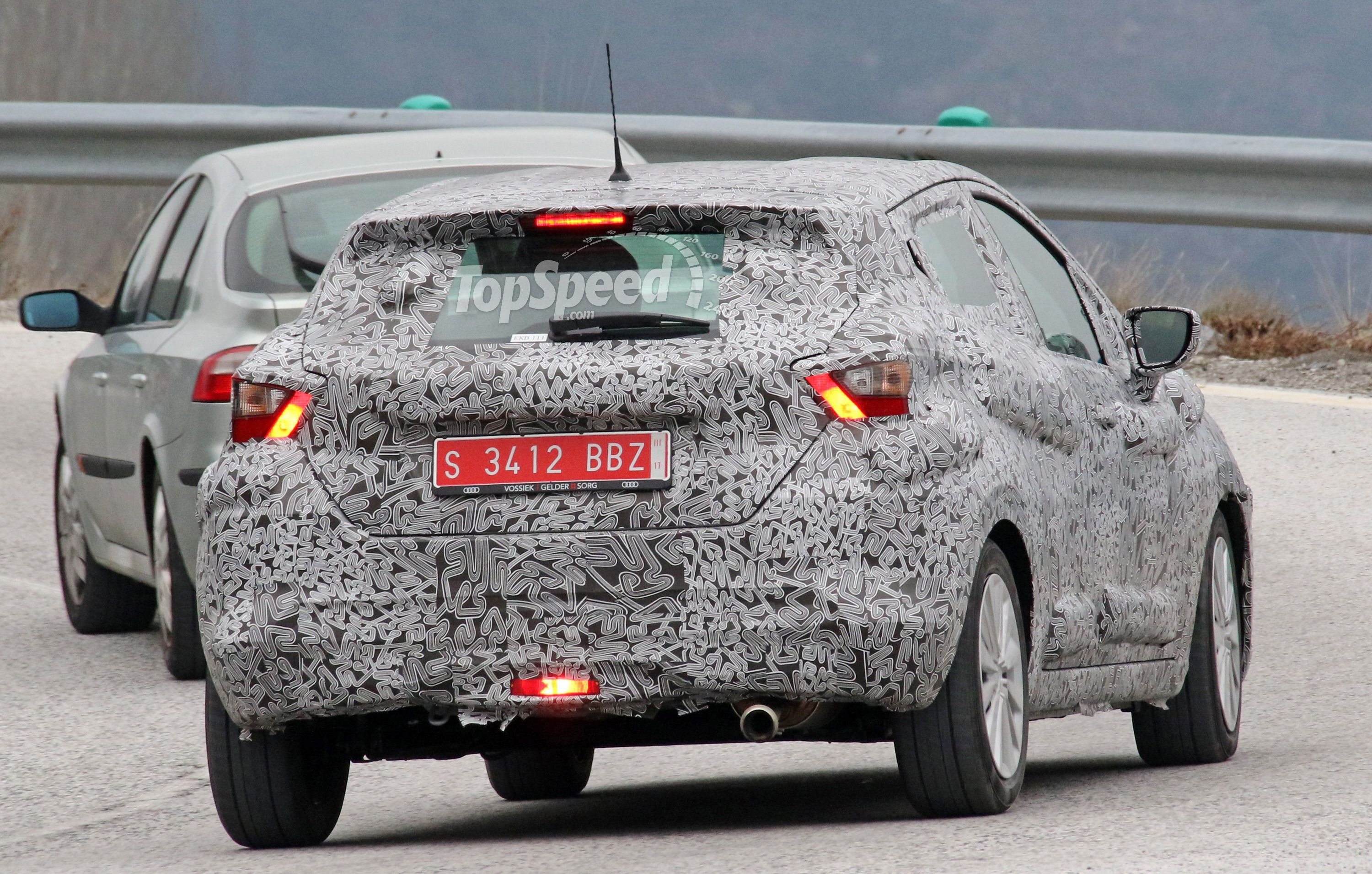
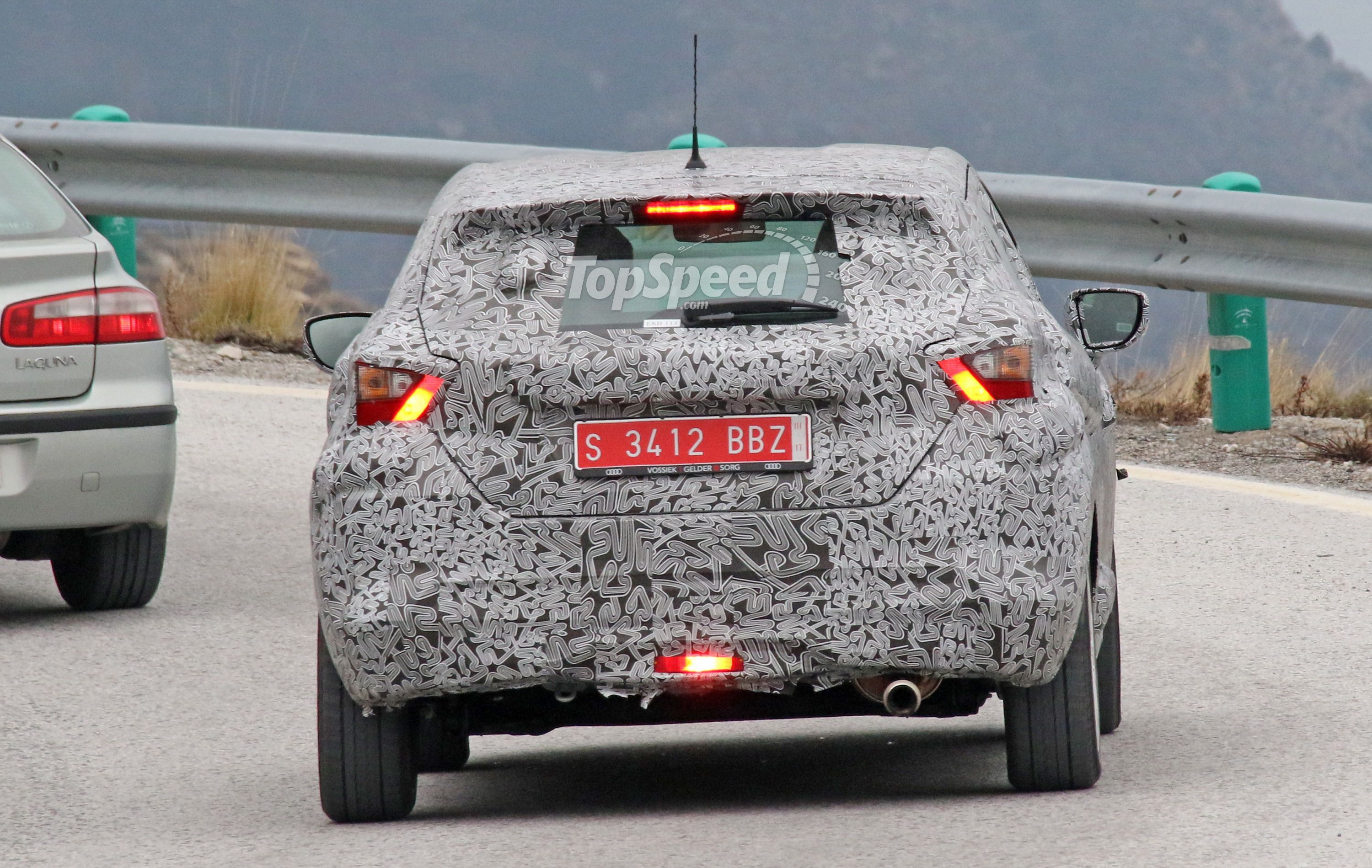
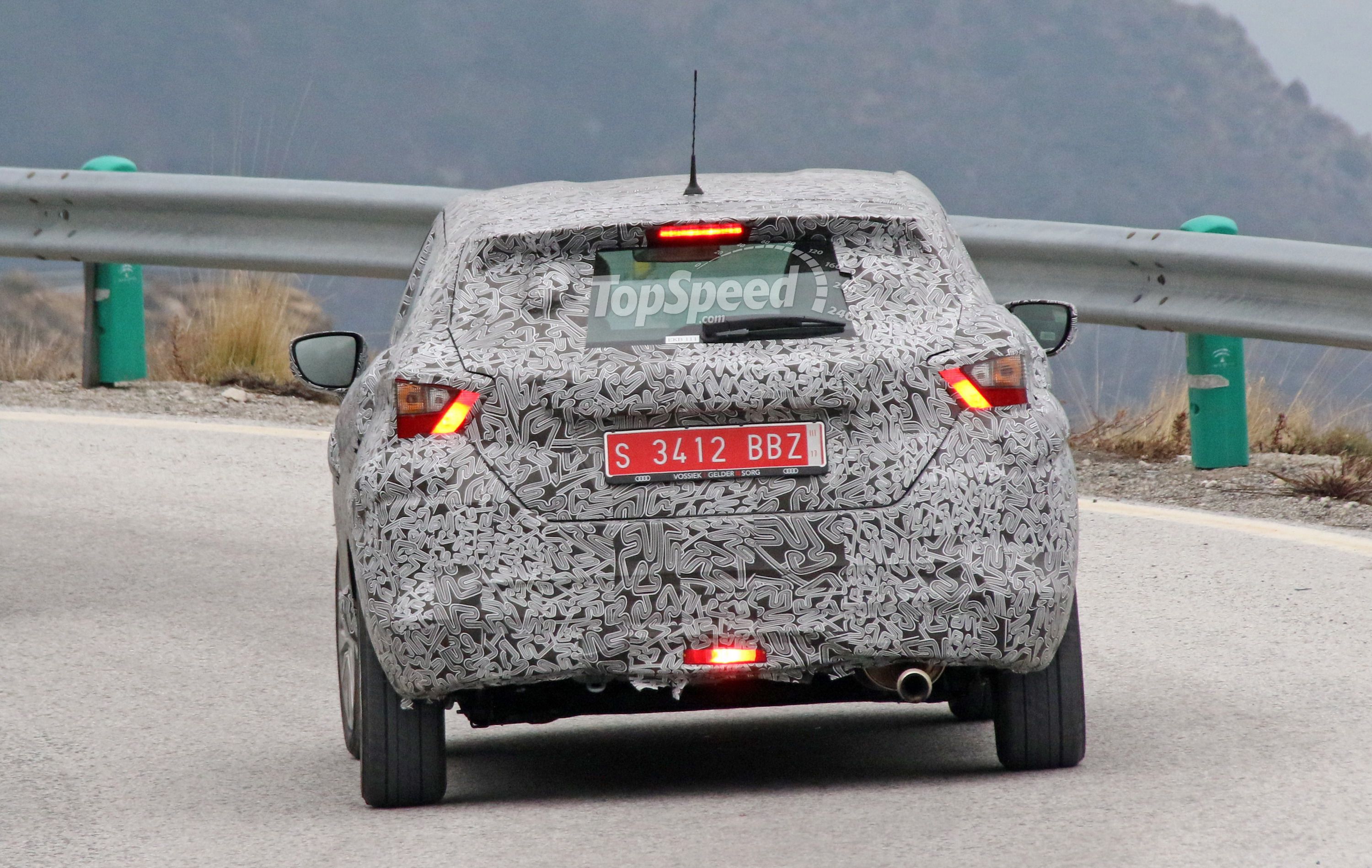
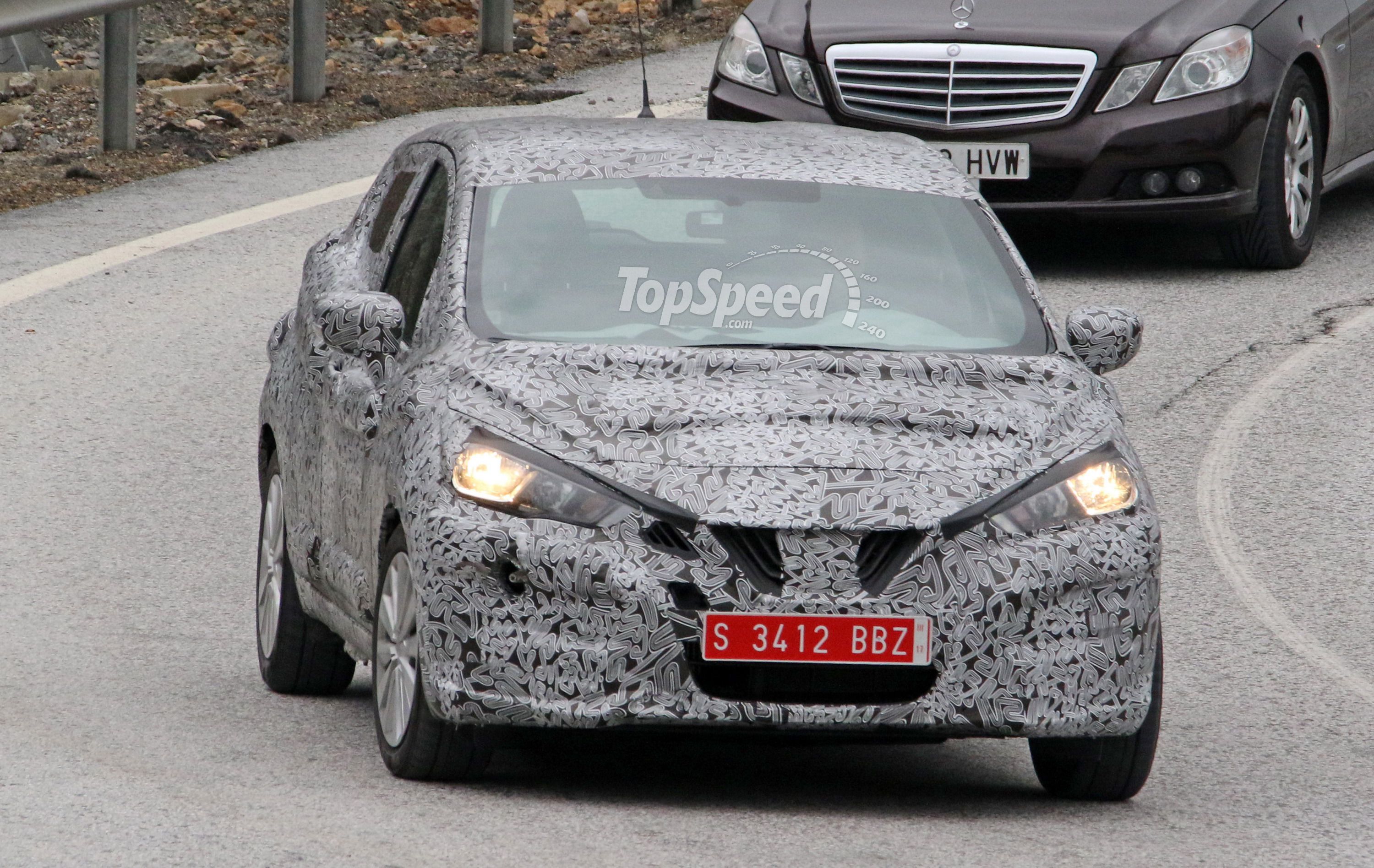
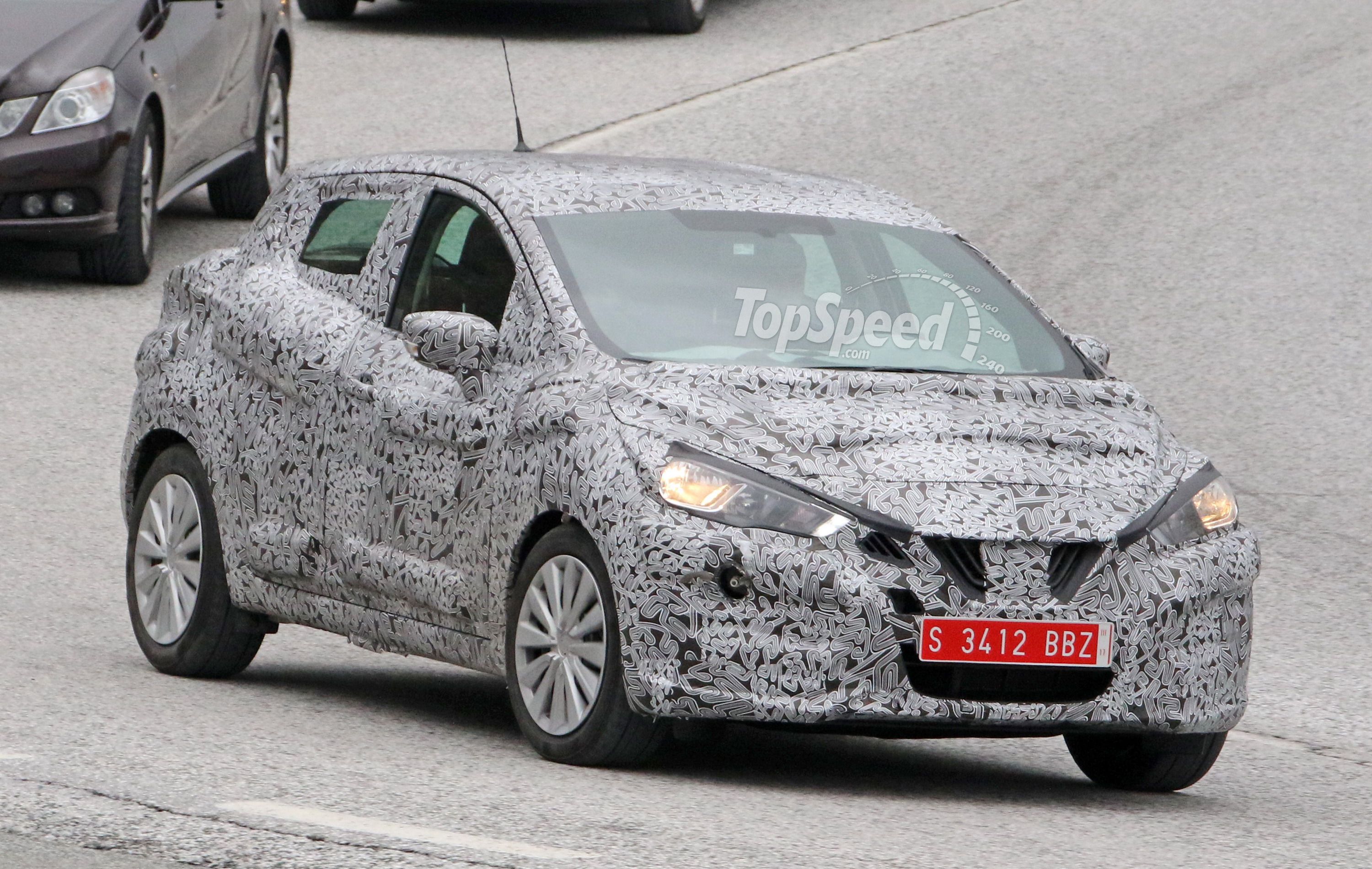
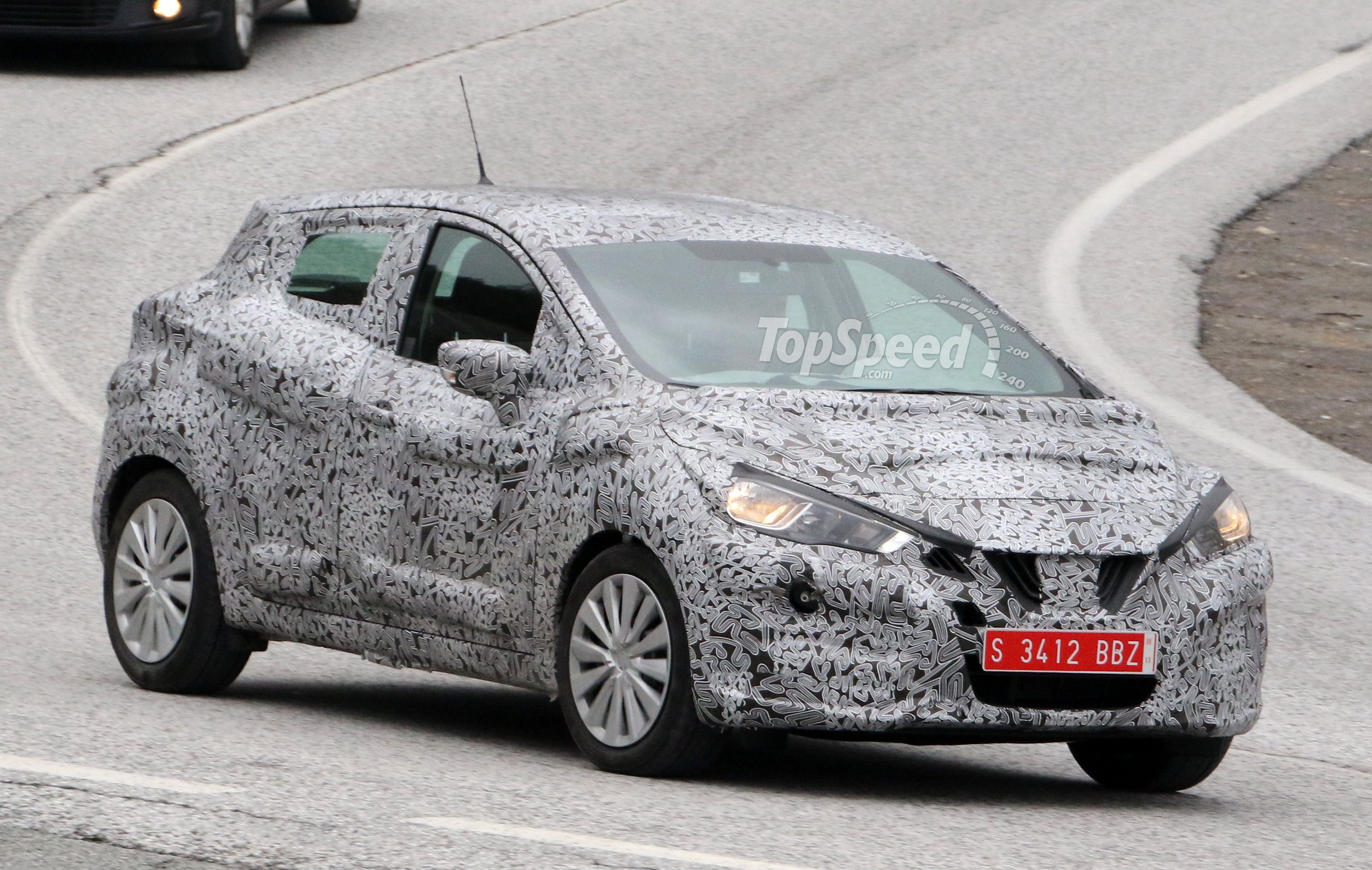
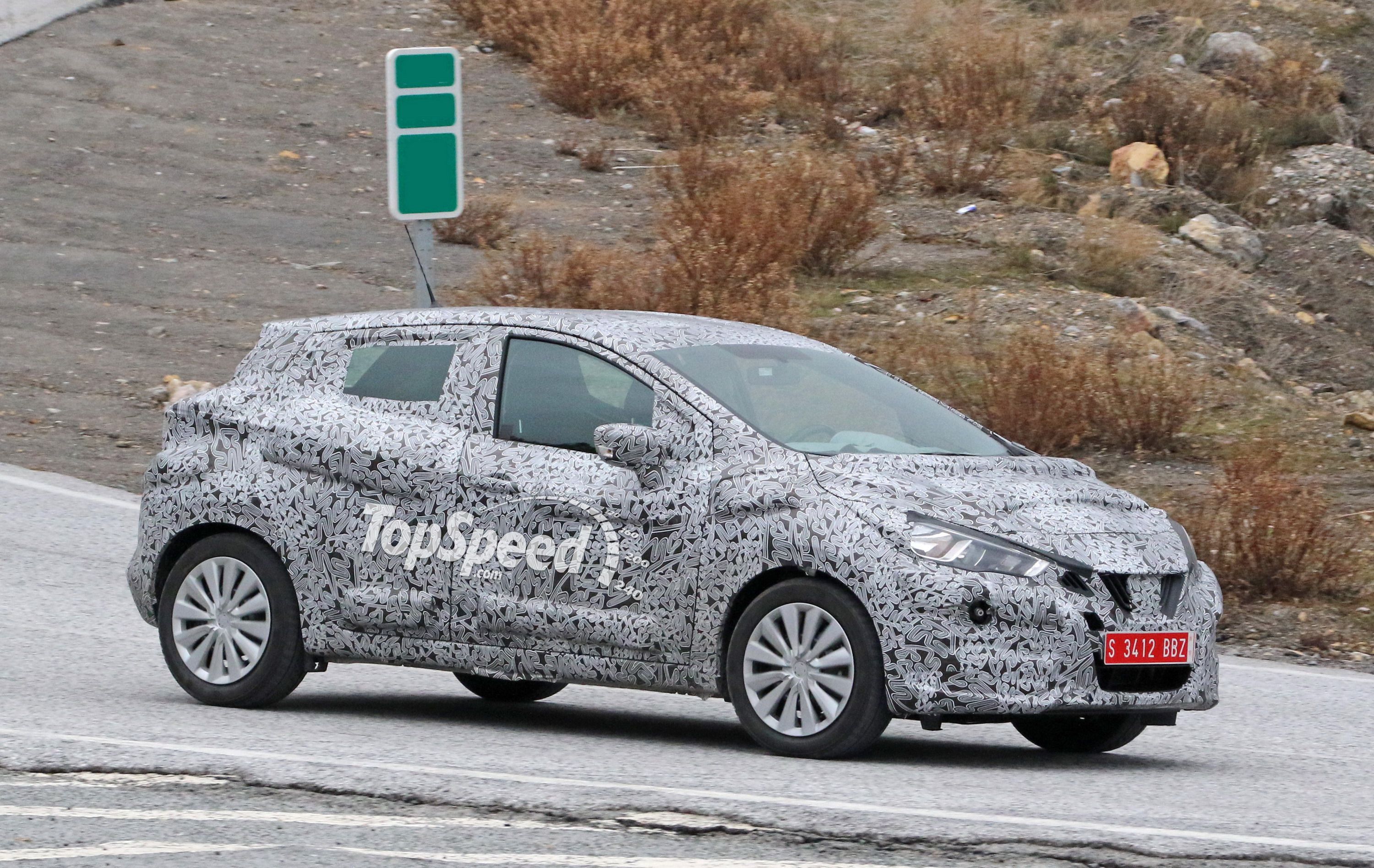
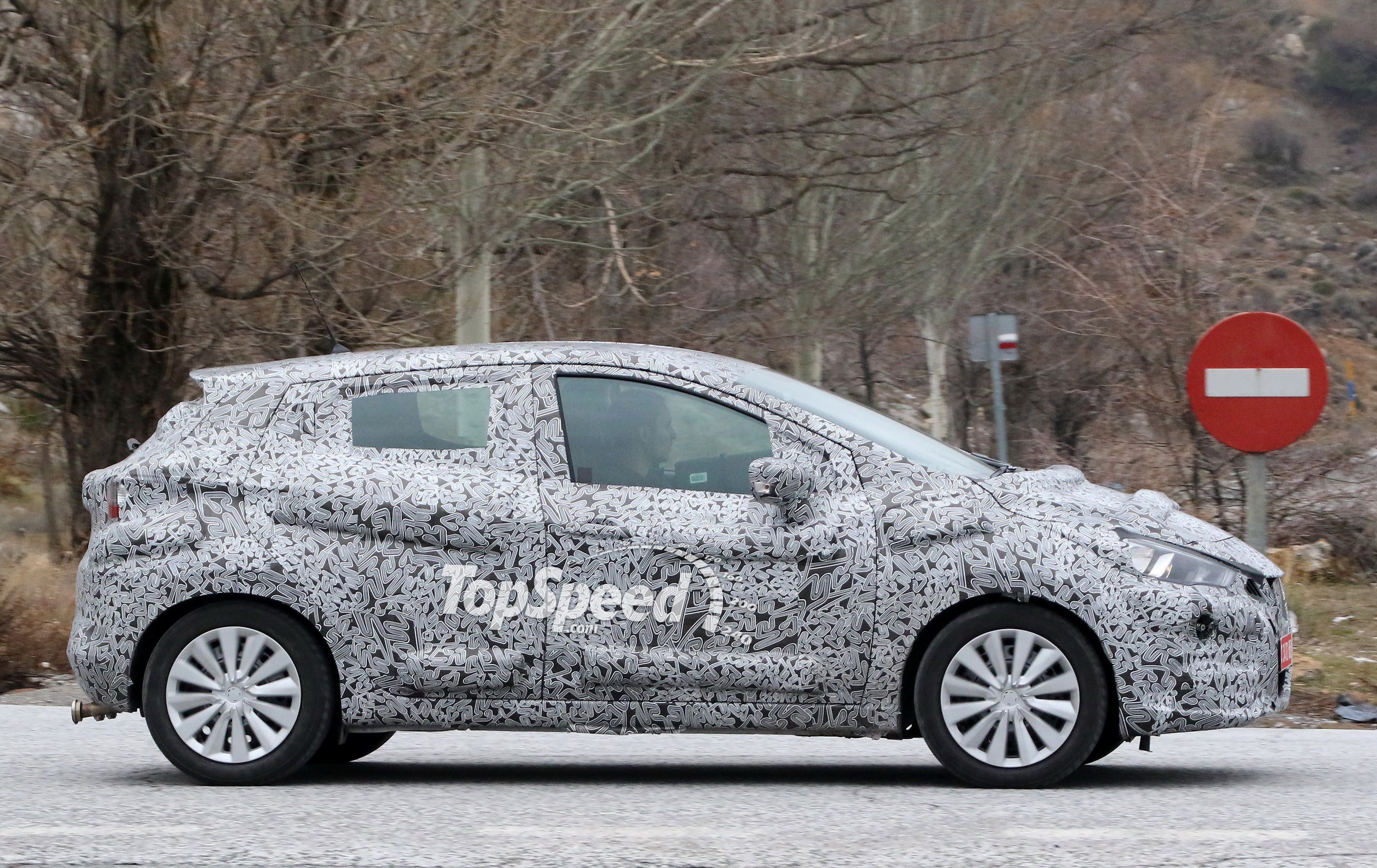
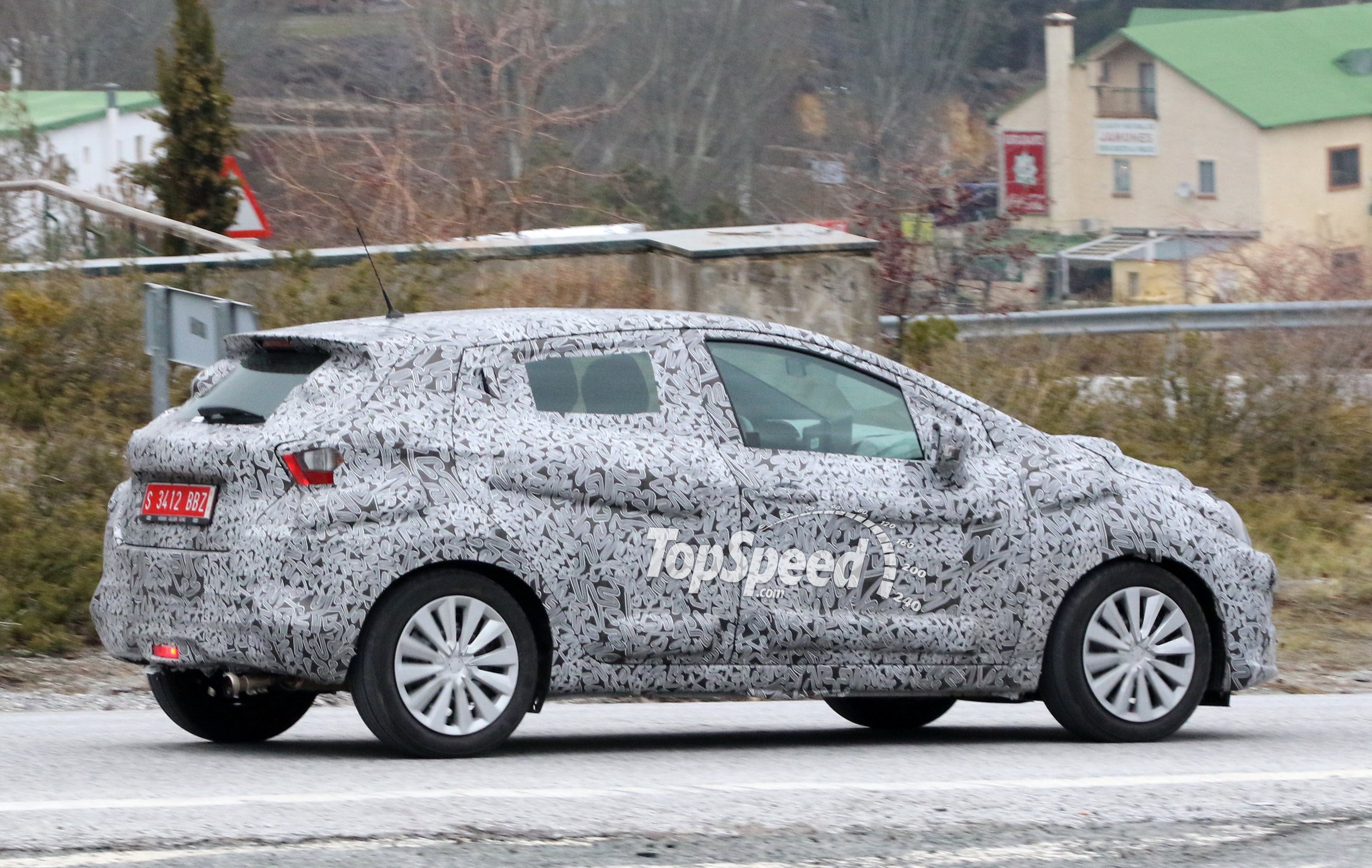
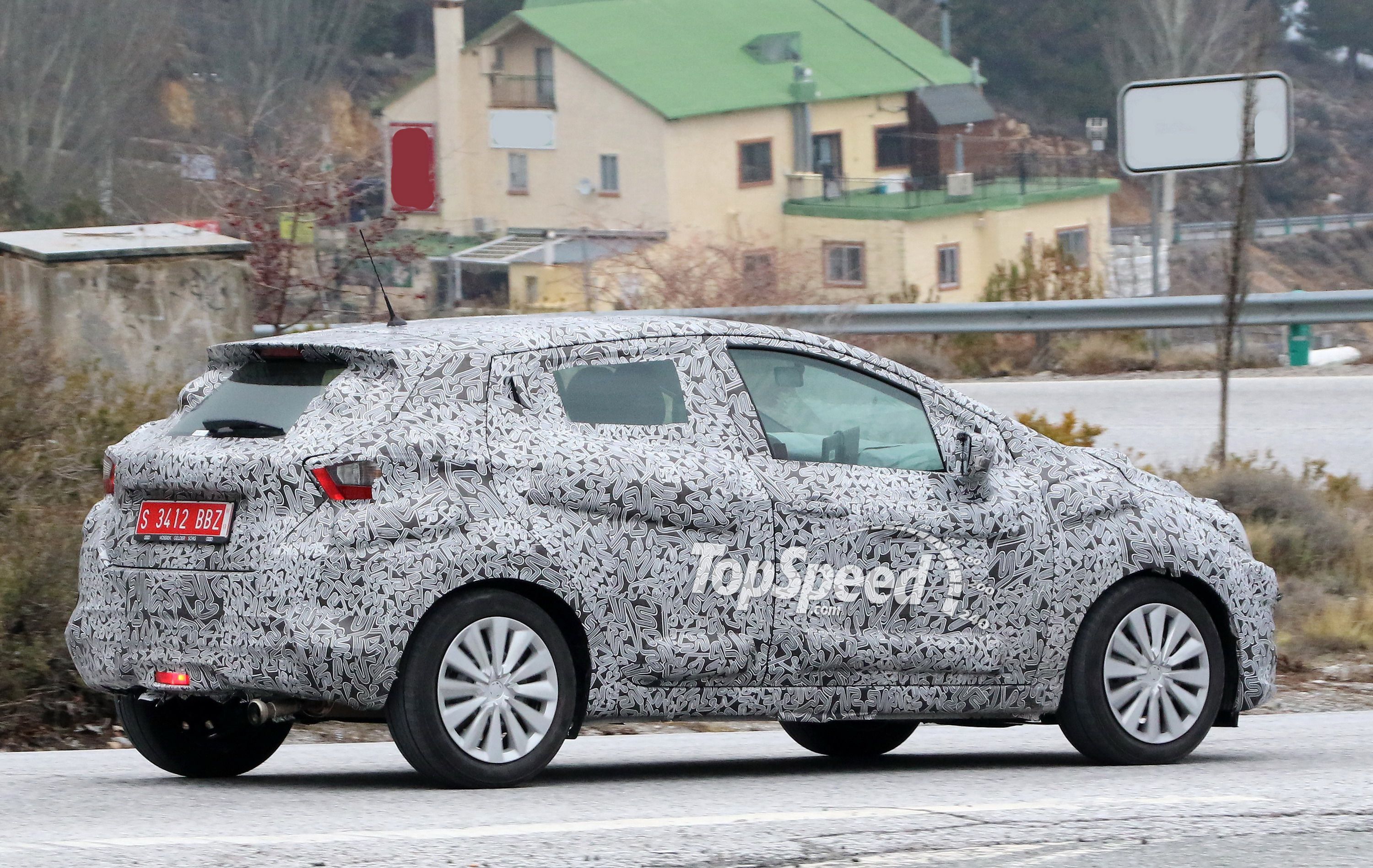
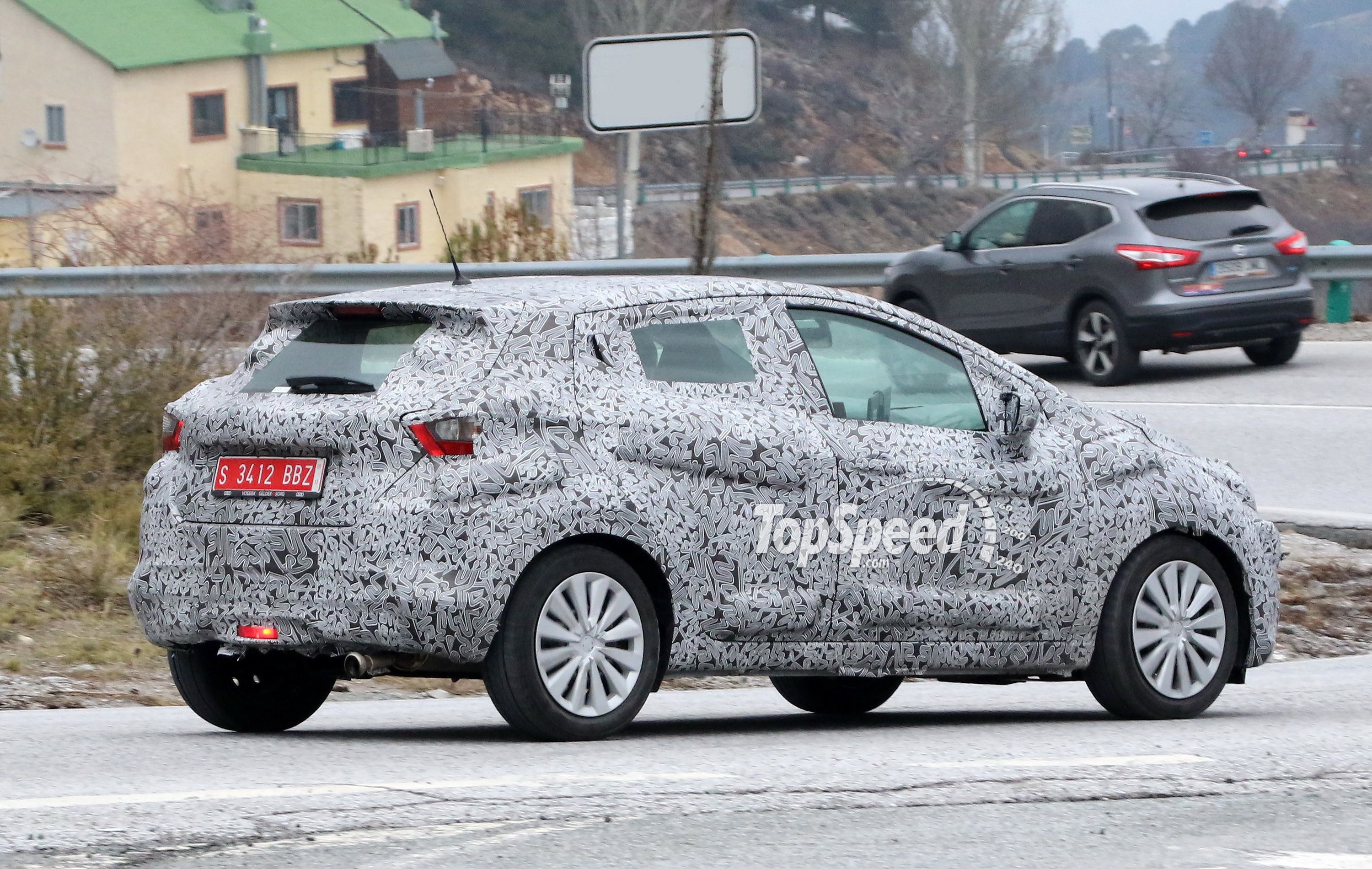
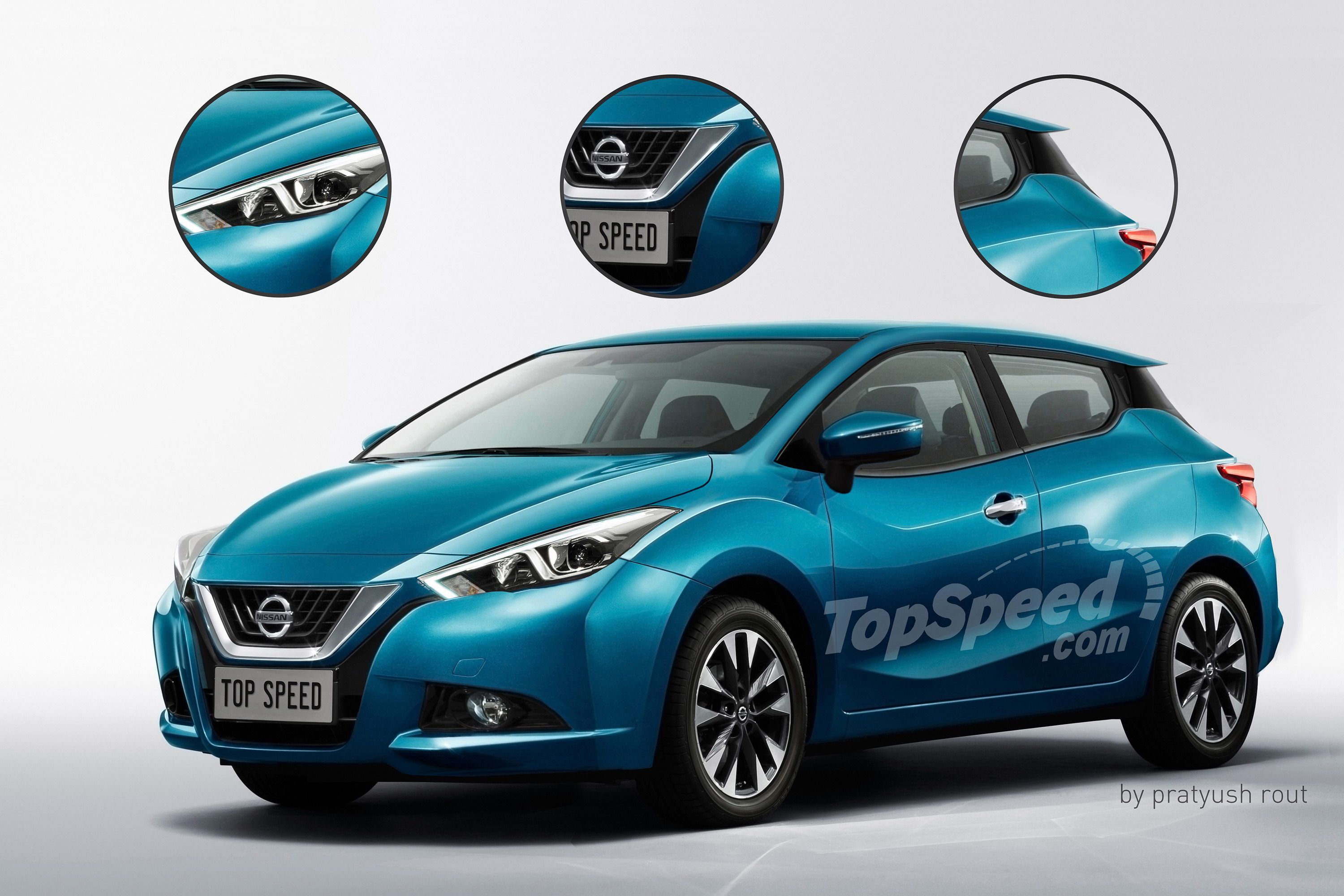
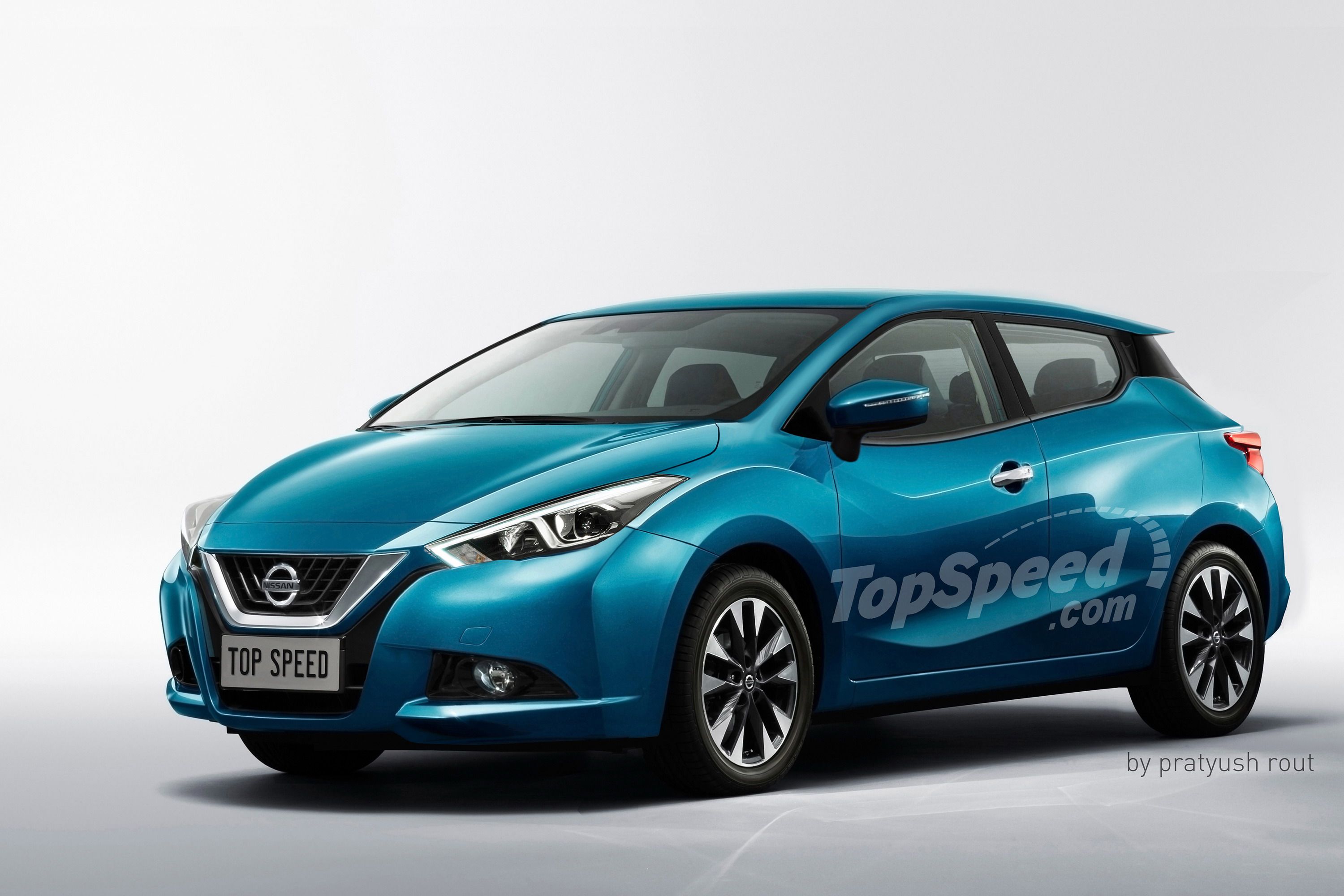
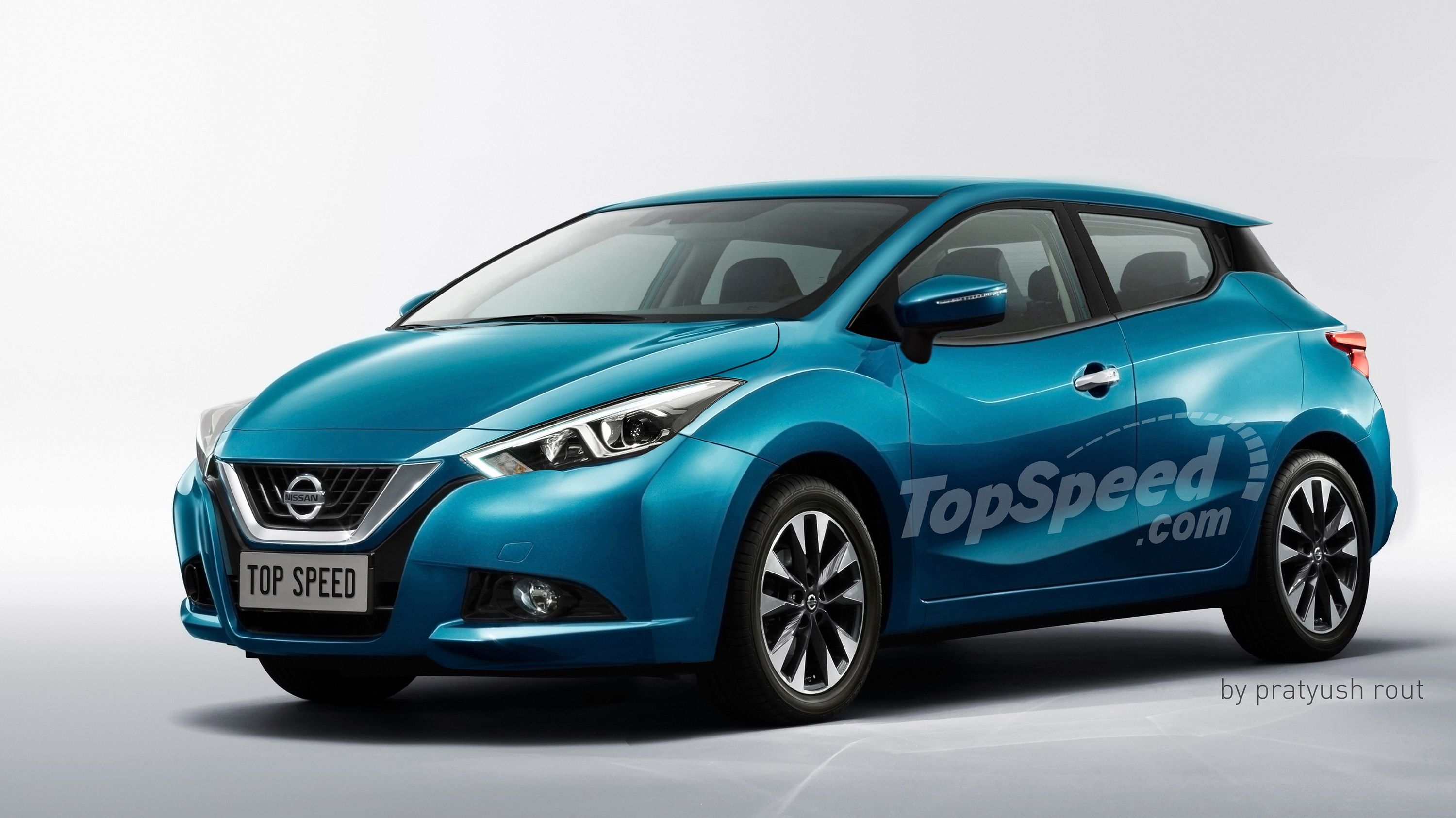



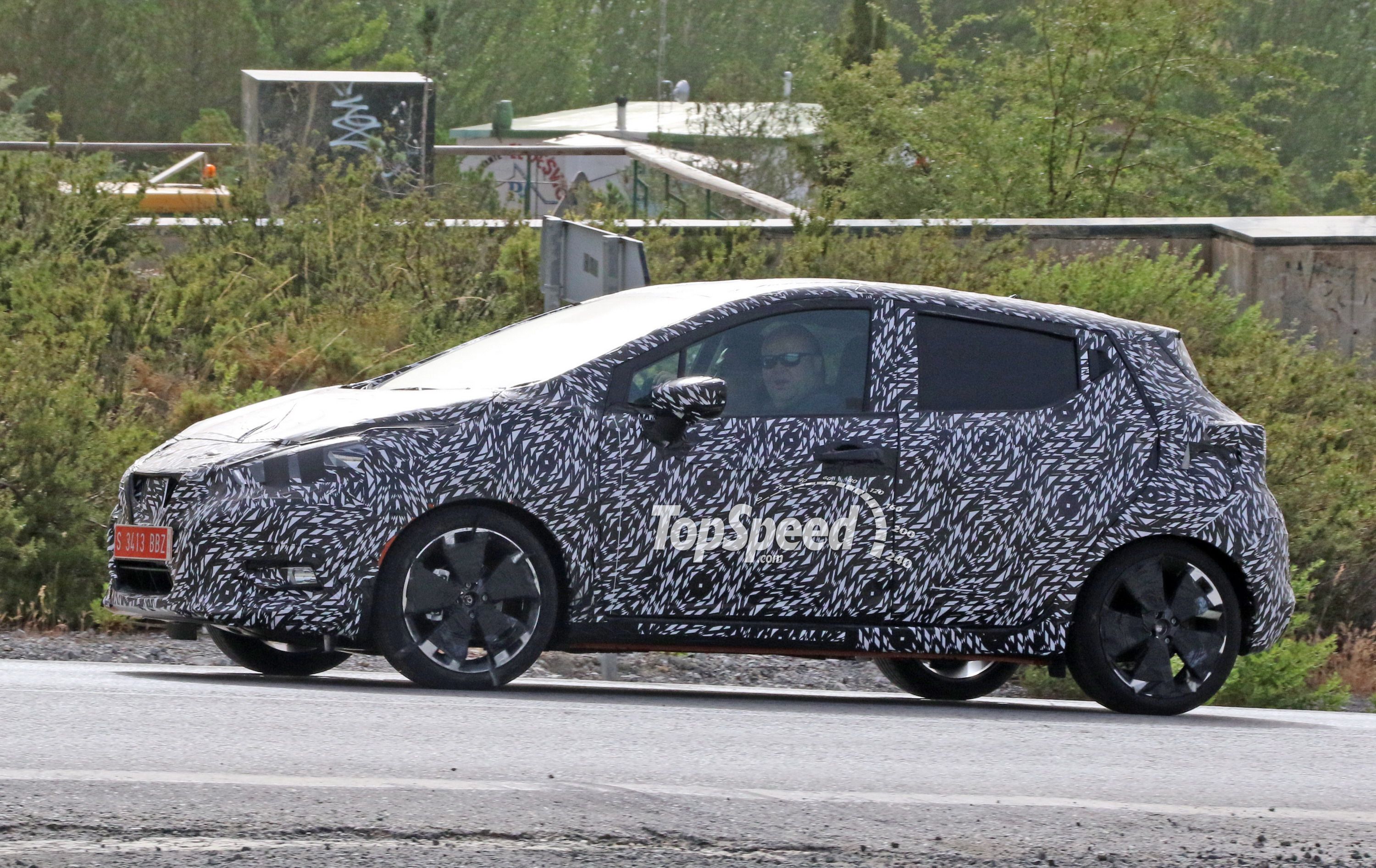
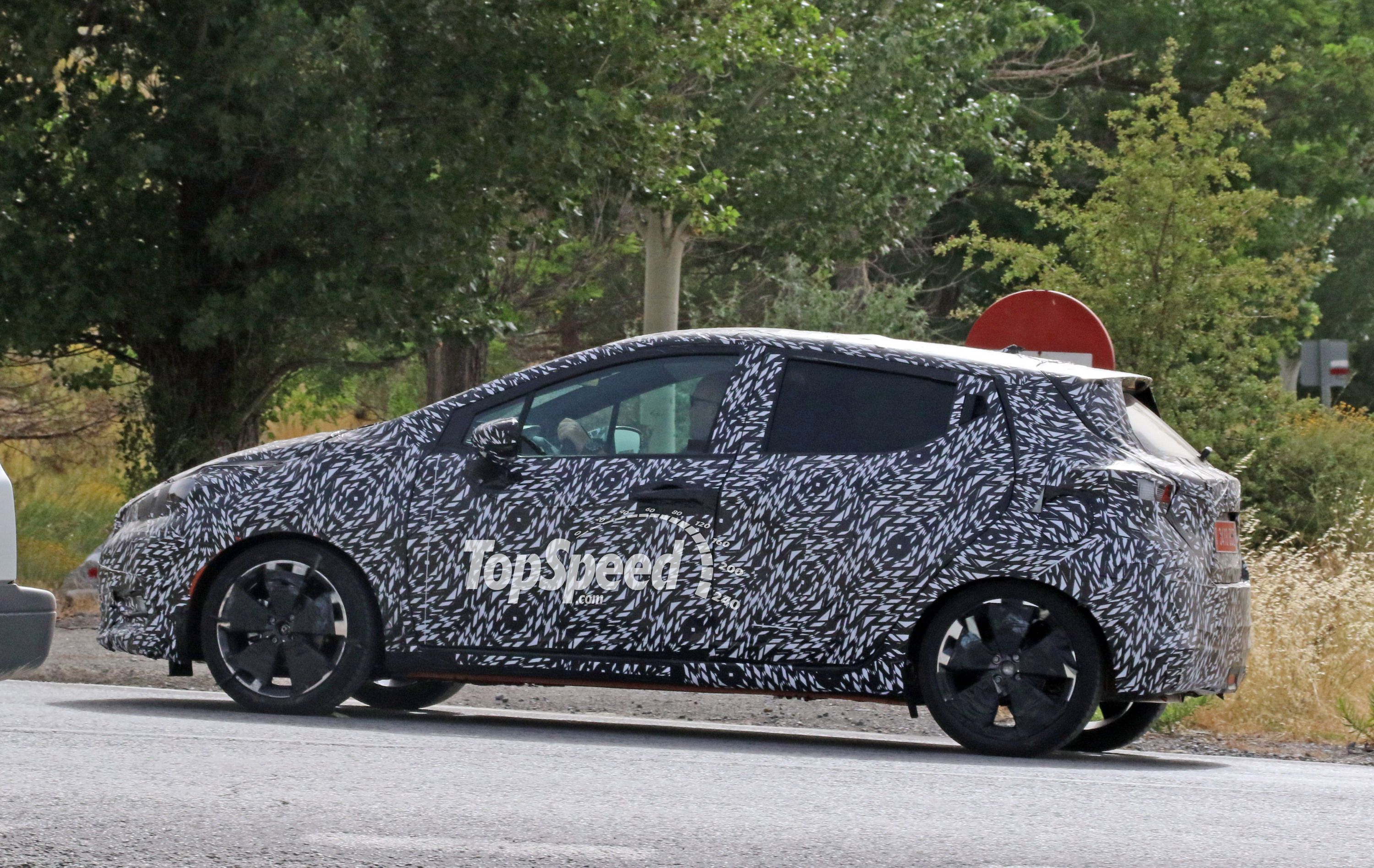
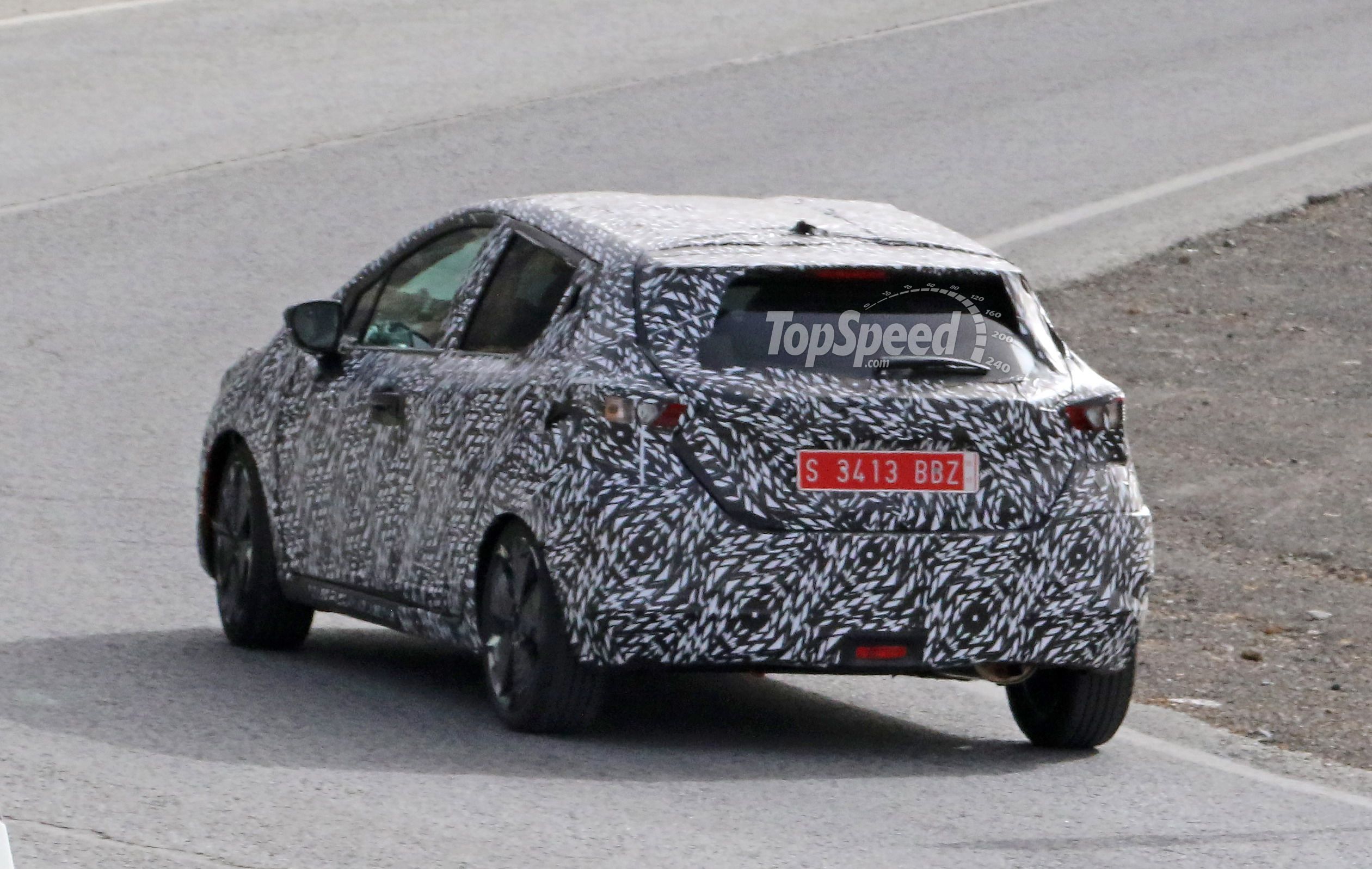
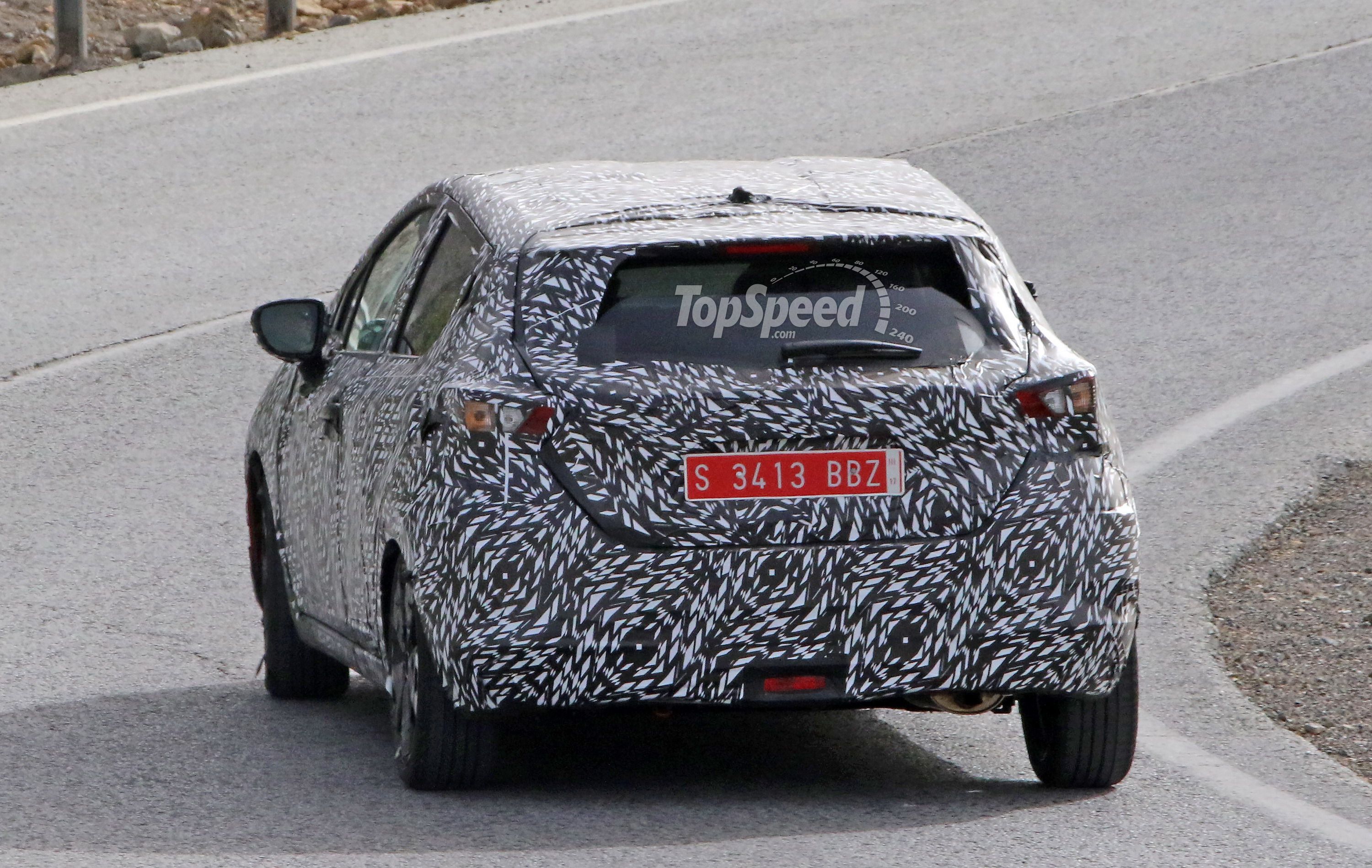
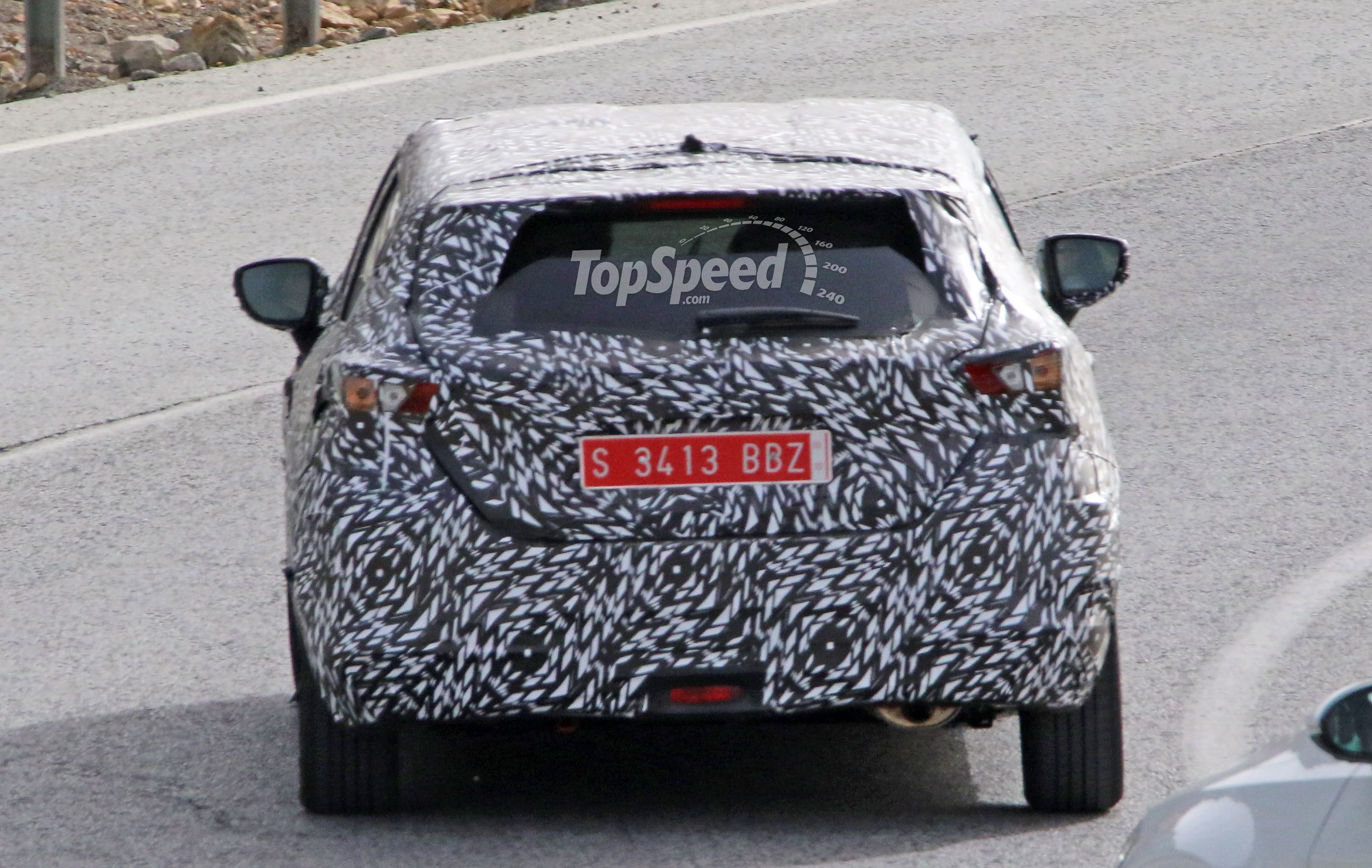


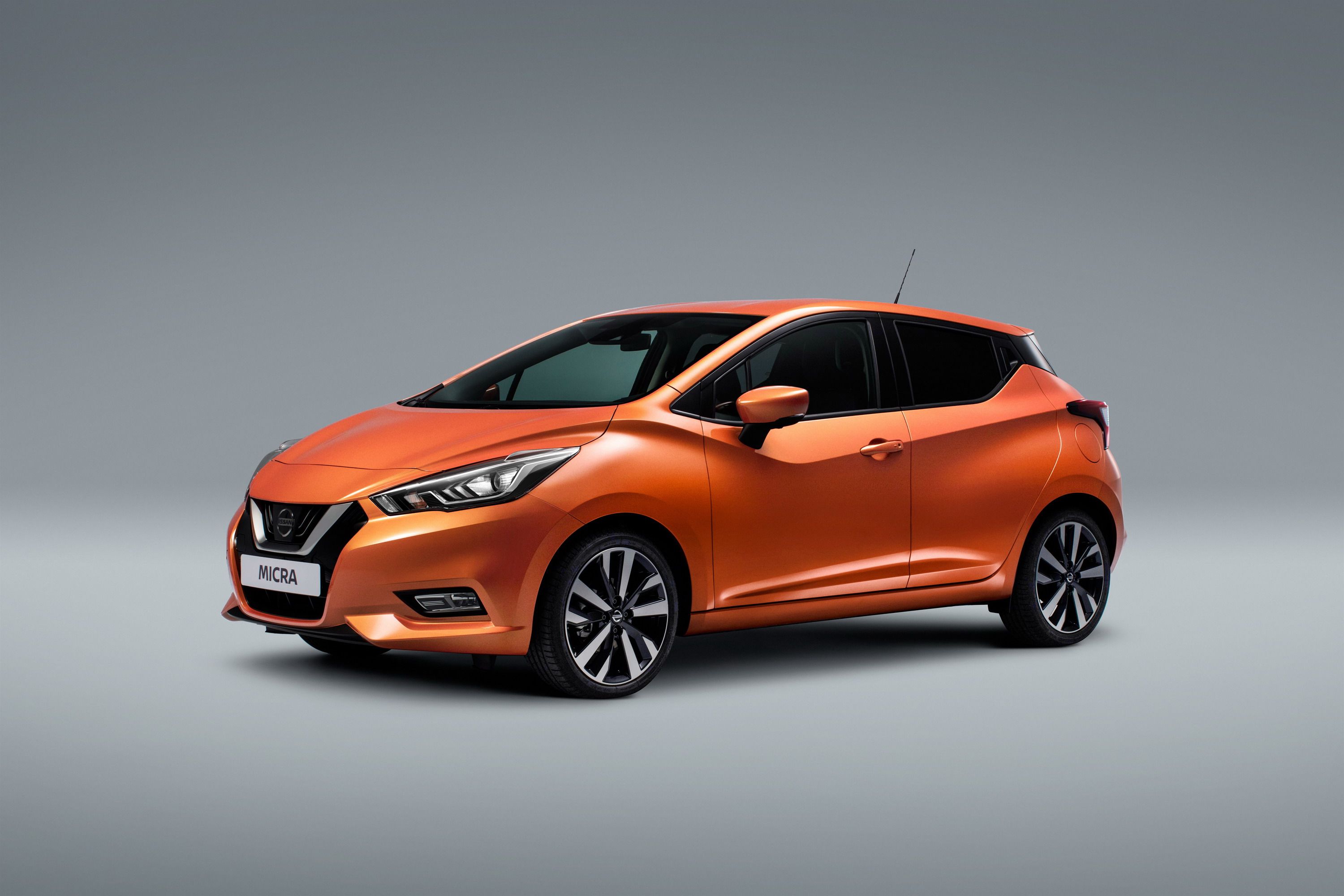
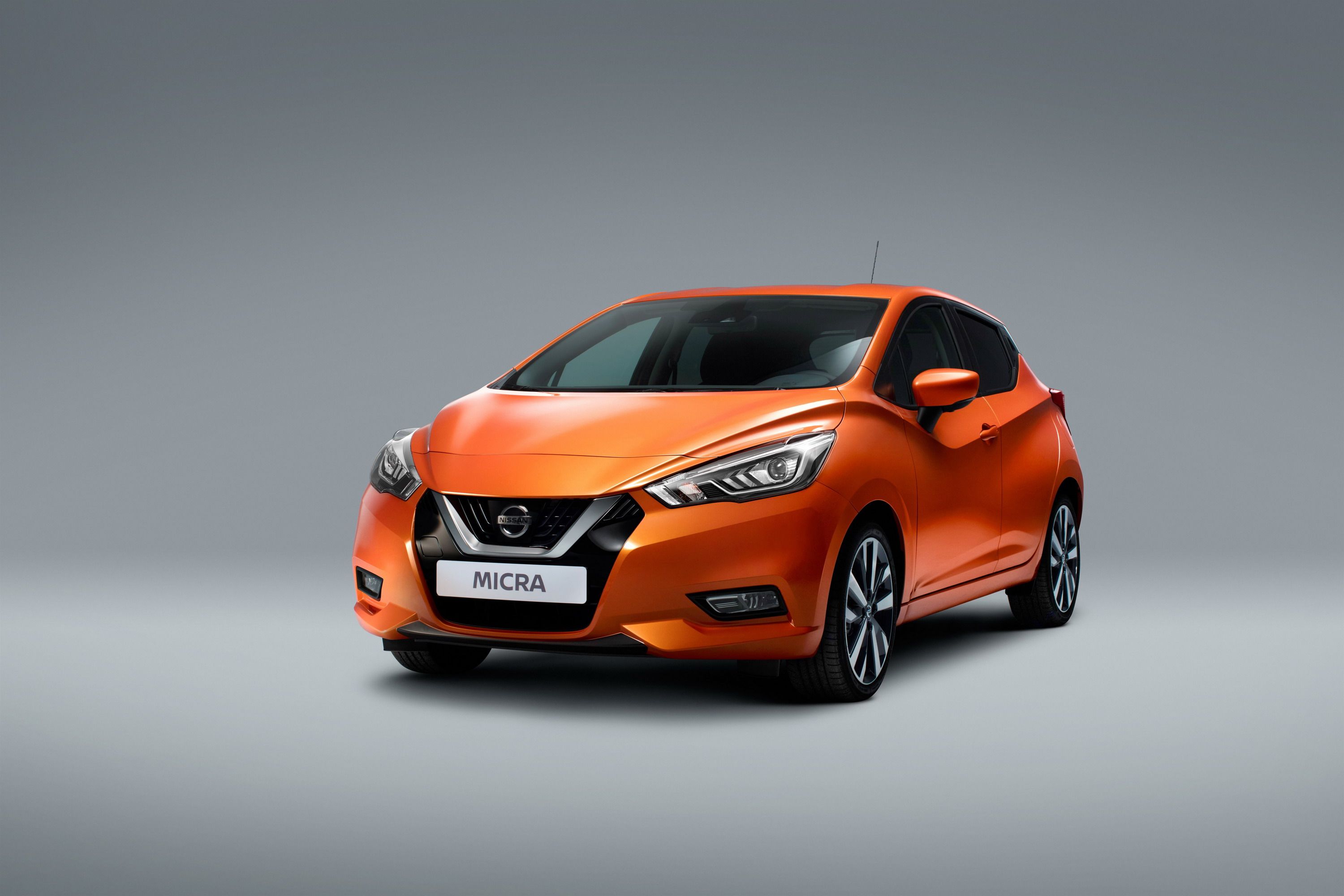
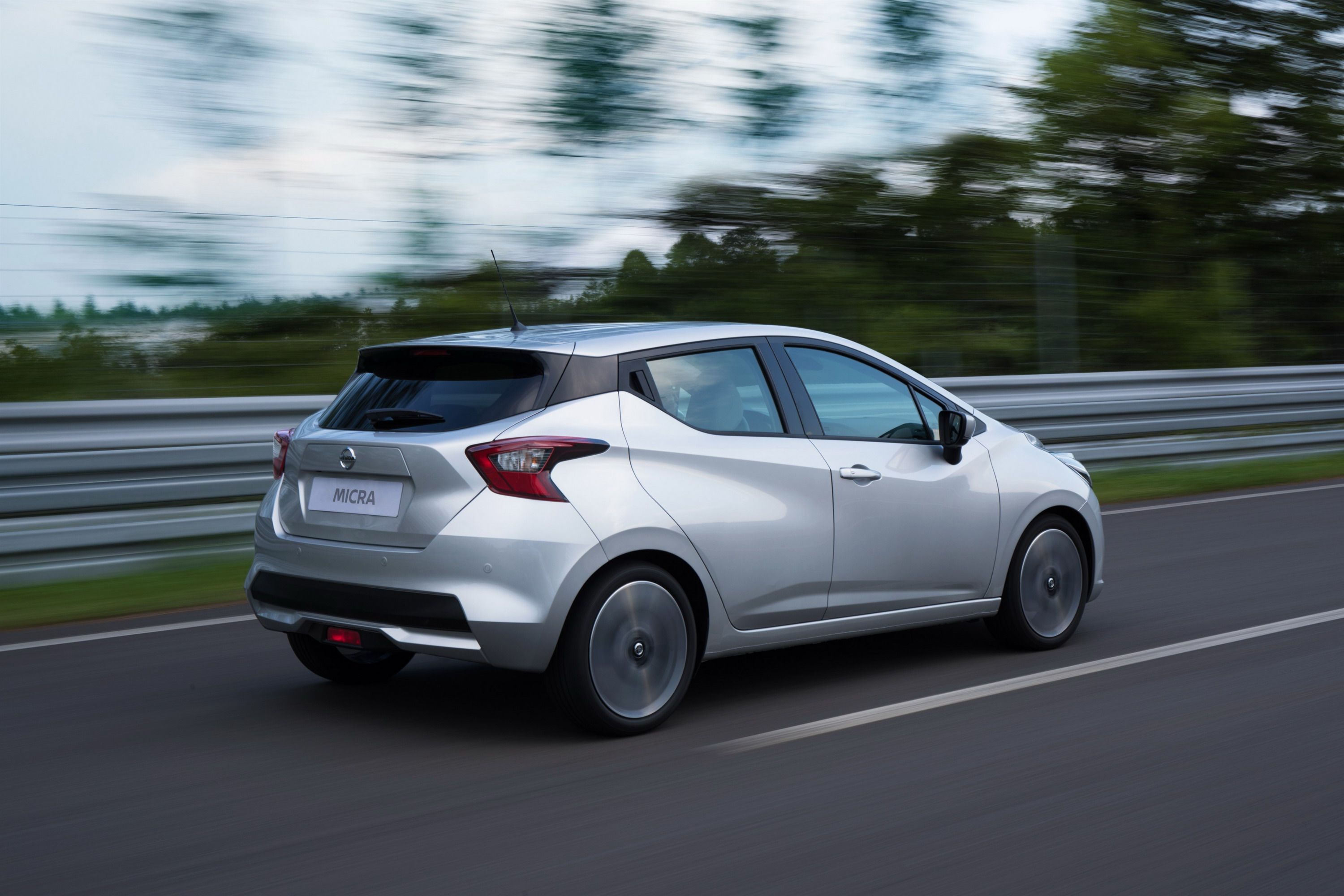
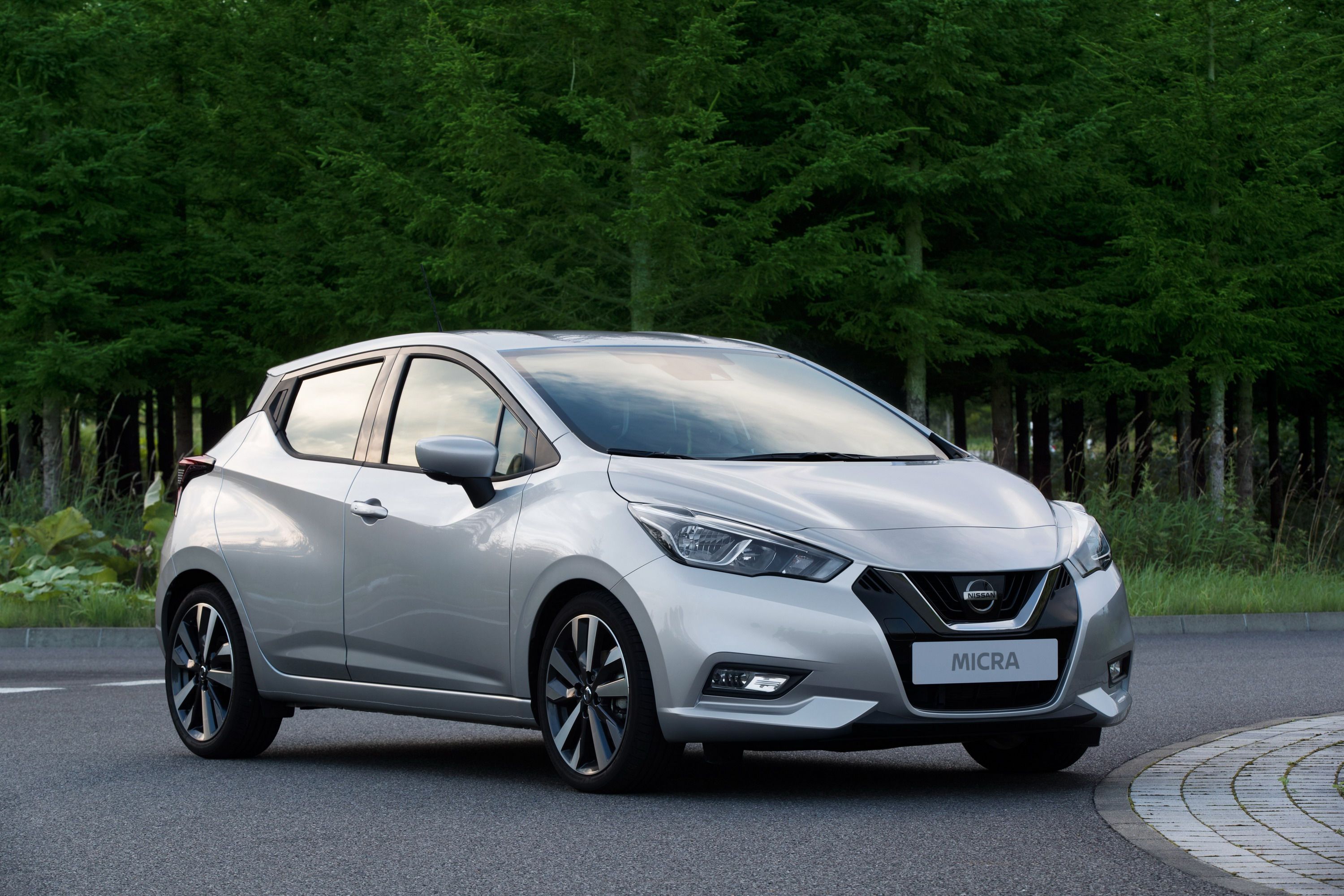
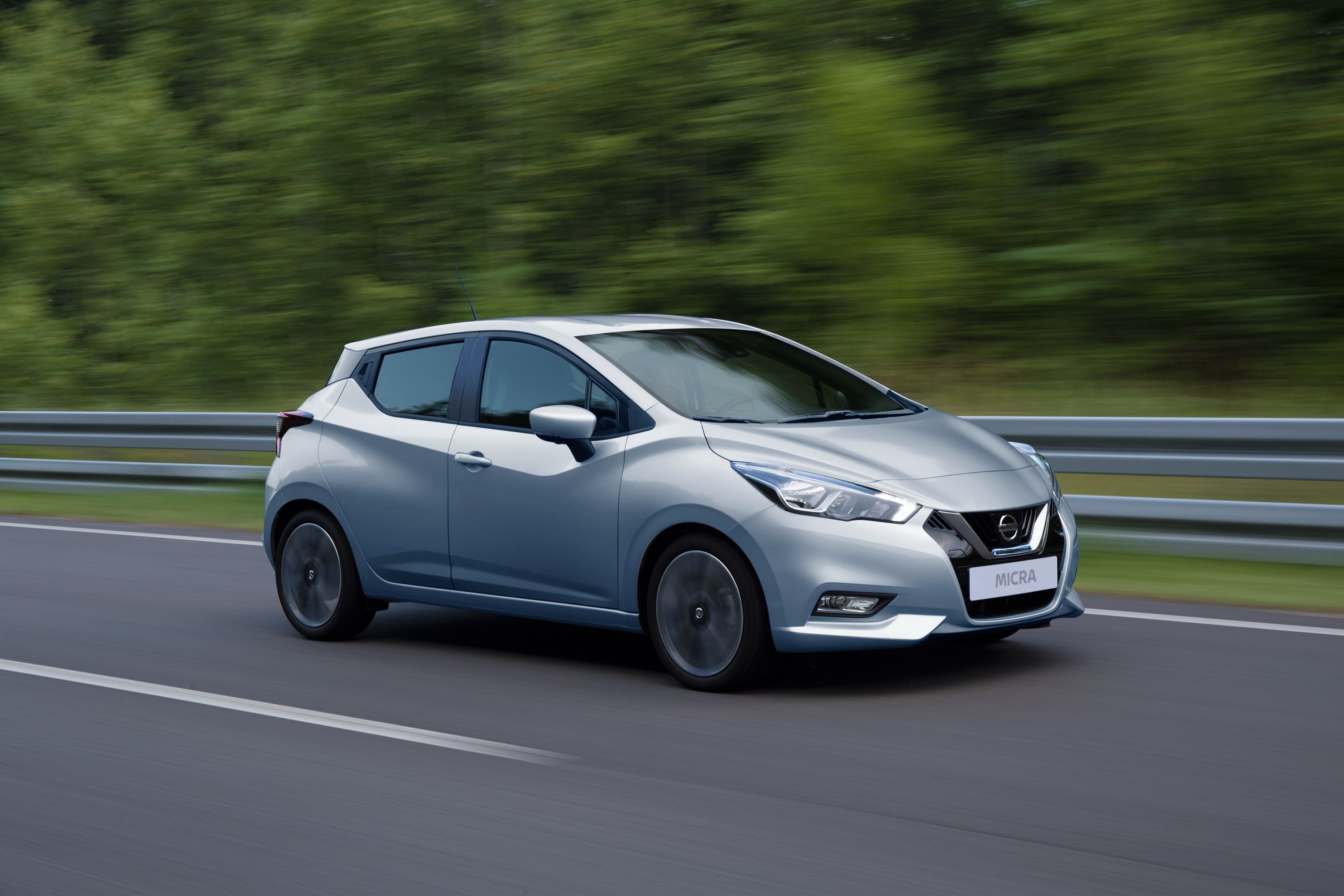
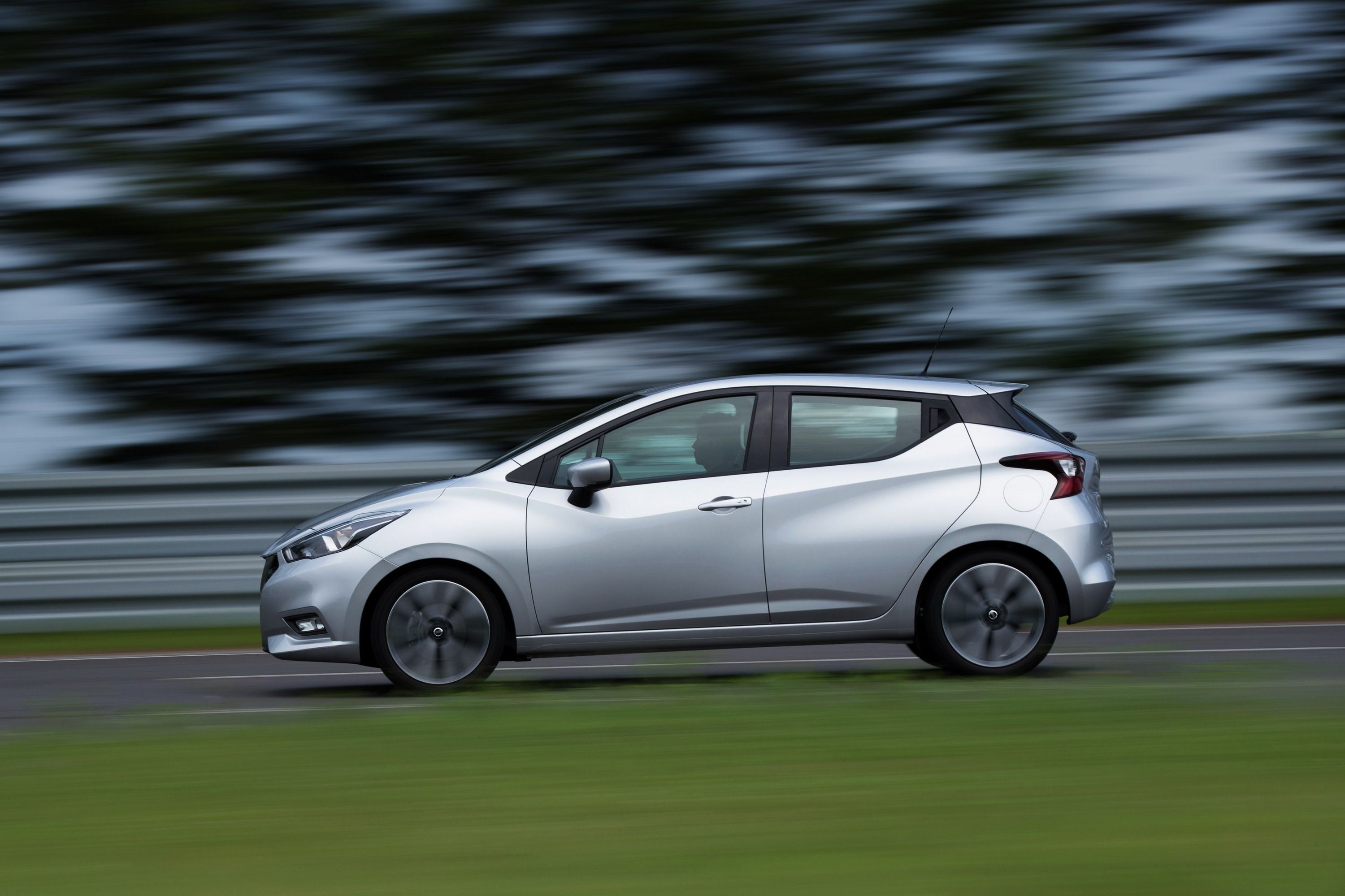
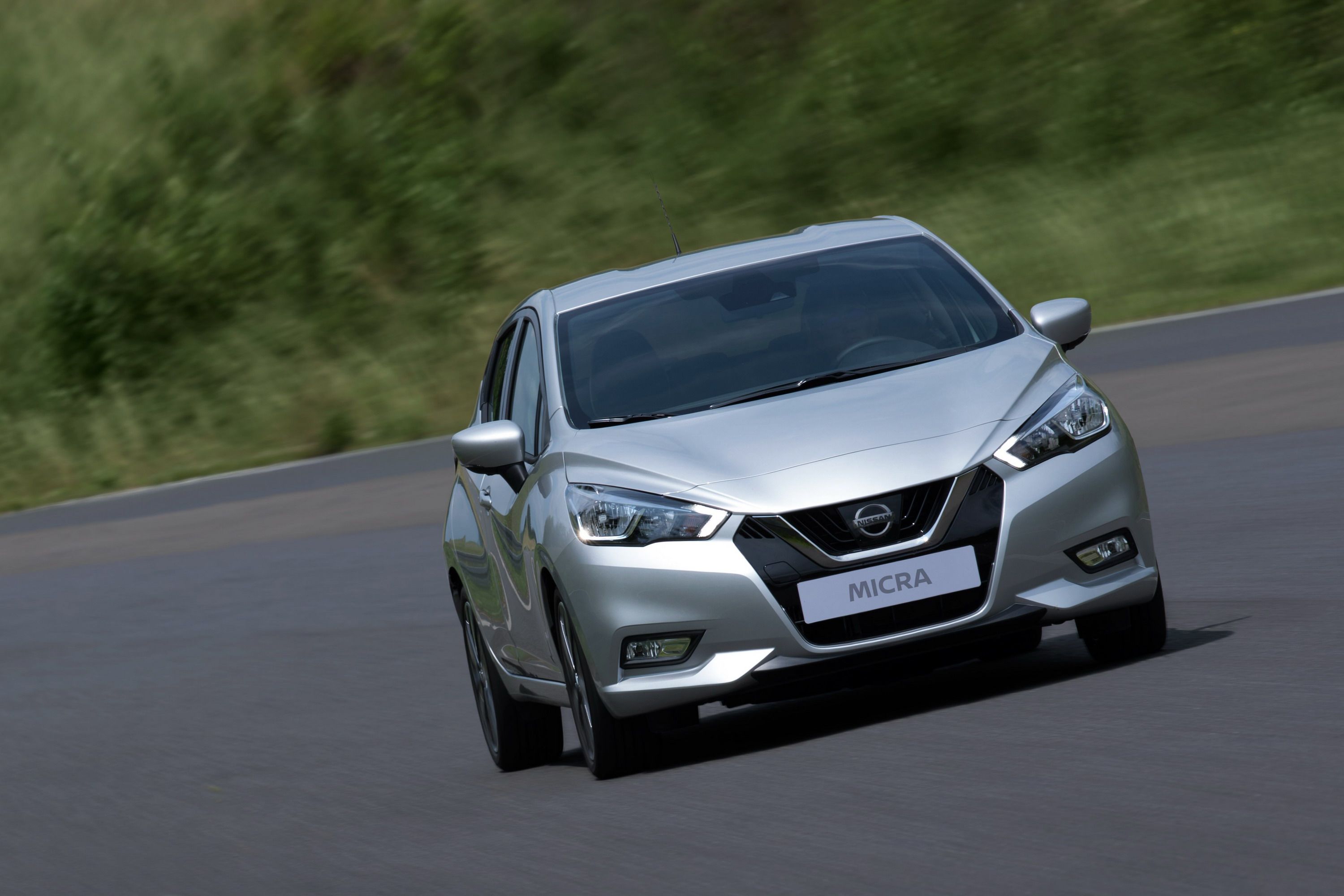
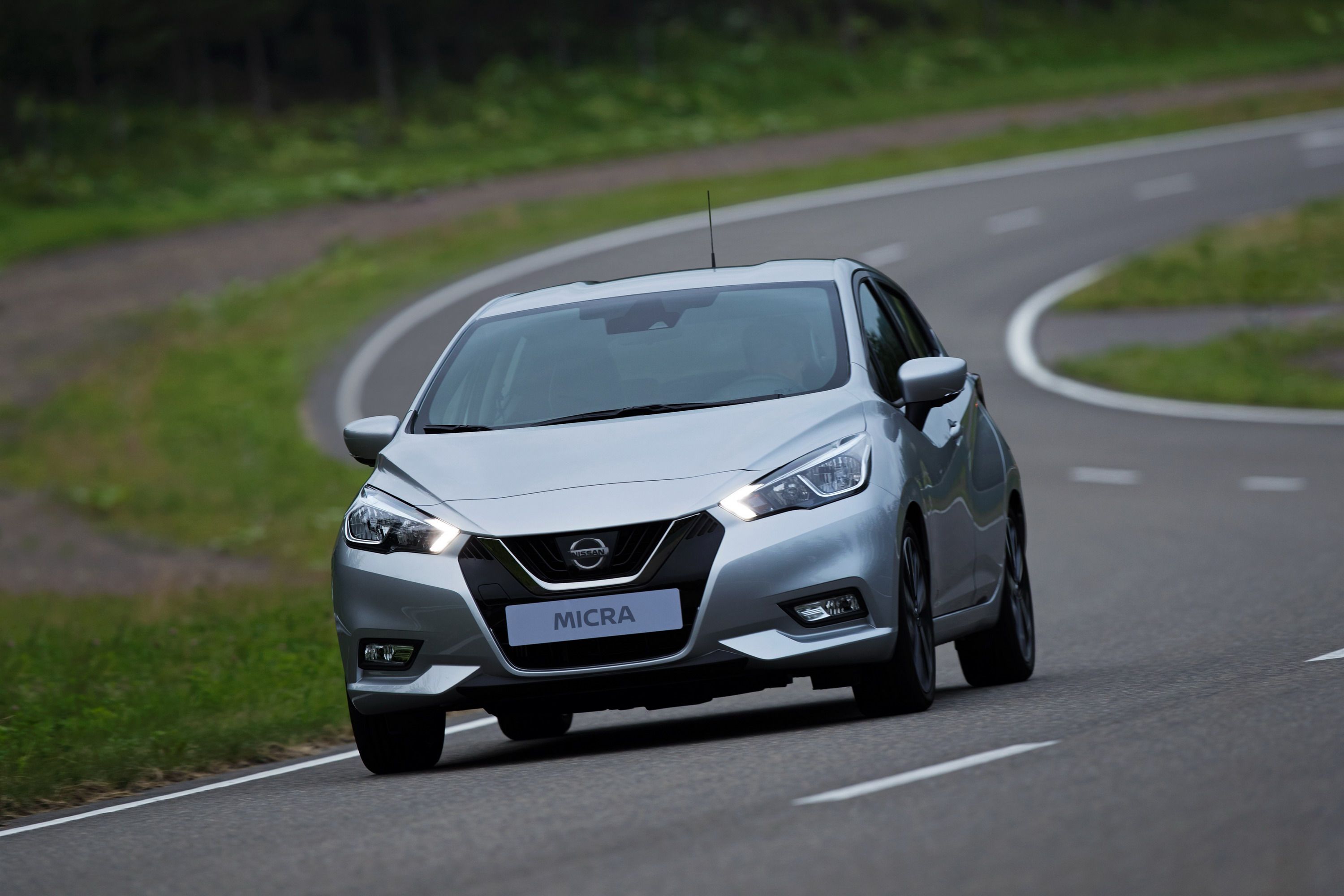
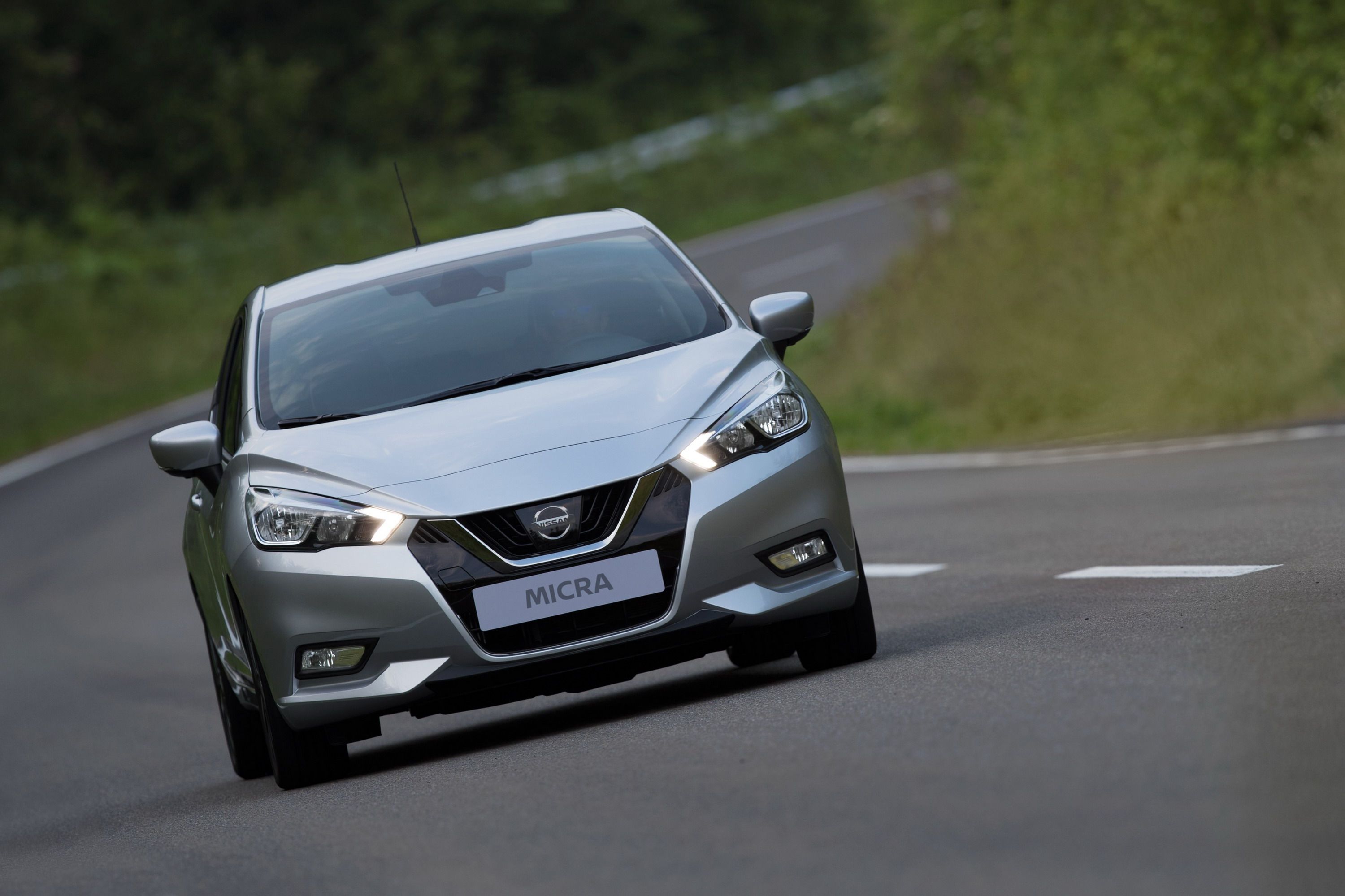
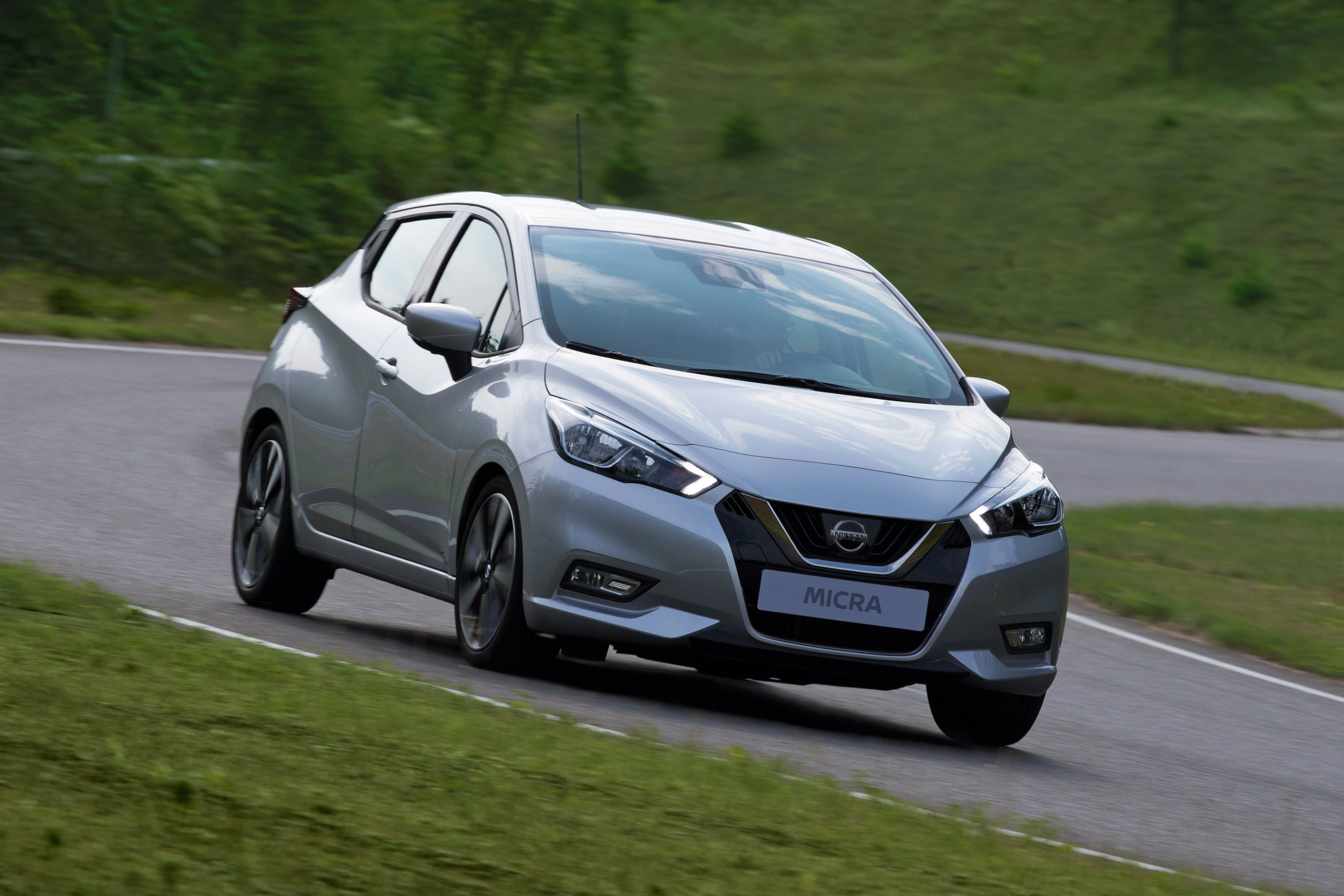
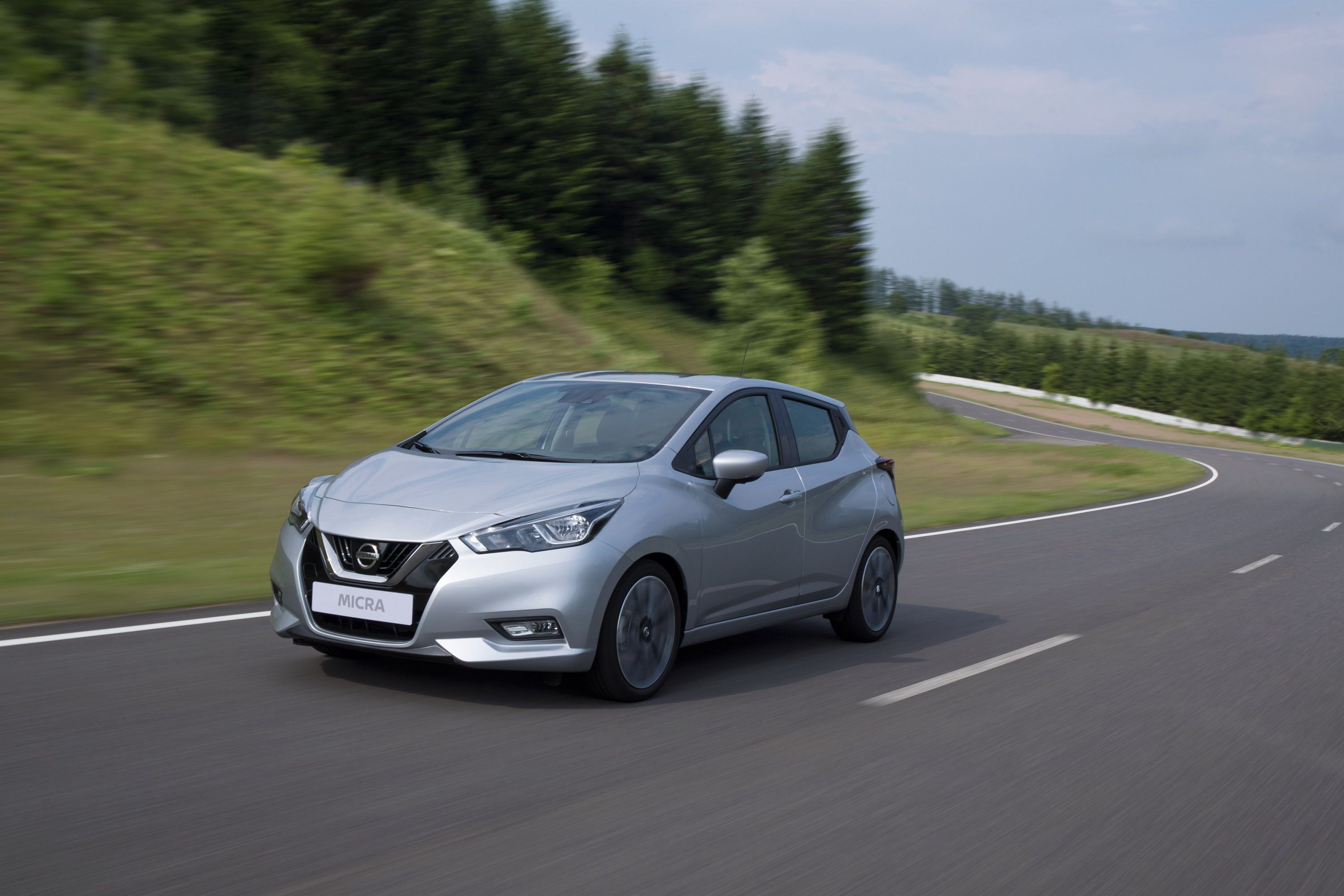
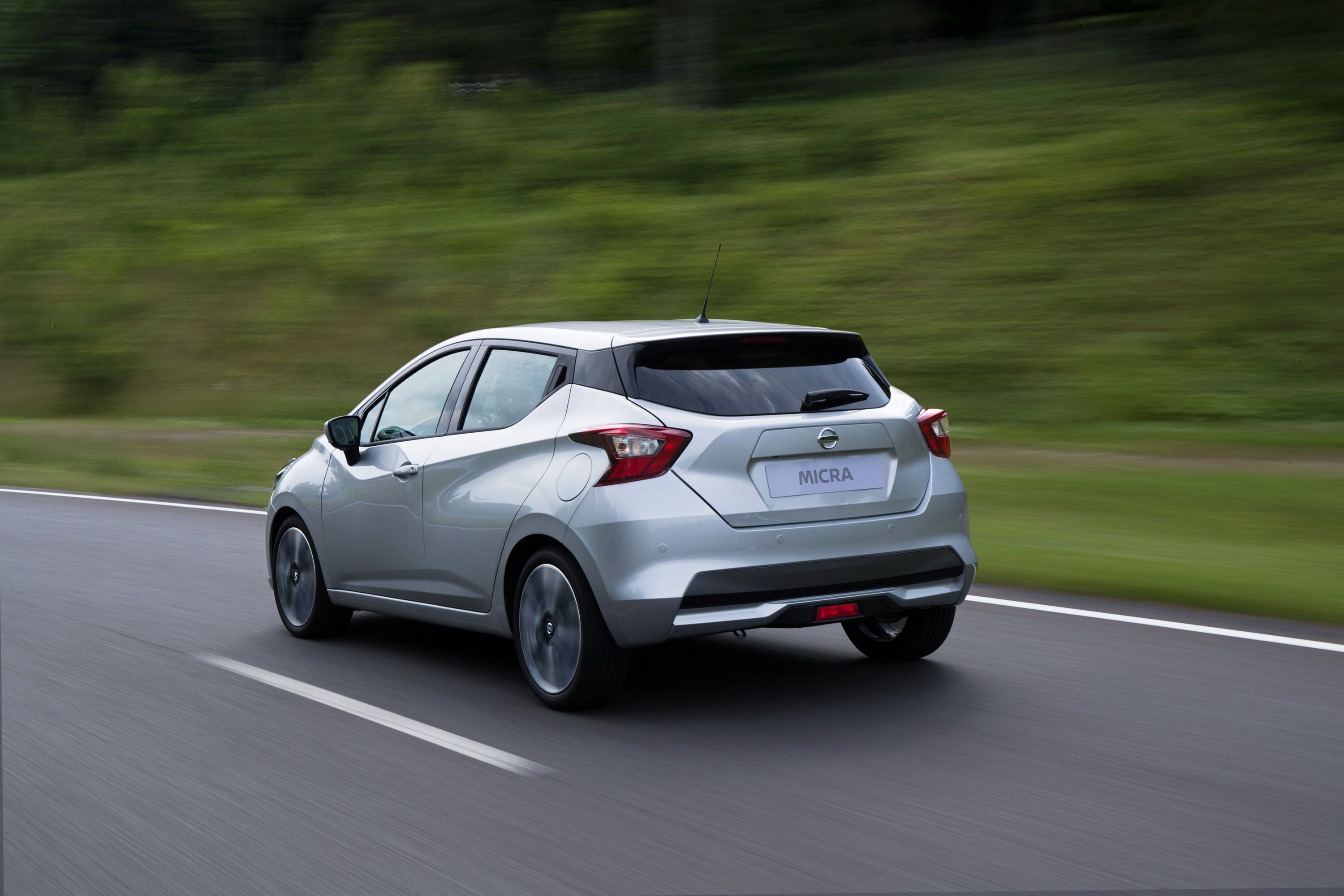
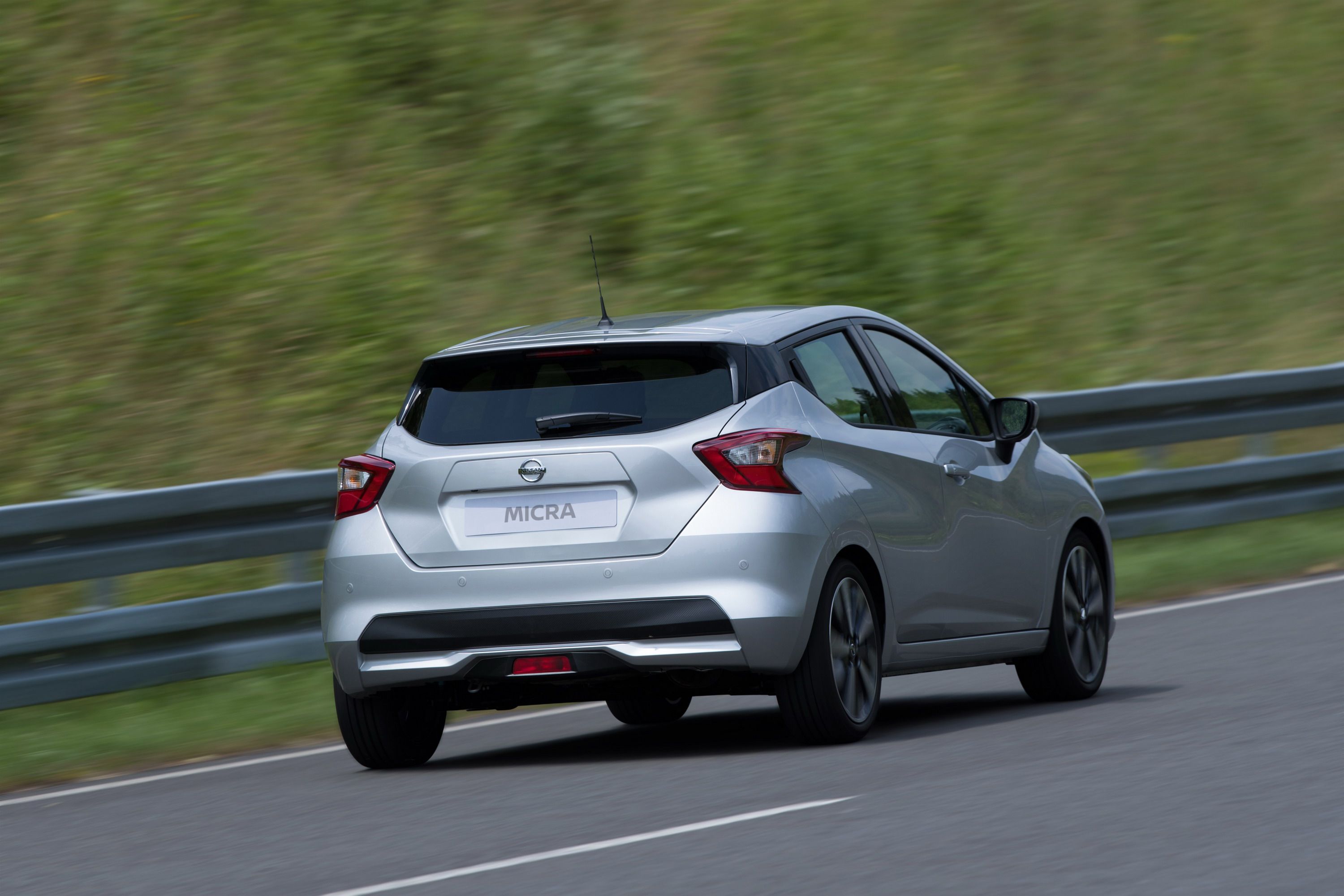
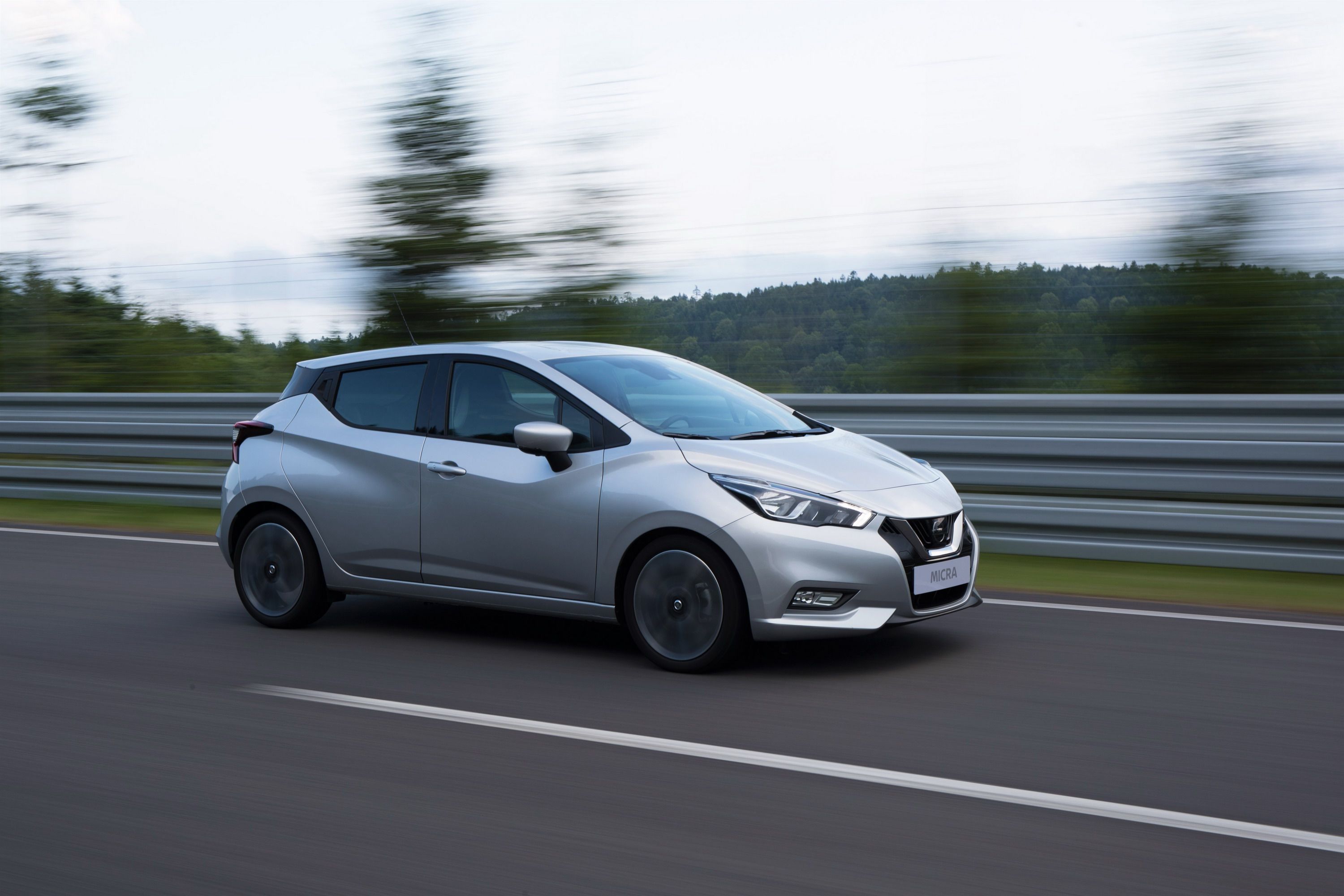
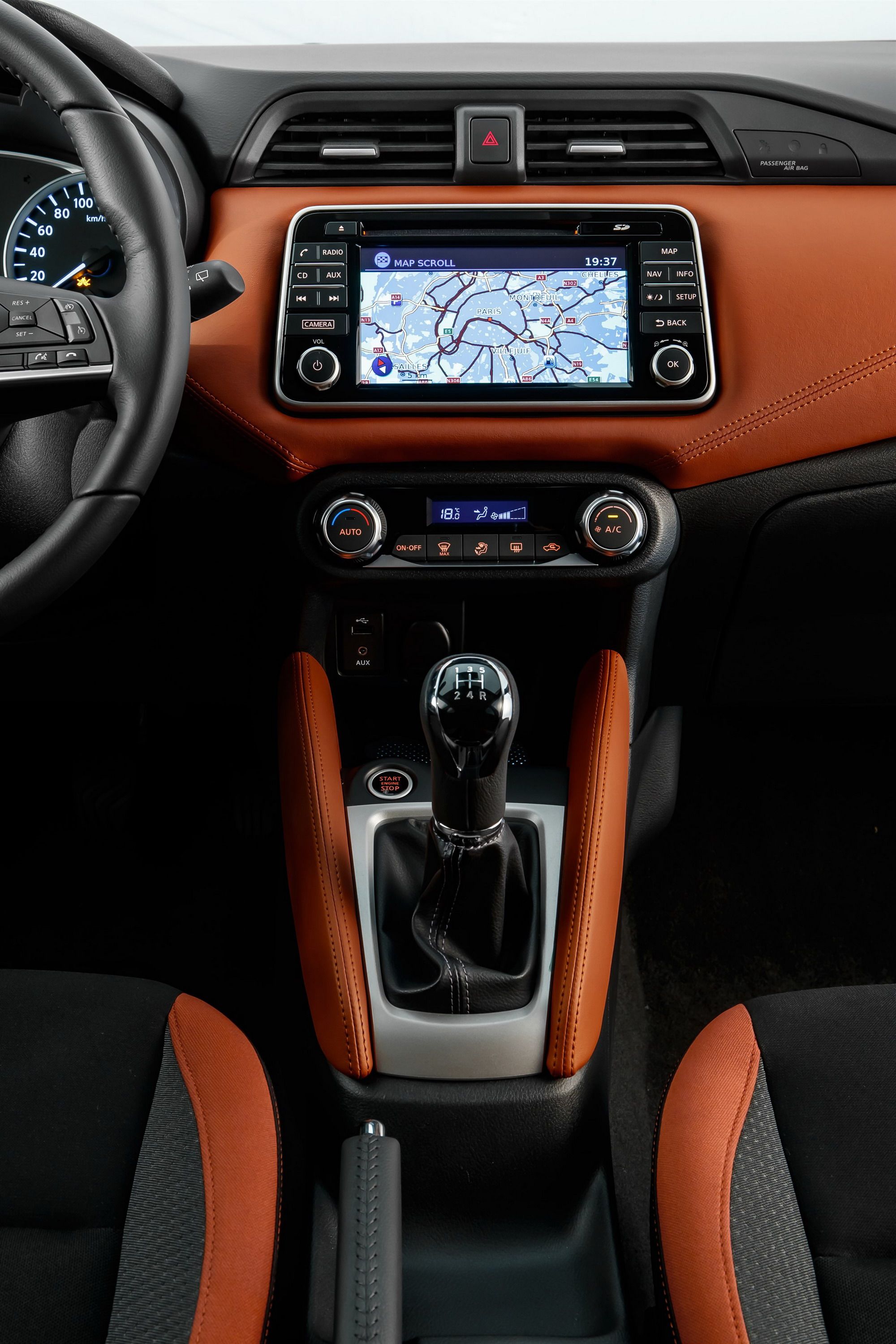
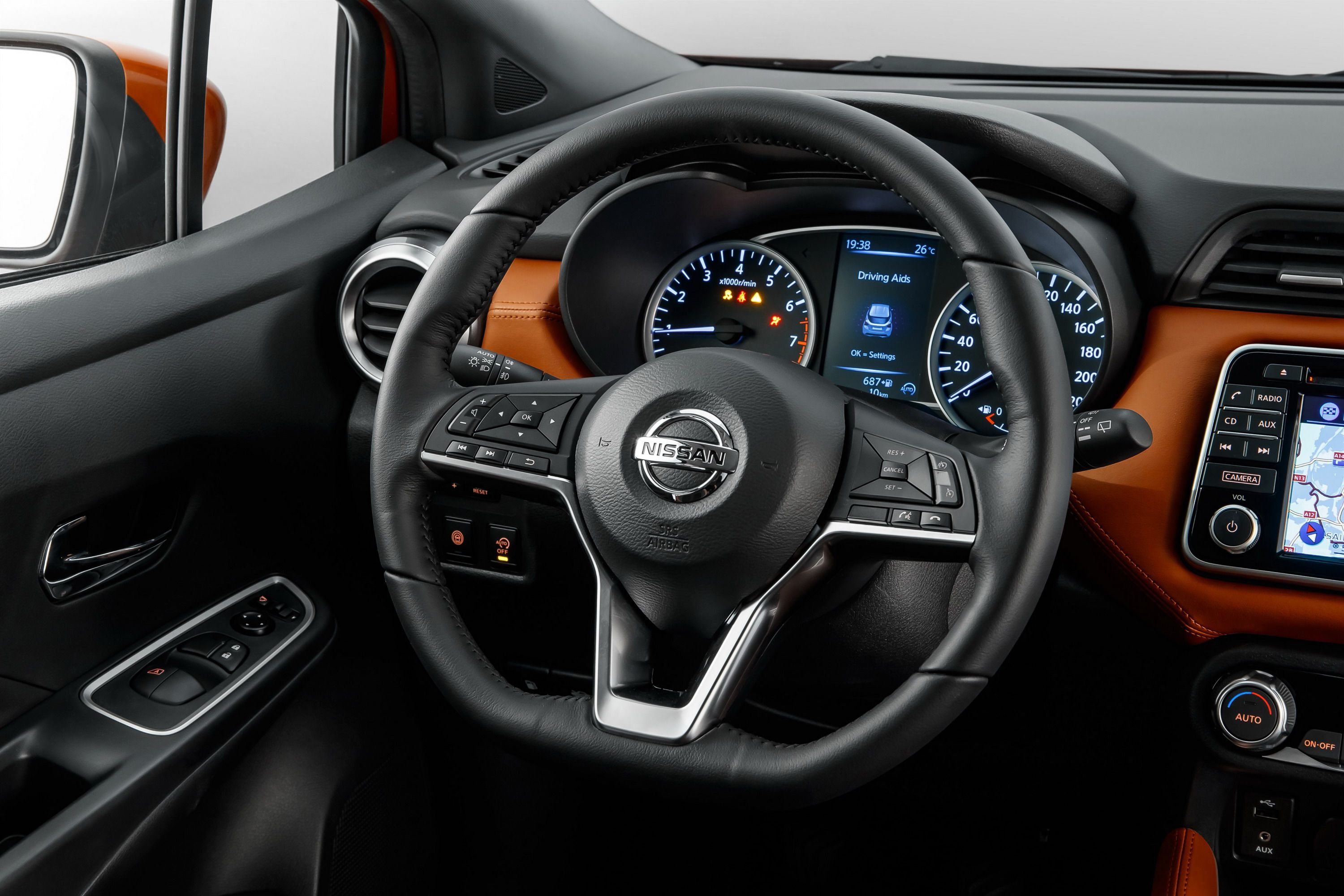
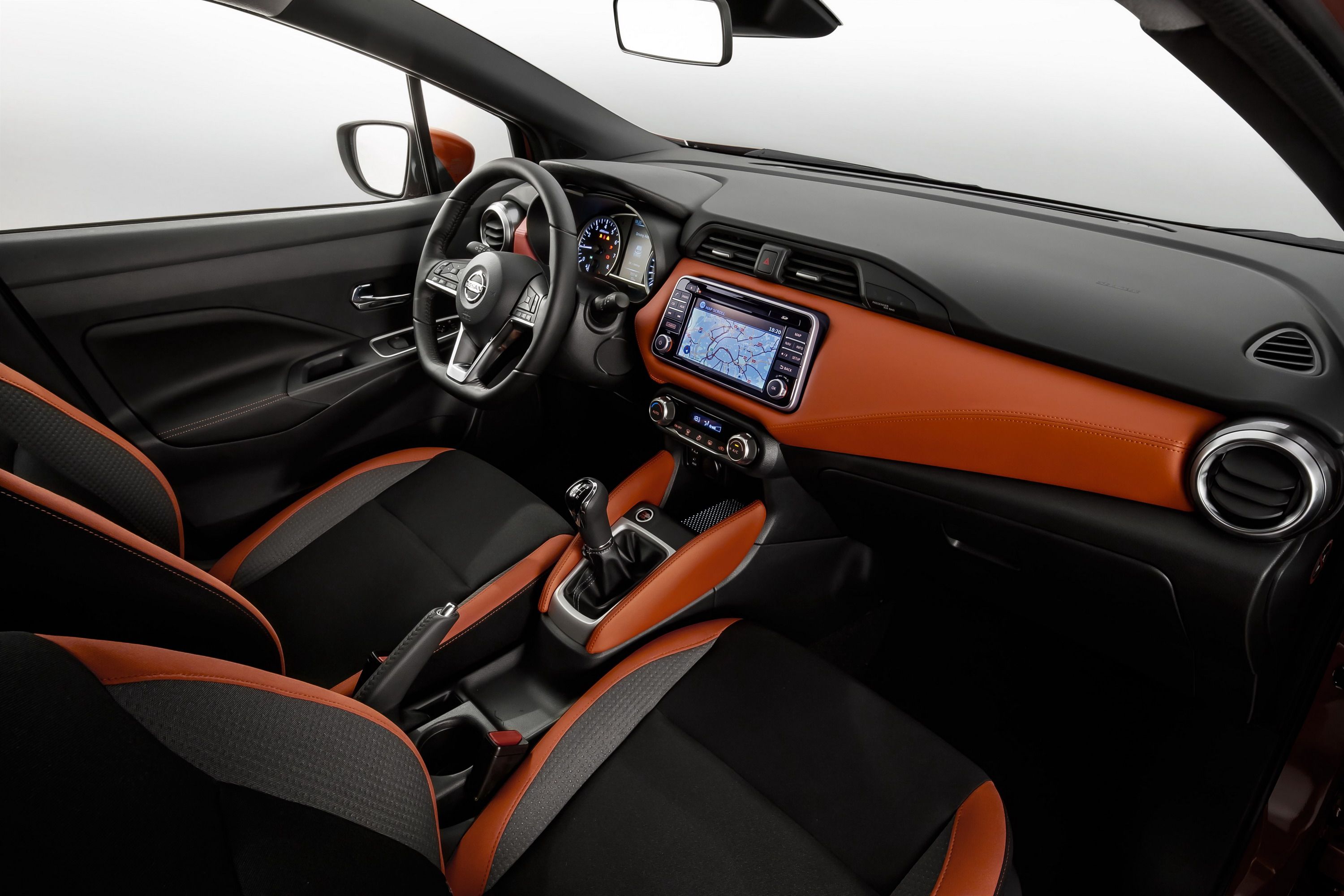
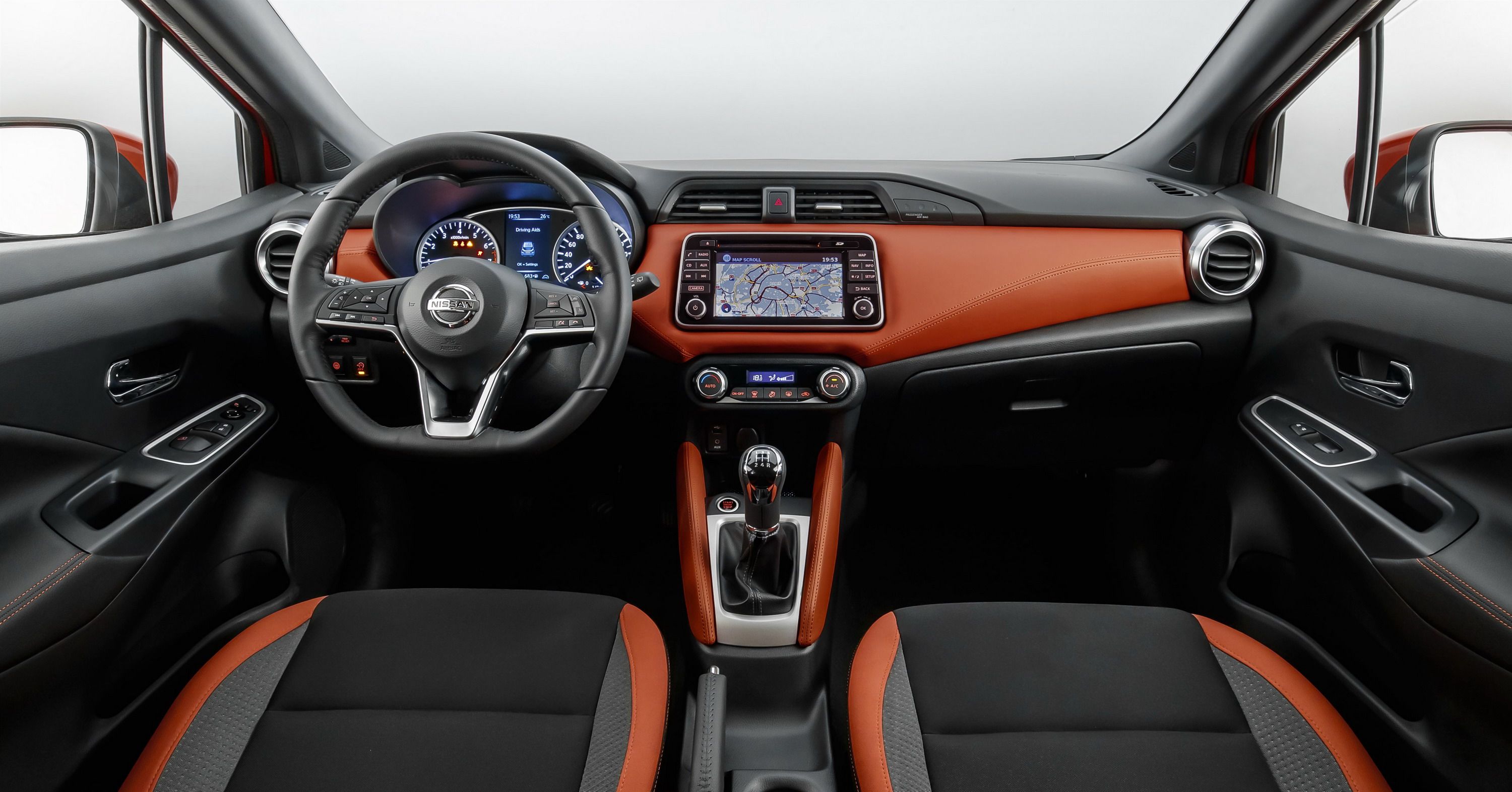
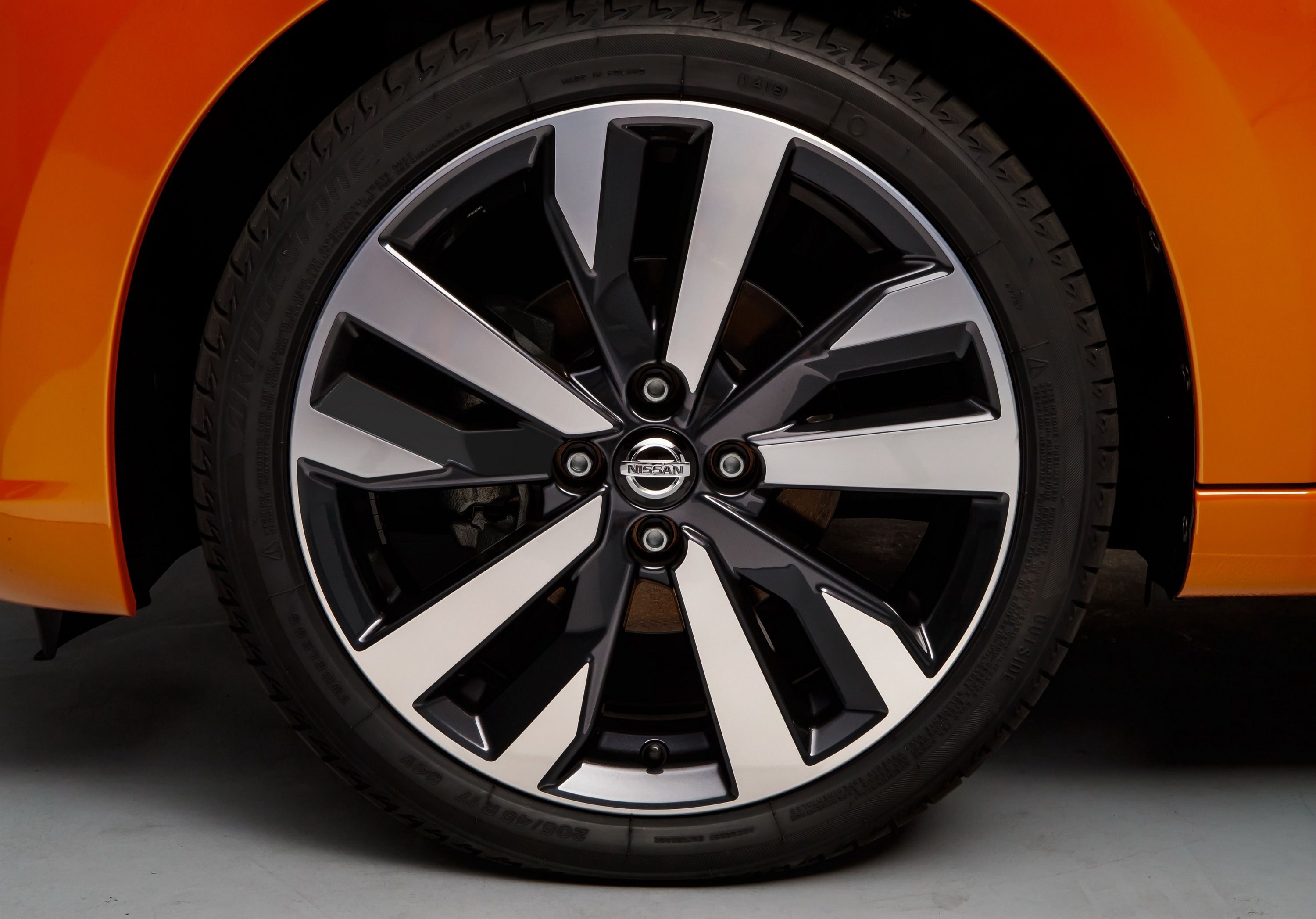
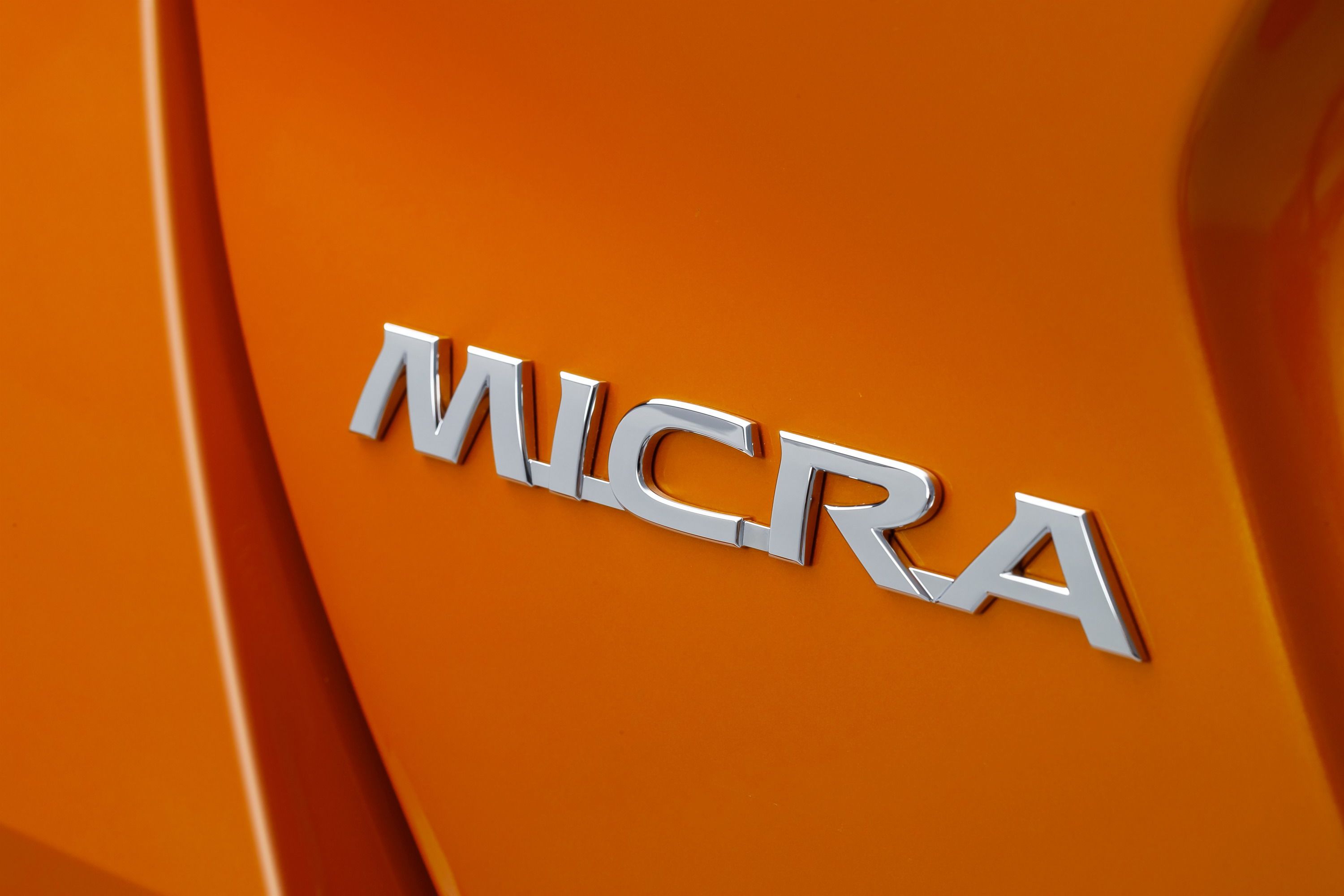
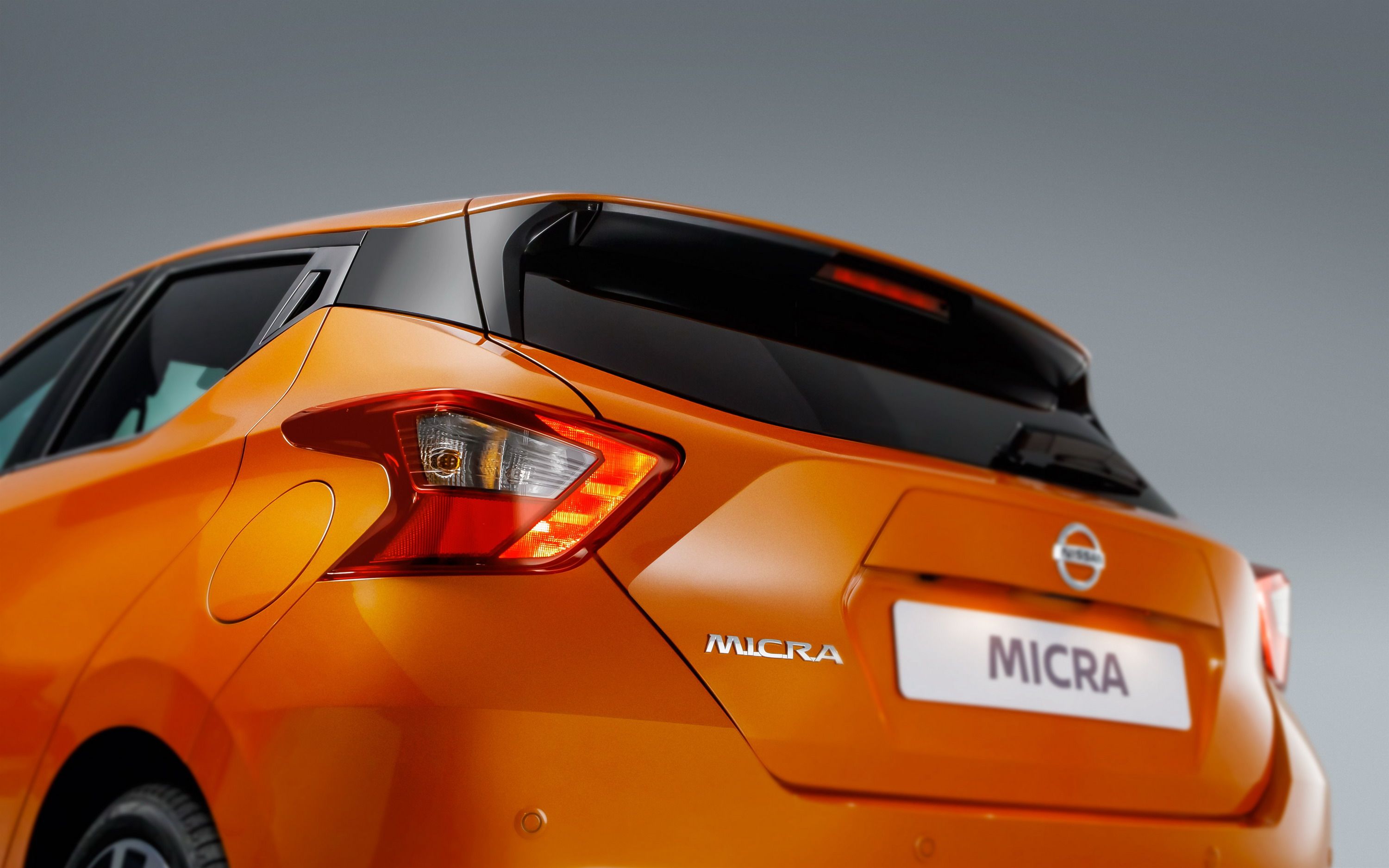
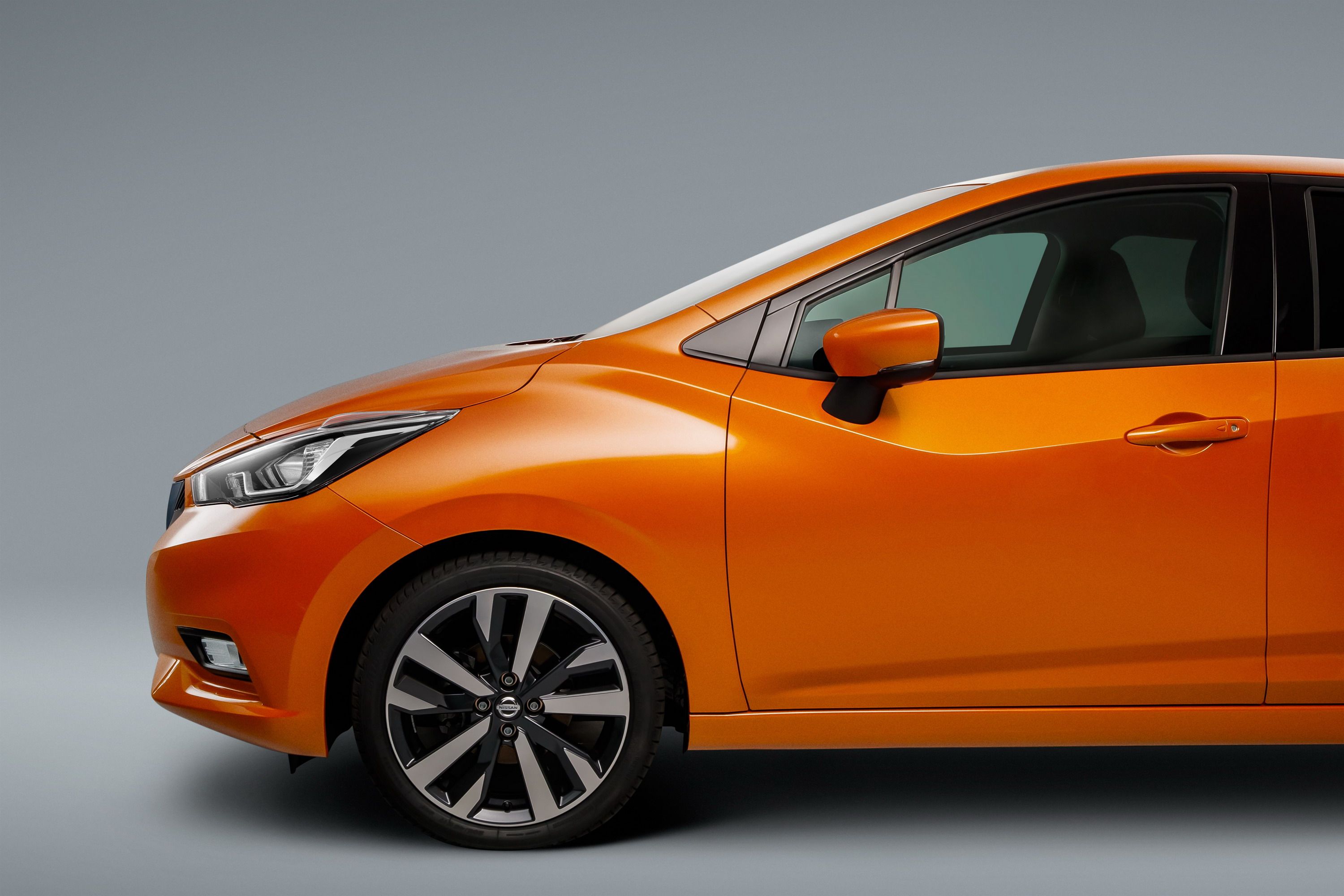
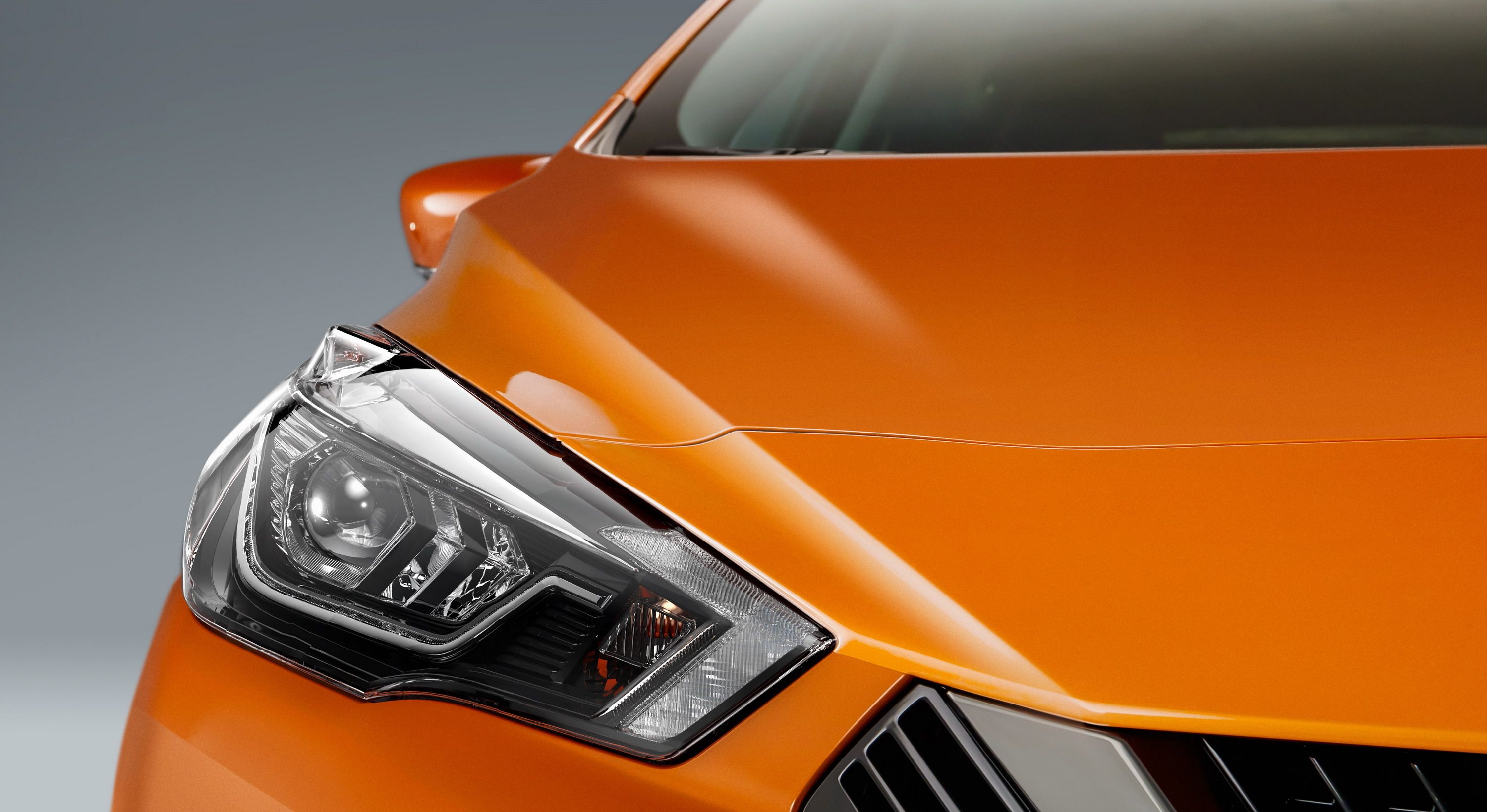
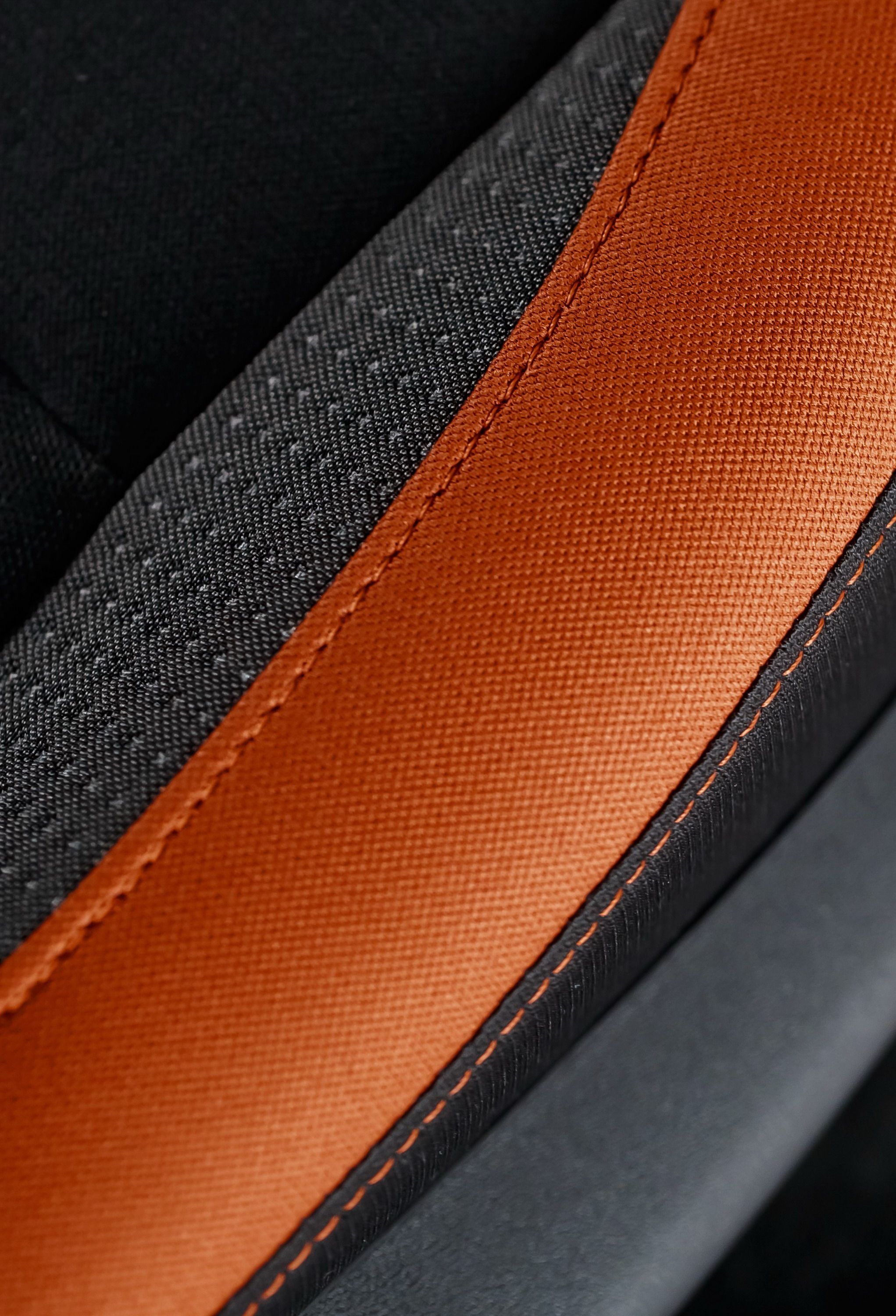
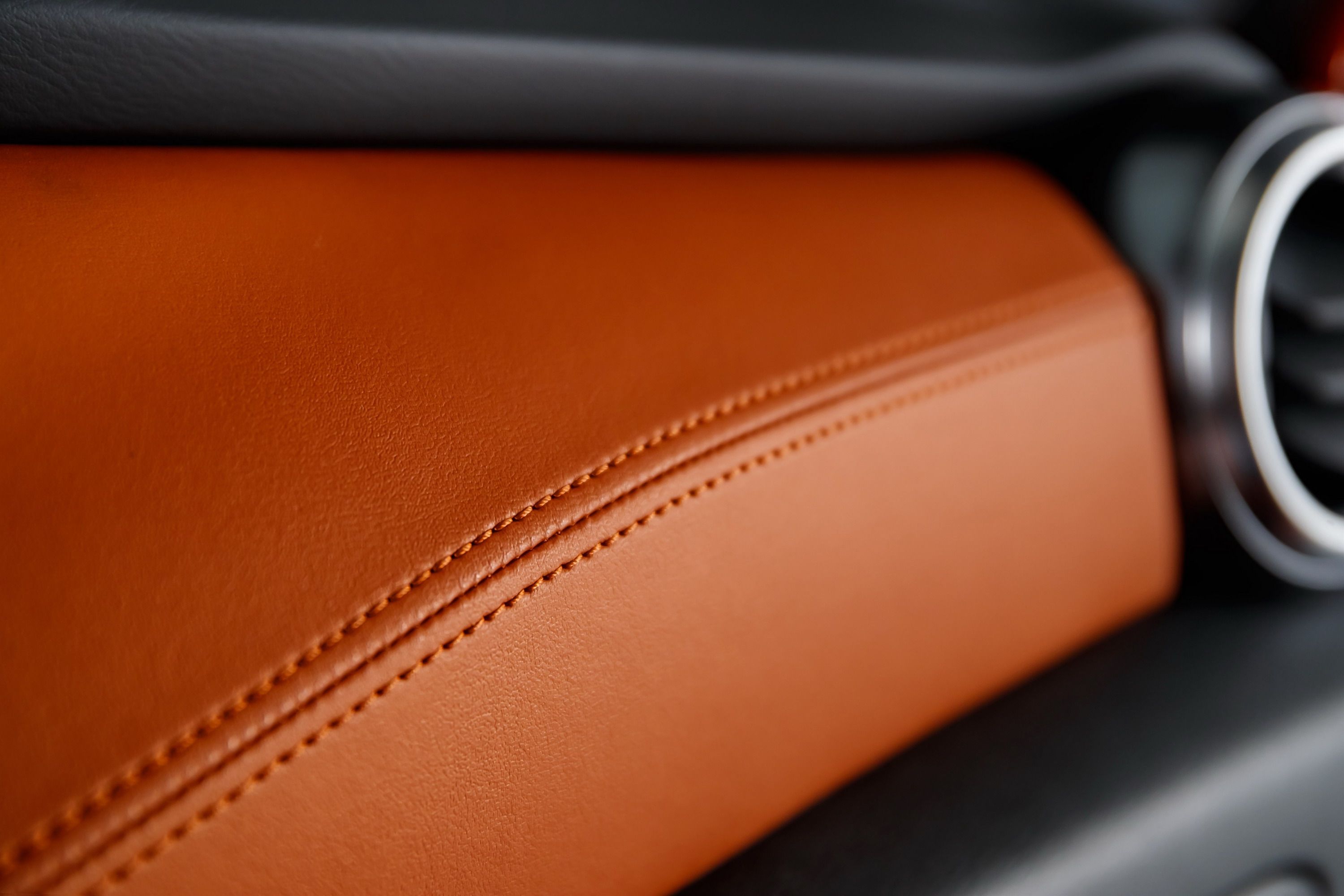
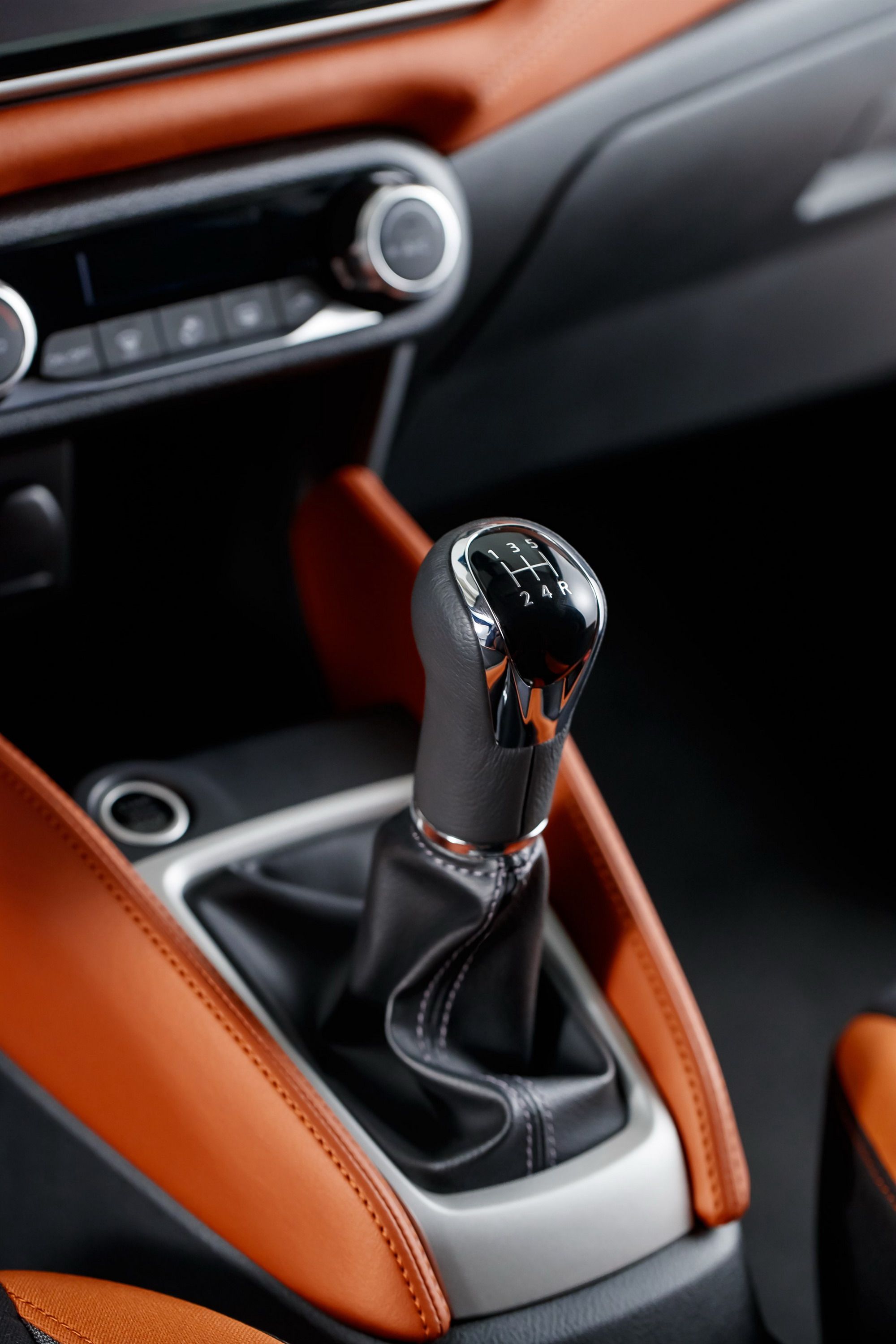
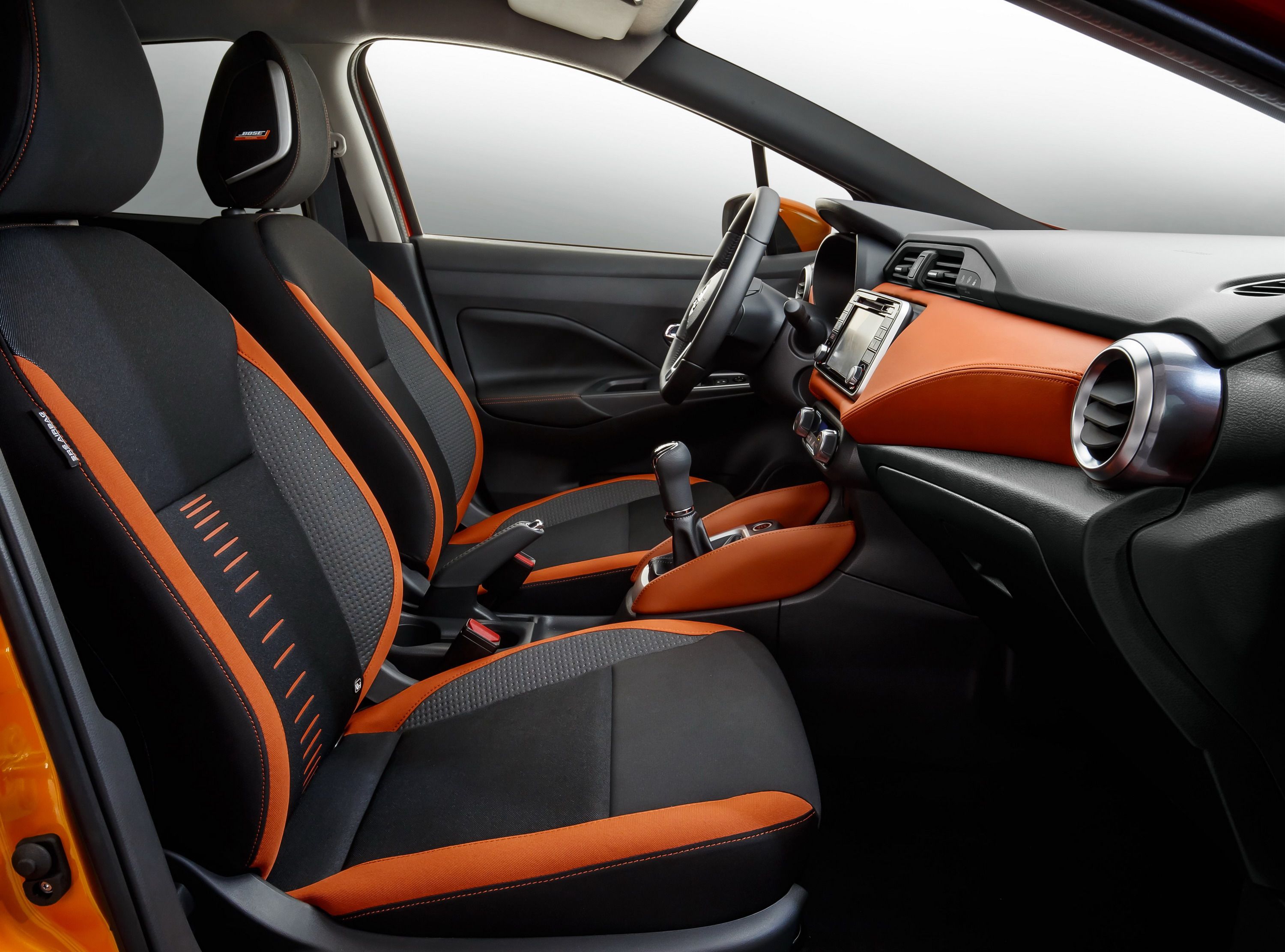
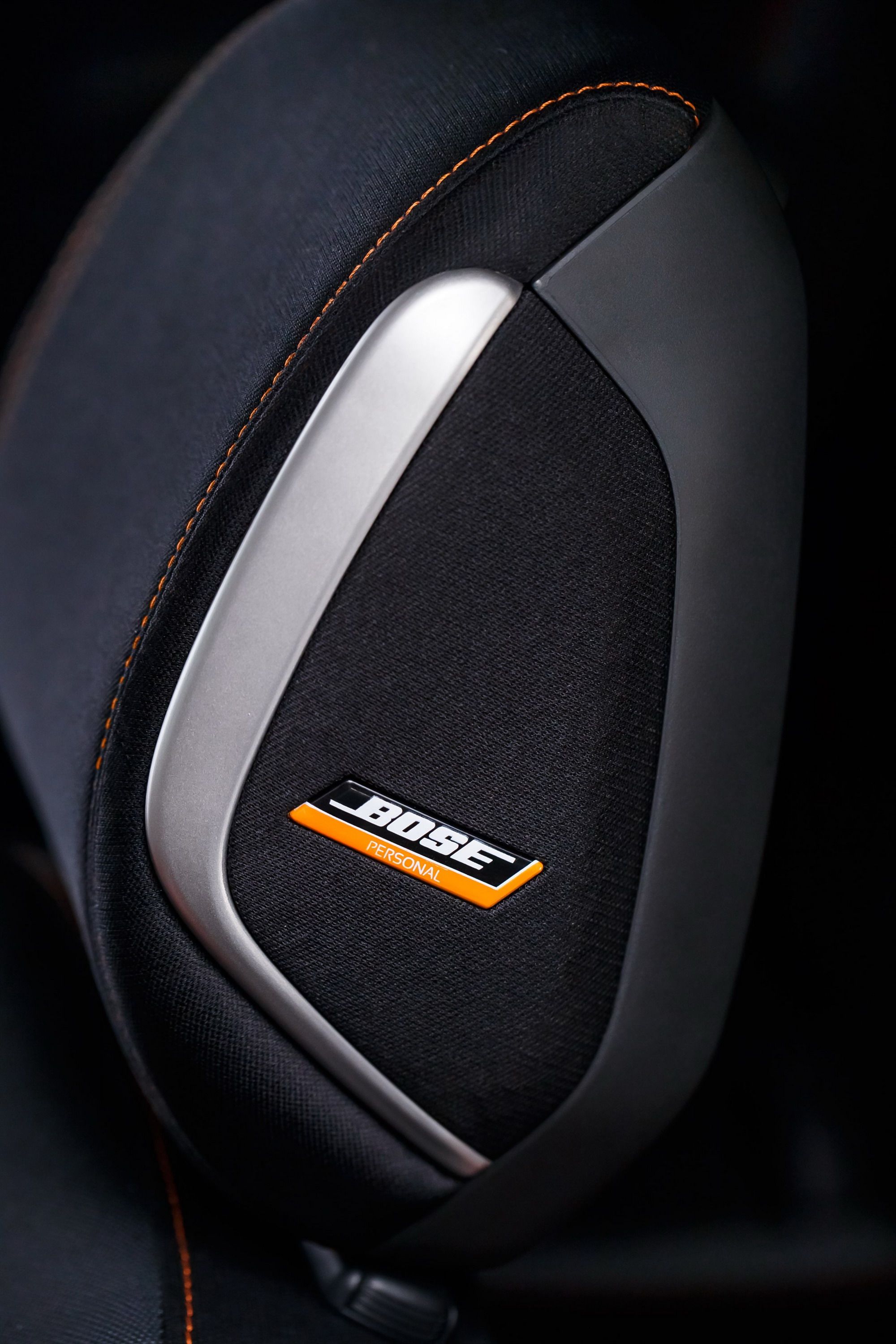
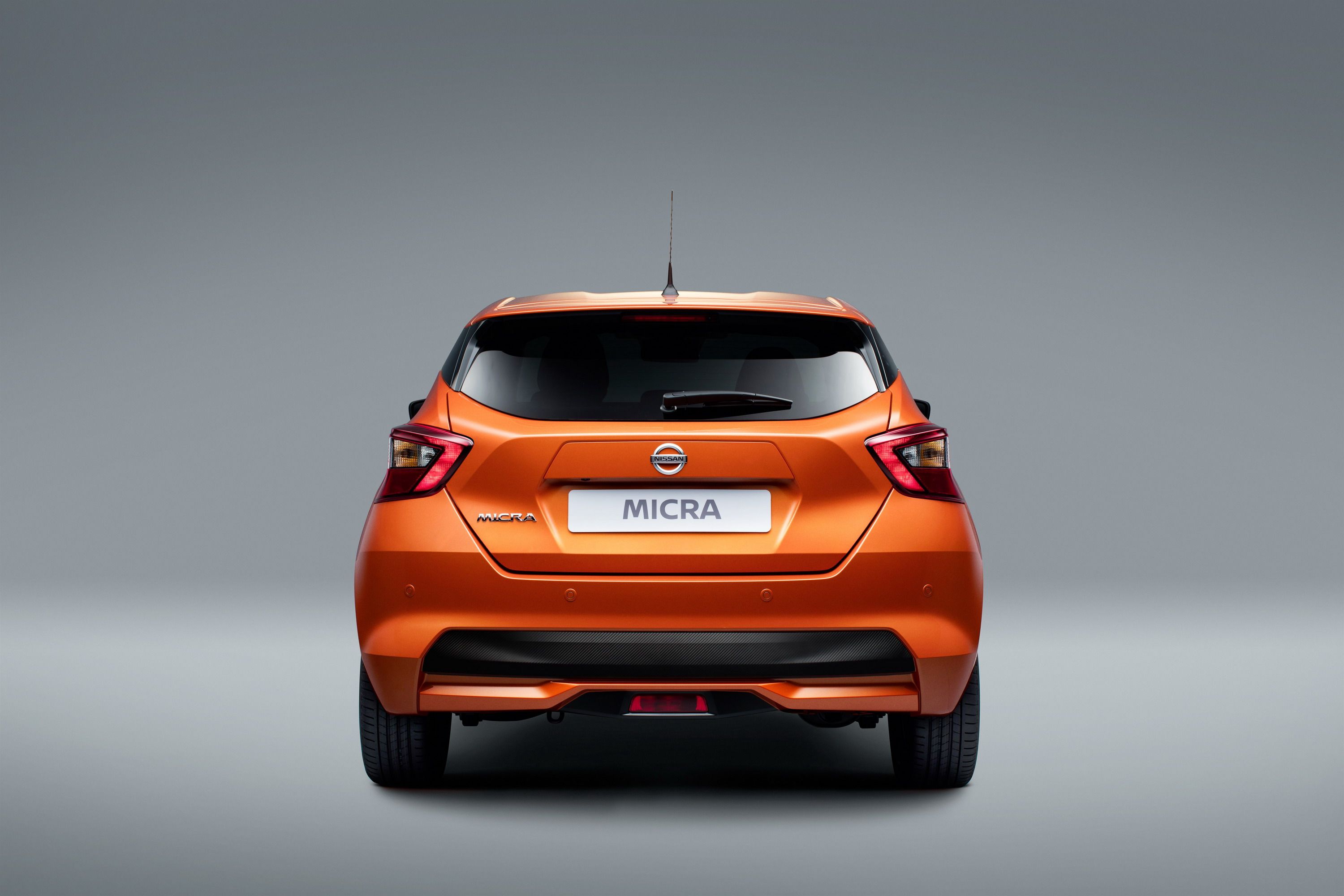
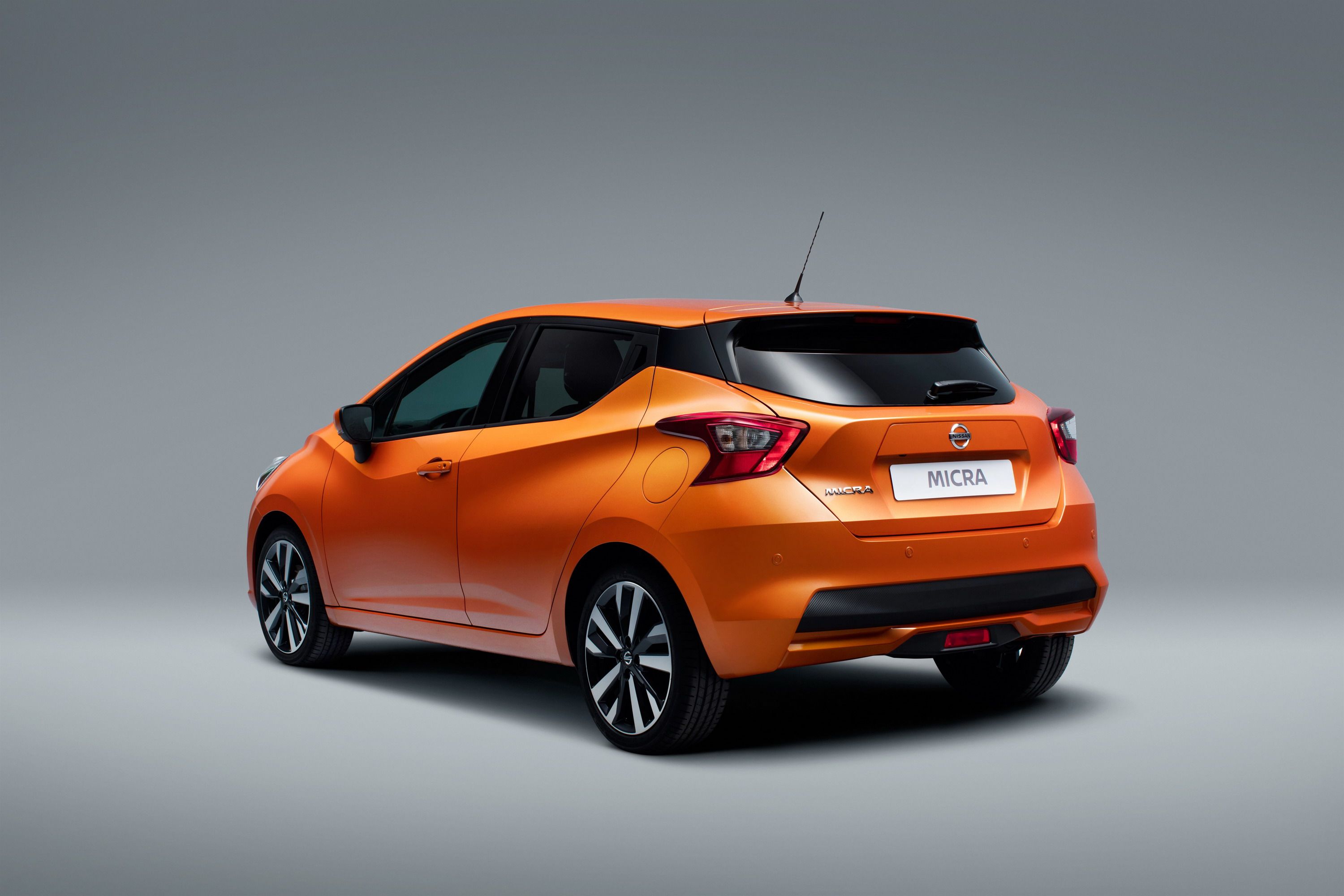
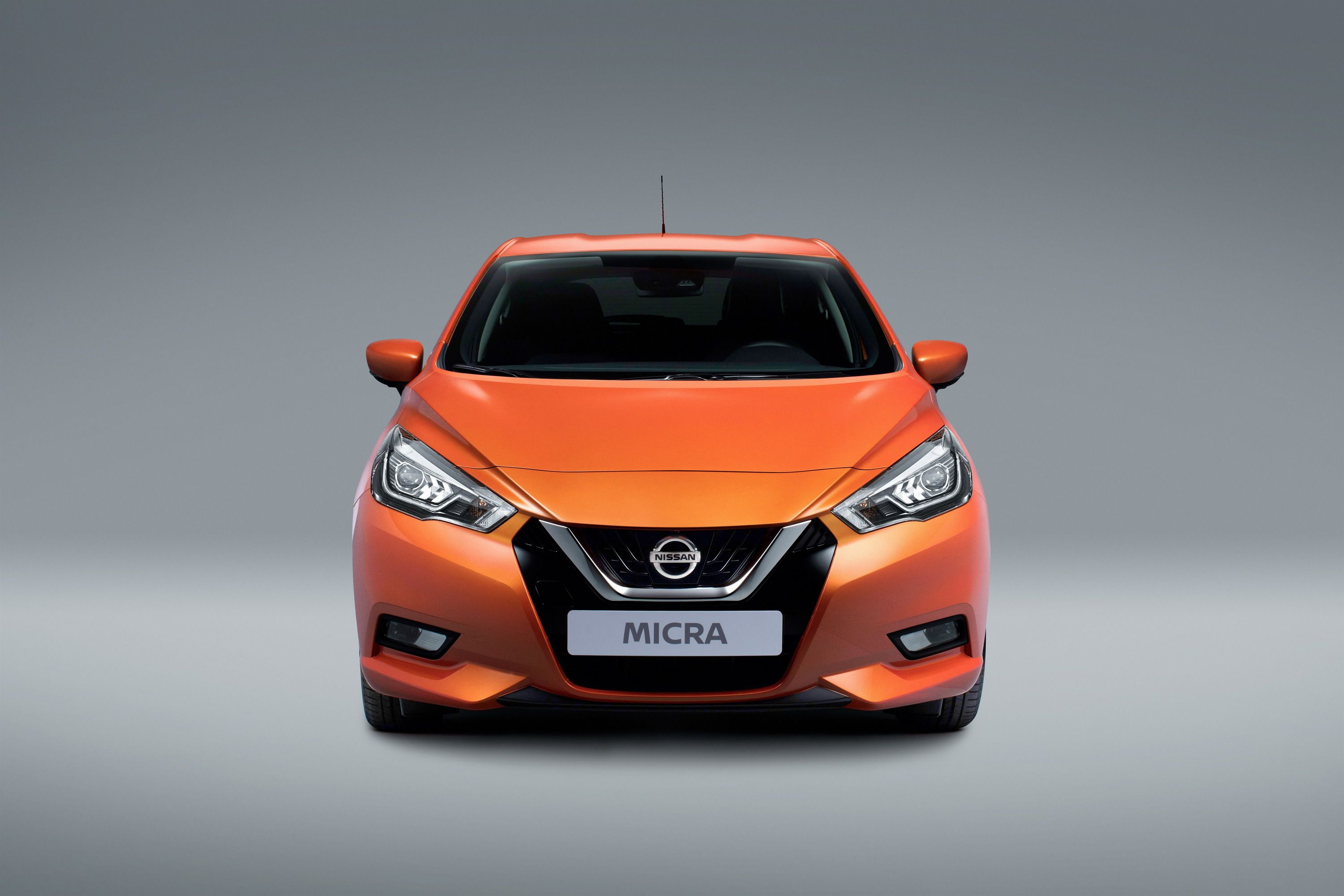
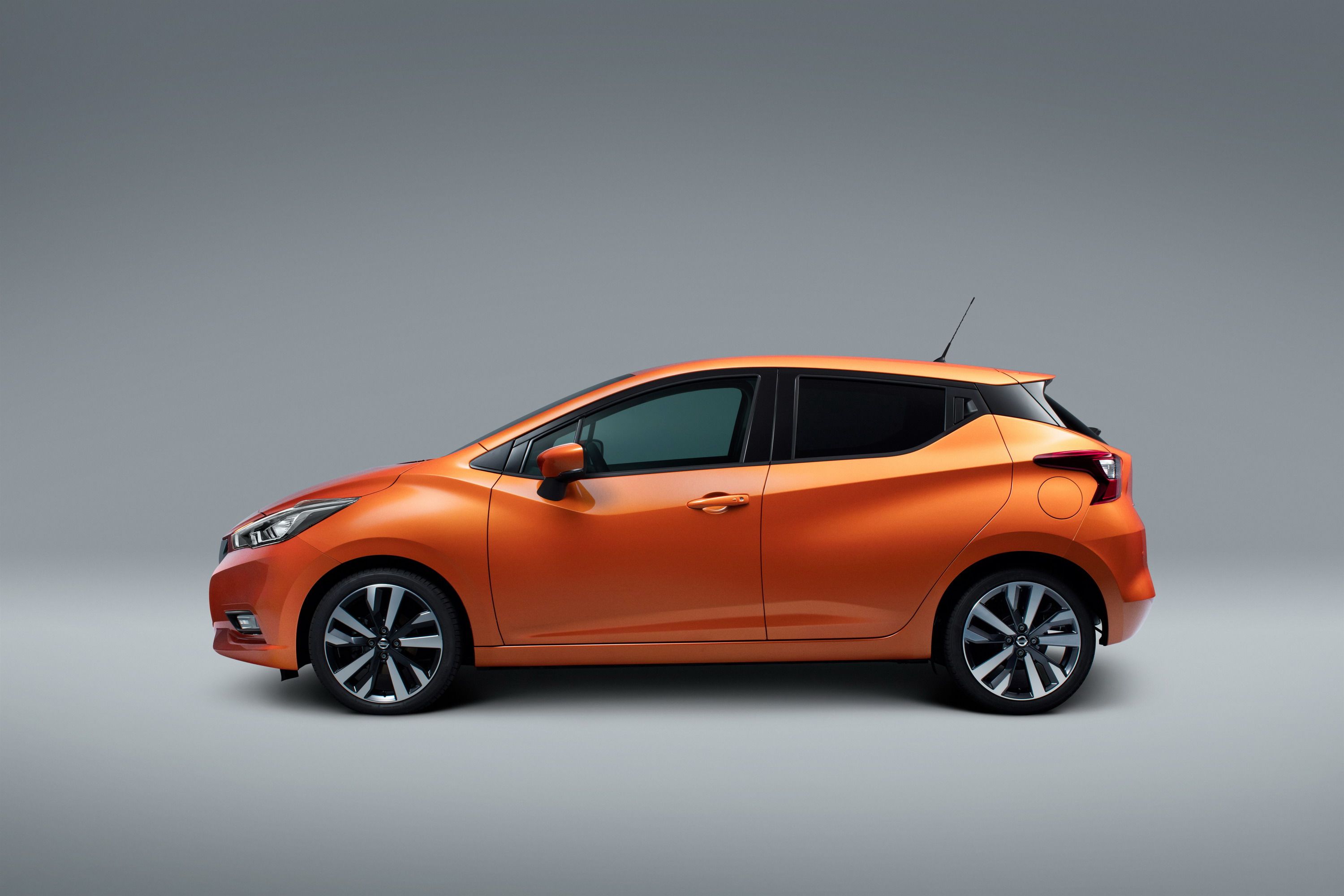









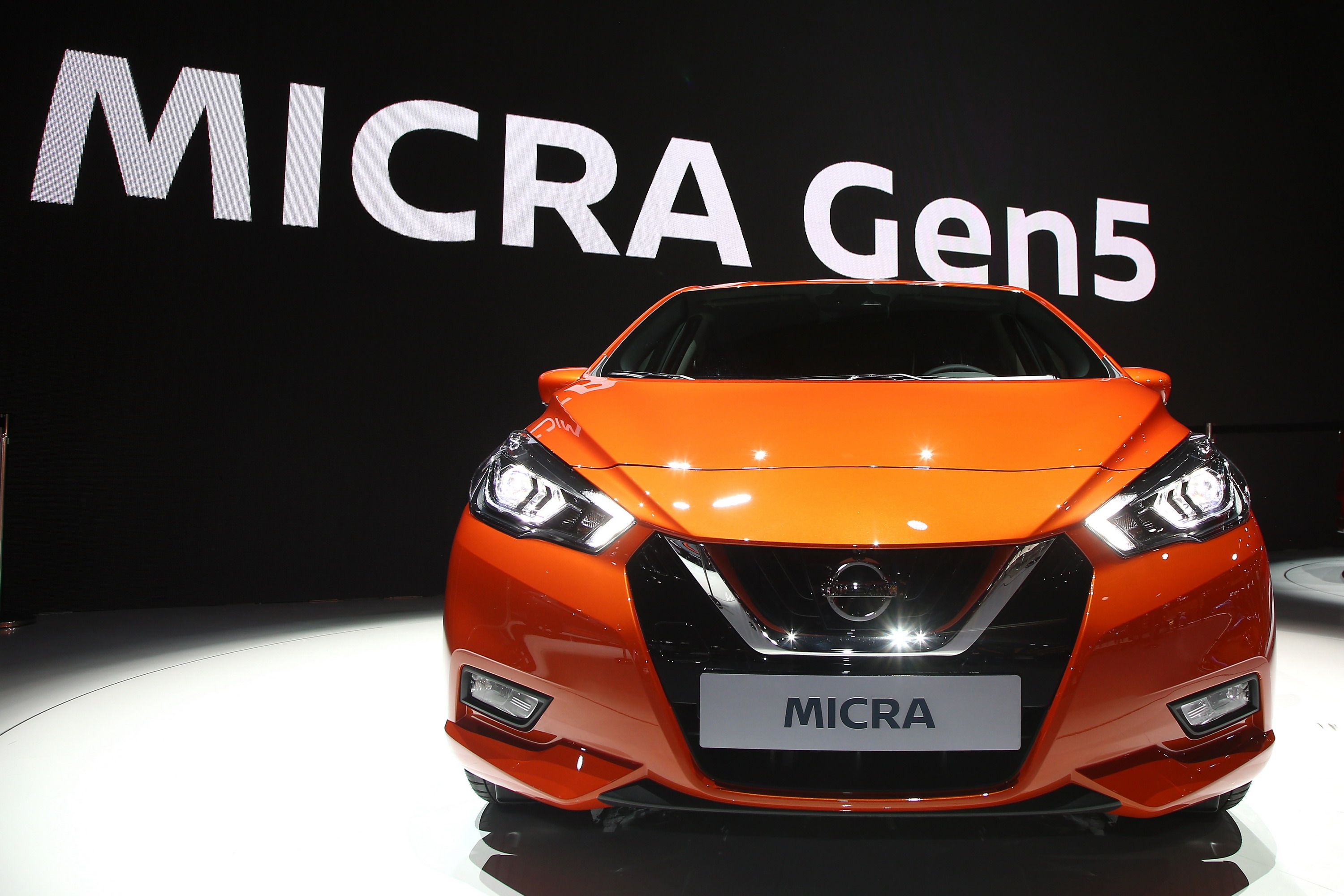
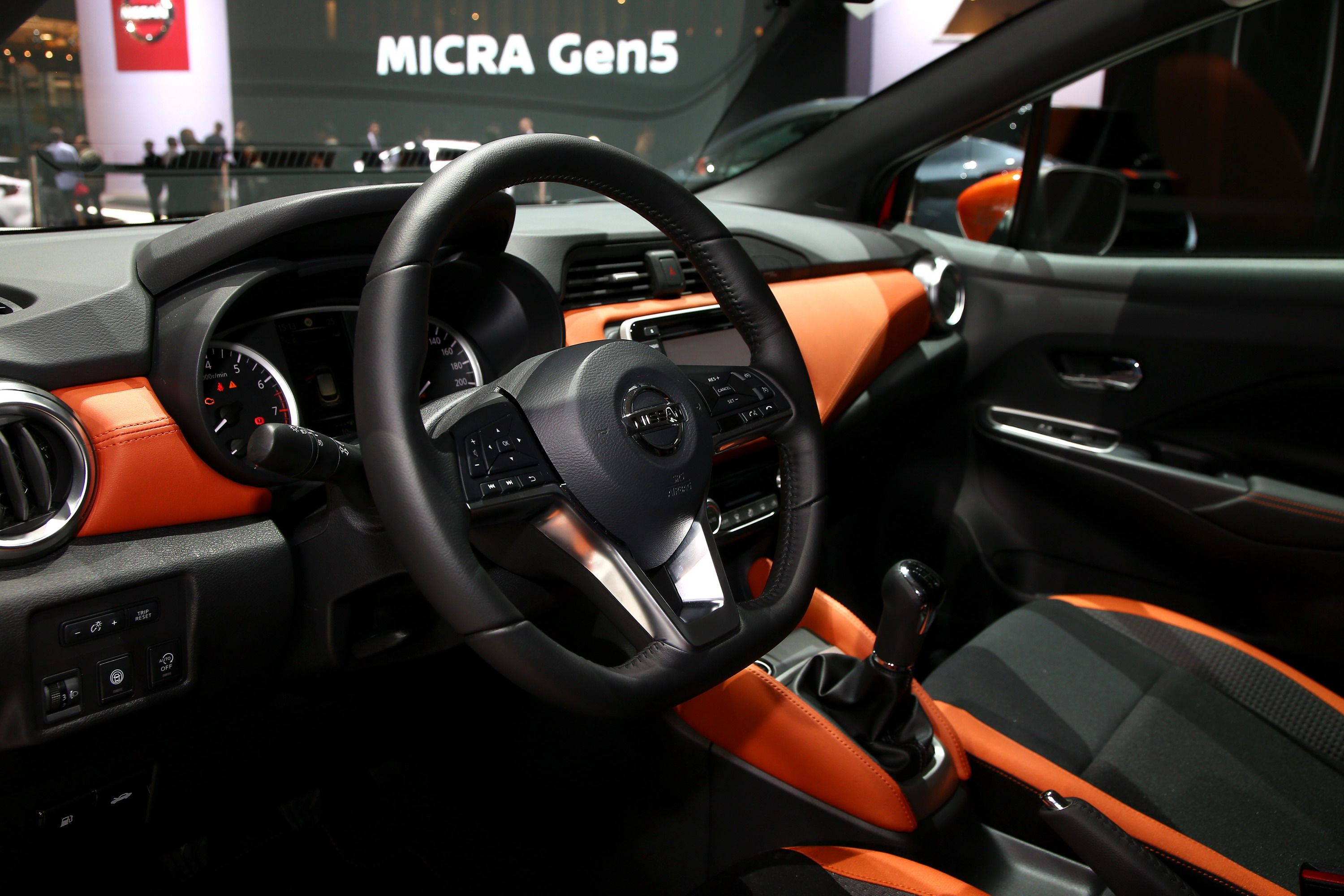
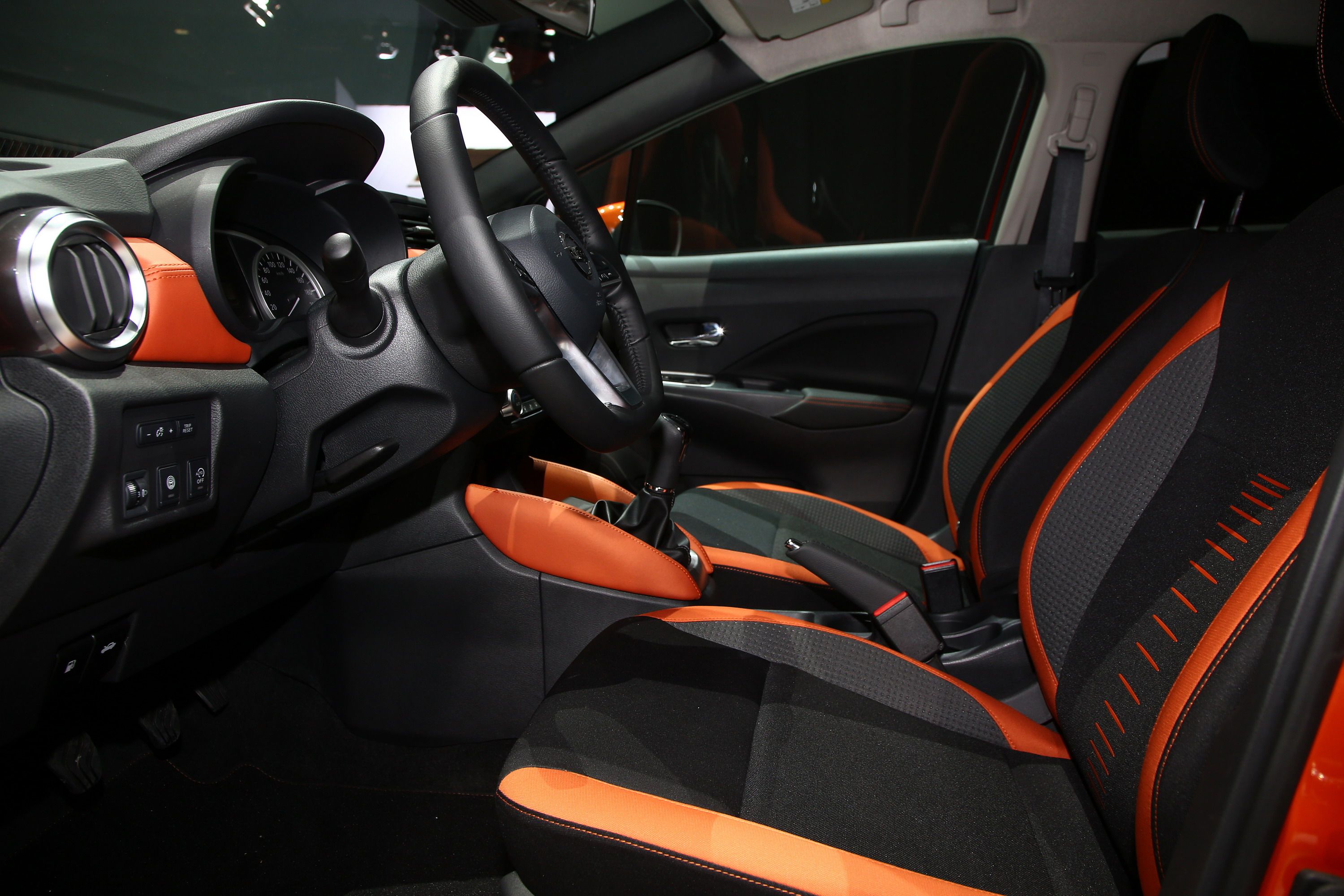
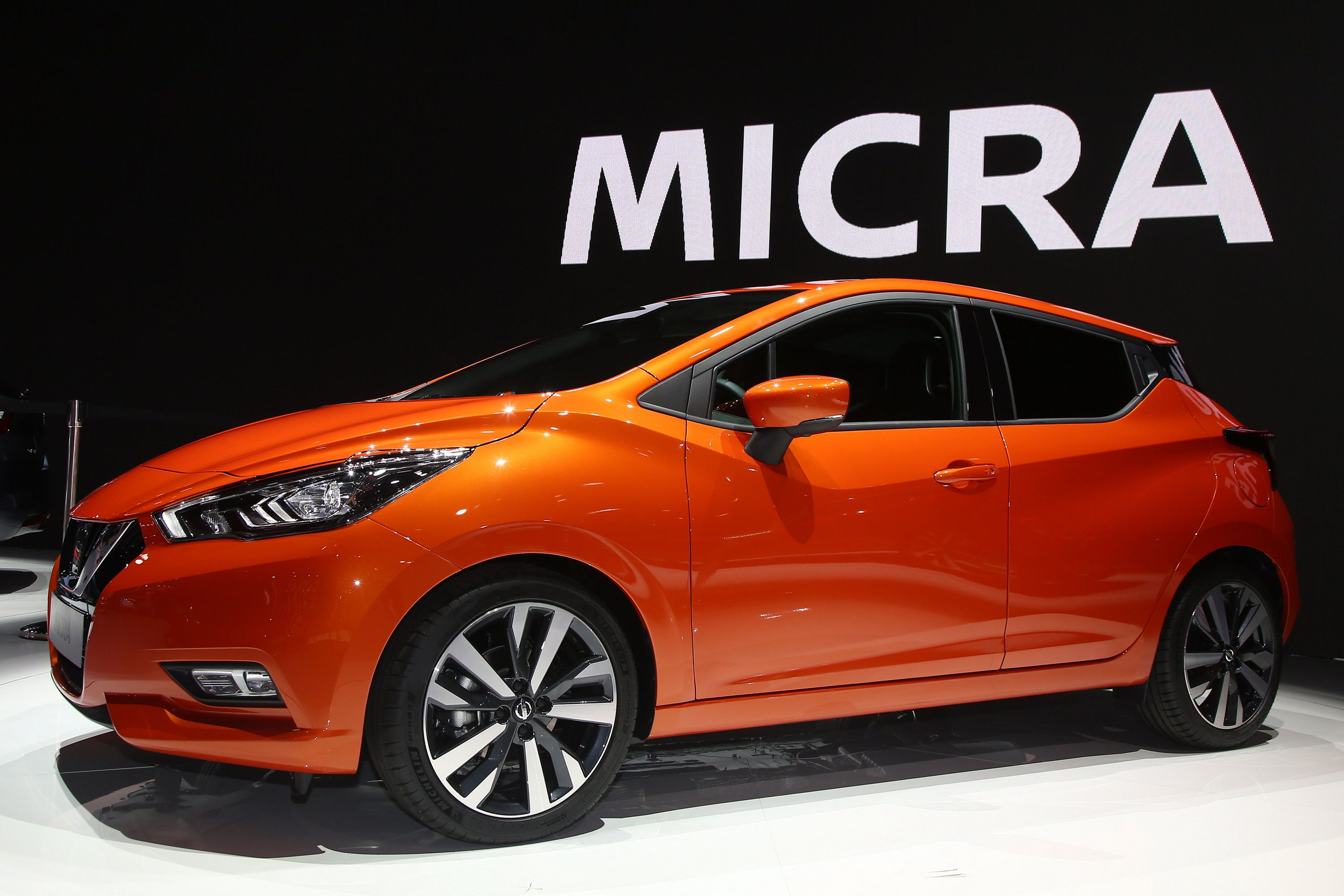
- Make: Array
- Model: 2017 Nissan Micra
- [do not use] Vehicle Model: Array
Exterior
After the last couple rounds of spy shots, we knew the Micra was going to be a huge departure from the outgoing model, but there was so much padding and camo that we didn’t know how big of a departure. As it turns out, all that padding was there for good reason – Nissan was hiding a gem in the rough. To put it simply, everywhere you look there is something new or different. Up front, the Nissan V-motion grille is larger and more evident than ever. Instead of having a small grille up top and a large air dam below, the new Micra takes on a completely different look. The chrome V is much larger and wider. The plastic louvers in the upper grille also carry the flattened V shape. Down below there is still a large grille, but it is integrated into the insert that is positioned around the chrome V.
The hood still has those aggressive and muscular body lines that integrate into the fenders and side profile, but there are more pronounced than even and look a little mean. The headlights are also new, now shorter and wider, they integrate into the front fascia with style and feature integrated running lights on the inner corners. Down below, the fog lights are now more rectangular and are positioned a little farther inward than before. Aggressive styling at the bottom of the fascia below the fog lights rounds out the front end quite nicely.
Moving over to the side, it’s clear that the Micra is an all-new vehicle that is worthy of this generational evolution. Those aggressive lines on the hood curve steeply onto the fenders and the door before taking a sharp turn in the middle of the front door at which point it shoots straight back to the corner of the wraparound taillights. The side view mirrors are now mounted farther down on the door instead of at the corner of the front window. As such, there’s now a small stationary piece of glass ahead of the front window. The back doors are also completely different. The waistline below the glass curves upward steeply about midway back. The large stationary glass in the rear door is now much smaller, while the main door glass is now much larger. Instead of the rear door having a weird curvature in the rear, it’s now much straighter and very refreshing to look at. Down below, the body line above the side skirts has been refined and now as a 3D effect, adding even more fresh styling to the side profile.
As you move around to the rear of the car, it’s clear that Nissan is targeting the small, hot-hatch market – at least as far as looks go, anyway. The top of the hatch features a bold overhang that casts a shadow on the rear glass. The lower portion of the hatch now has commanding body lines that add a lot of character to the rear end. The taillights protrude from the body in 3D fashion and take the shape of a StarTrek combadge laid on its side. The reverse lights are integrated into the center of the lights. The upper body line on the rear fascia is integrated with the bottom lip of the rear hatch, effectively linking both together. The lower portion of the rear fascia now gets a wide black insert with a horizontal vent positioned just below it. A small reflector or low-mount brake light is positioned in the center of the lower fascia. All told, it’s an evolutionary design, and Nissan clearly pulled out all the stops when it came to redesigning the Micra.
Rendering
Now that we’ve seen the most recent spy shots of the Micra, we asked our artist to work his magic to show us what might be under all that camo. As you can see, we expect the Micra to have that dominate Nissan grille with the large chrome outline. Furthermore, the front fascia will be rather aggressive with the fog lamps recessed into the fascia, and the headlights will be long, thinner units that feature a Z-shaped LED strip between the two bulb units.
On the sides, a smooth body line elevates from the front fascia until it turns toward the rear and curves ever so smoothly with the contour of the front wheel arch. That body line terminated just below the side view mirror, where another body line swoops downward and travels toward the rear, running parallel with most of the waistline. As with most of our renderings, we don’t have a view of the back, but our rendering does depict wraparound taillights – a cue inspired by the spy shots we have on file. All told, we’re looking forward to seeing how well our rendering compares to the Micra when it rolls out from underneath its sheet.
Side-by-Side comparison
Interior
Nissan didn’t focus on just the exterior, as the interior is also a huge departure from the outgoing model. The dashboard has evolved to include smaller, rectangular HVAC vents above the center stack. The dash itself now has an actual face, in this case, accented in orange to match the exterior of the car. A circular vent sits on each end of the dash, just like on the outgoing model, but there are now more pronounced and feature bright chrome surrounds. In the center of the dash sits a seven-inch display that provides access to the audio system, navigation, downloadable apps, and Siri voice control through Apple CarPlay connectivity. Audio output is handled by a new six-speaker Bose system that was developed specifically for the Micra. There is a tweeter in each A-pillar, Bose Super65 speakers in the front doors, and a pair of speakers built into the driver’s headrest. As is the usual case with Bose products, official specifications of the audio system aren’t available.
Down below that infotainment display sits the heater and A/C controls with a small digital display. Below that sits a small pocket just ahead of the gear shifter. The center console here is accented in orange as well, with the gear shifter surrounded by a silver insert that matches the inserts on the steering wheel spokes. Speaking of the steering wheel, it also has a flat bottom, further increase the sporty feel inside the cabin. Ahead of the steering wheel sits an all-new instrument cluster that brings the Micra into the modern ages of driver information. Instead of having a massive speedometer right in the middle, Nissan went with a more refined look that includes a tachometer on the left, speedo on the right, and a small vertically oriented TFT display screen in the center. The backlighting of the instrument cluster helps to give the interior a more modern look as well.
Nissan has yet to release images of the rear seats, but the front seats are definitely sporty in nature. Accented with orange on this example, the center of the seats are deep black while a perforated gray material makes up the bolsters. The backrests look to offer phenomenal support, while the seat cushions are rather flat. I expect the rear seats to fold down to offer increase cargo area, but we’ll learn more about that closer to the Micra’s official launch. For now, all we can tell you is that Nissan claims that the cars extended width and wheelbase leads to cabin space being “among the best in class.”
Outside of what we’ve already discussed, safety technology is major in the new Micra. While optional in most cases, the Micra still offers a fair amount of safety innovations like emergency braking with pedestrian recognition, which is a first for any Nissan vehicle in Europe. There’s also an intelligent around view camera, traffic sign recognition, high beam assist, and blind spot warning.
Side-by-Side comparison
Drivetrain
Nissan hasn’t said a whole lot about what really motivates the new Micra, but at launch, there will be a 0.9-liter, gasoline-powered three-cylinder and a 1.5-liter, diesel-powered mill. Both deliver 90 horsepower. After launch, a 1.0-liter, naturally aspirated, gasoline engine will join the lineup with a whopping 73 horsepower. Nissan claims that the new Micra will stand out in the crowd with agile performance, but it’s hard to imagine even a small hatchback with less than 100 horsepower offering a very thrilling experience. The look of the interior and exterior makes up for it a bit, but you could really sum it up as “all look and no go.”
As far as performance is concerned, Nissan has yet to reveal any relevant numbers. I wouldn’t expect to see very much in terms of a 0-60 mph sprint, and top speed will probably be around 100 mph at best. The car does include active ride control for “enhanced ride comfort” and active trace control which Nissan claims to “combine driver enjoyment and reassurance.” Again, we’re talking about a car with less than 100 horsepower, so I can’t imagine that understeer or sharp handling is really on the mind of anyone who wanders into a Nissan dealership and gets behind the wheel. These two features were, however, only available on the Nissan Qashqai and the X-Trail up to this point, so the Micra has that going for it. Greater steering feel and response can be afforded by the available electric power steering system.
Prices
Nissan has yet to release pricing for the new Micra, but we should hear more about that closer to its launch. It will be built in Renaults Europe plant in Flins, and will hit dealerships in Europe starting in March of 2017. Stay tuned for pricing closer to the car’s official launch.
Competition
Ford Fiesta
The Ford Fiesta will be one of the primary competitors of the new Micra, and comes with a range of engines including a 1.0-liter EcoBoost, a 1.5-liter TDCi diesel, and a 1.6-liter TDCi diesel. Power output ranges anywhere between 79 horsepower and 123 horsepower, with the 1.5-liter diesel offering 74 horsepower and the 1.6-liter diesel offering 94 horsepower. The performance-oriented ST trim offers a 1.6-liter with 198 horsepower for those who really want the little car to go. Pricing ranges from £10,145 for the base model up to £19,545 for the ST-3 model. At current exchange rates the Fiesta ranges between $14,600 and $28,130.
Read our full review on the Ford Fiesta here.
Honda Jazz
The Honda Jazz is known as the Honda Fit here in the U.S. and Japan, and has only been around since 2001. The newest iteration came to be in 2013 when Honda debuted a heavily revised model with new styling and a new interior. In most European markets, the Fit is only available with a 1.3-liter four-cylinder that produces 101 horsepower and 91 pound-feet of torque. At the time of this writing, the car can be mated to a six-speed manual transmission or a seven-speed semi-auto. Pricing starts out around $19,400, which puts it in line with where the higher trim levels of the of the Micra will sit. With that price point, however, the Fit comes standard with features that you won’t find in the lower trim levels of the Micra, including cruise control, idle stop, and a rear view camera.
Read our full review on the Honda Jazz here.
Conclusion
The interior and exterior design of the Micra is rather impressive considering what the outgoing model brings to the table. There’s lots of new technology, and the car itself is much sportier and more inviting than ever. The Micra will make a perfect economy or city car, however, the extreme looks of the interior and exterior could mislead you to believe there is something powerful lurking under the hood. Unfortunately, that isn’t the case. Even for a small car such as this, 90 horsepower isn’t anything to write home about and getting on the highway will be excessively boring. I’ll file this one under the “all looks and no go category” but at least you can look and feel good while going slow. If we could just convince Nissan to give this car some extra go – maybe to the tune of 150 horsepower – the Micra might be the perfect mini hatch.
Update History
Updated 07/21/2016: The upcoming Nissan Micra was caught testing one more time, this time wearing less camouflage than in the past. Its getting even more obvious that the new generation will get a revolutionary design when compared to the current Micra.
Update 5/20/2016: Based on the recent spy shots and input from our team, we tapped into our resident artist to create a rendering of what the upcoming Micra might look like without camo. Check the exterior section for the details.

